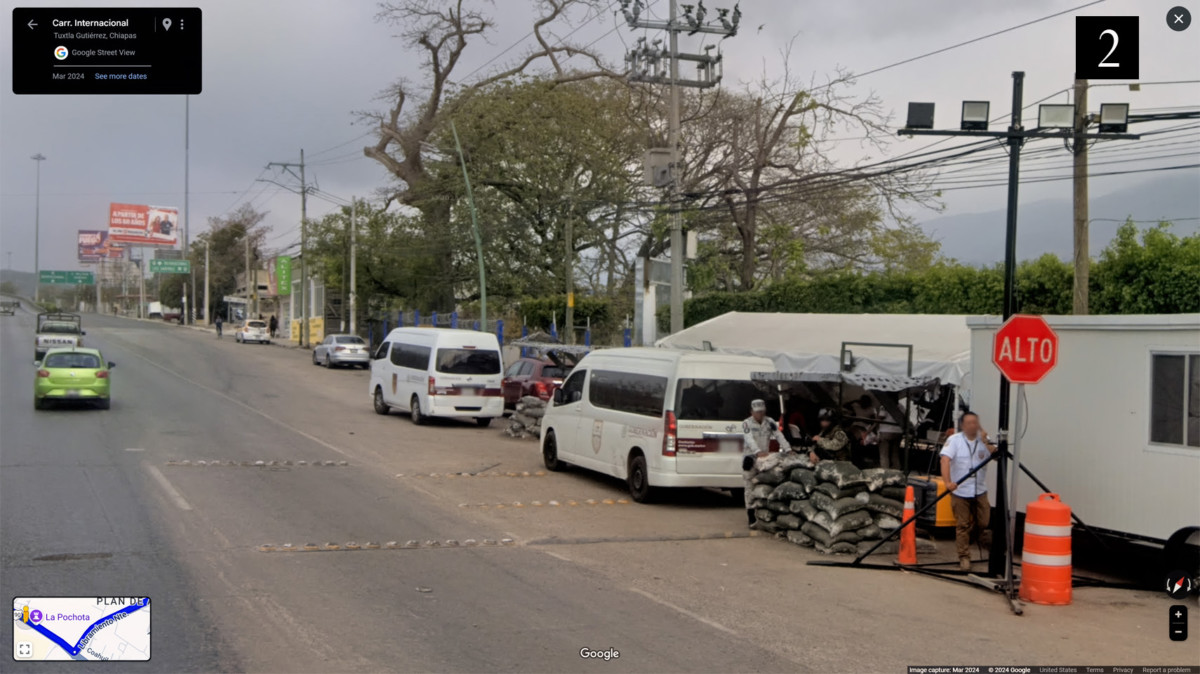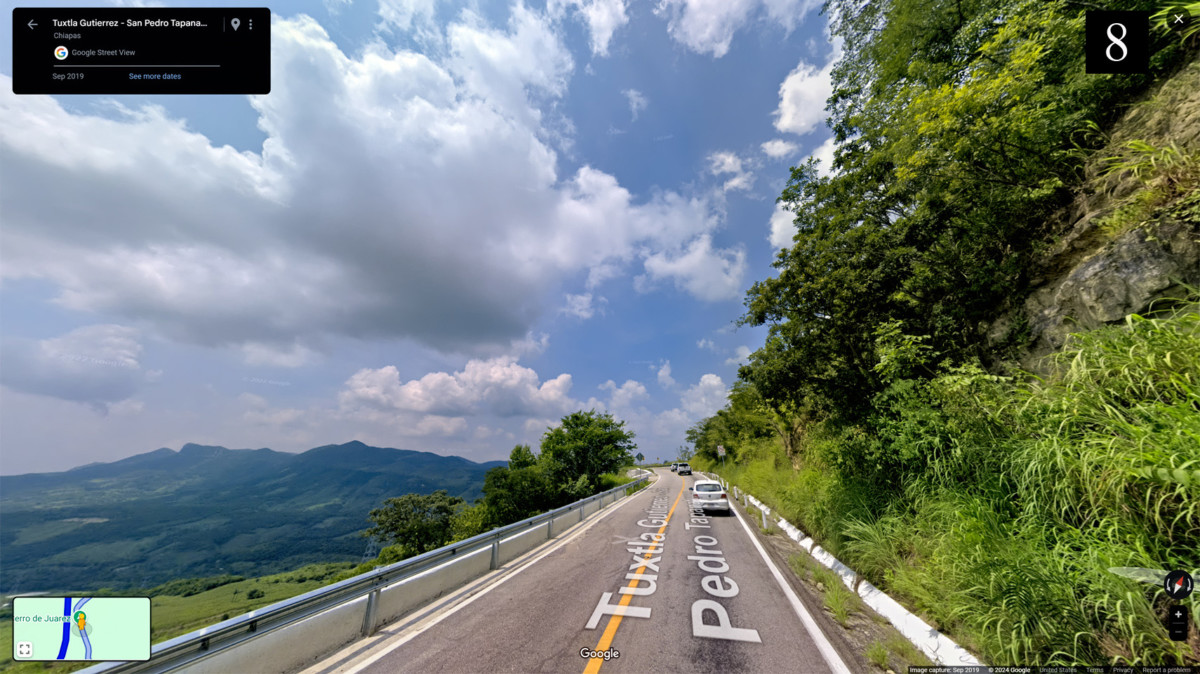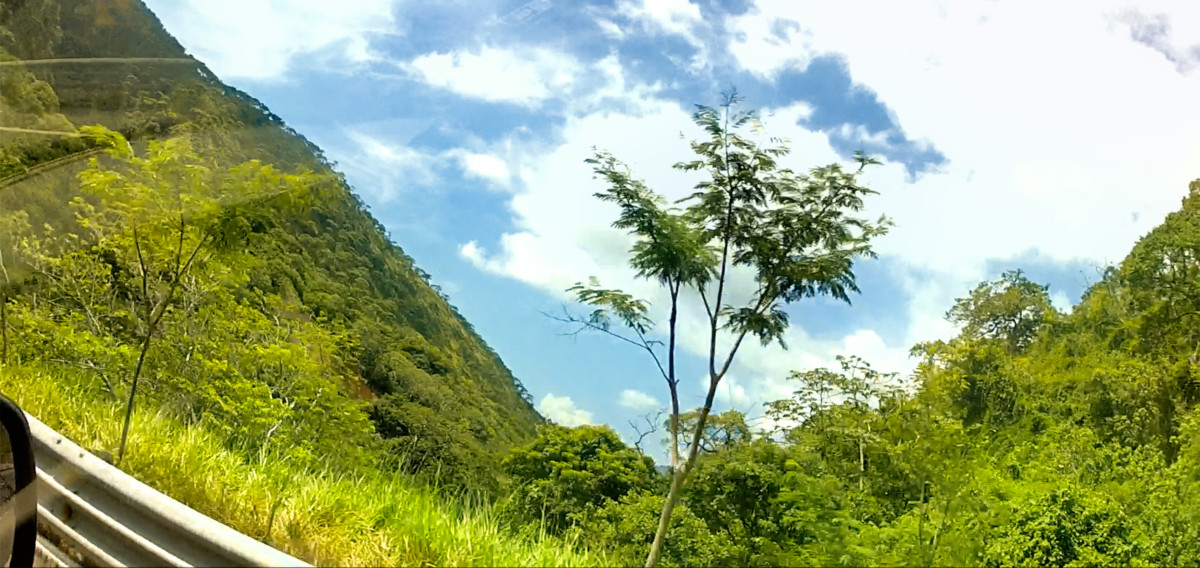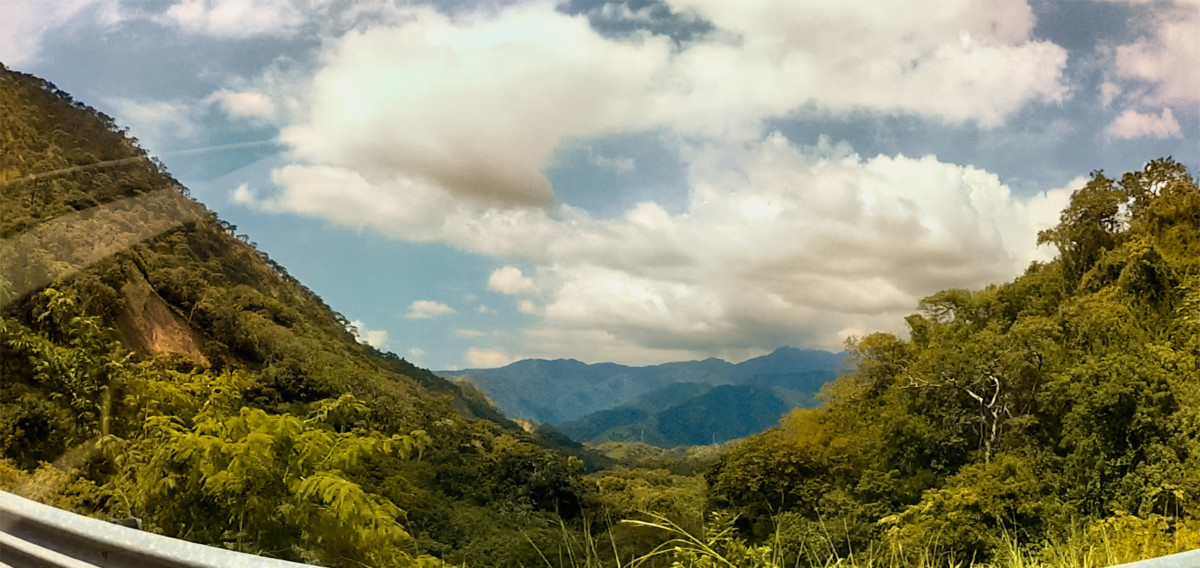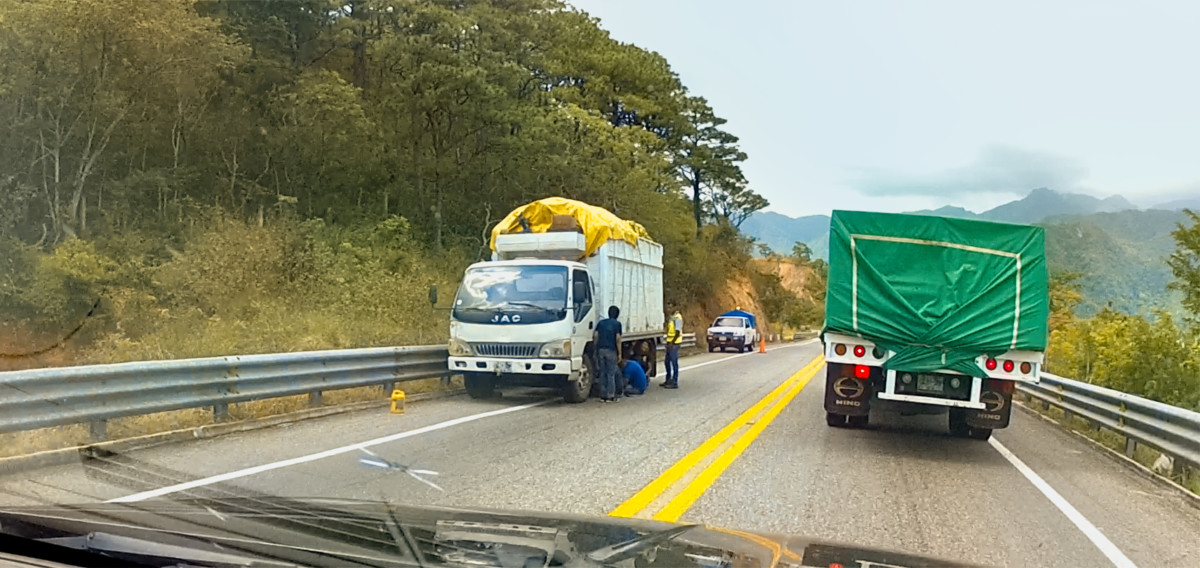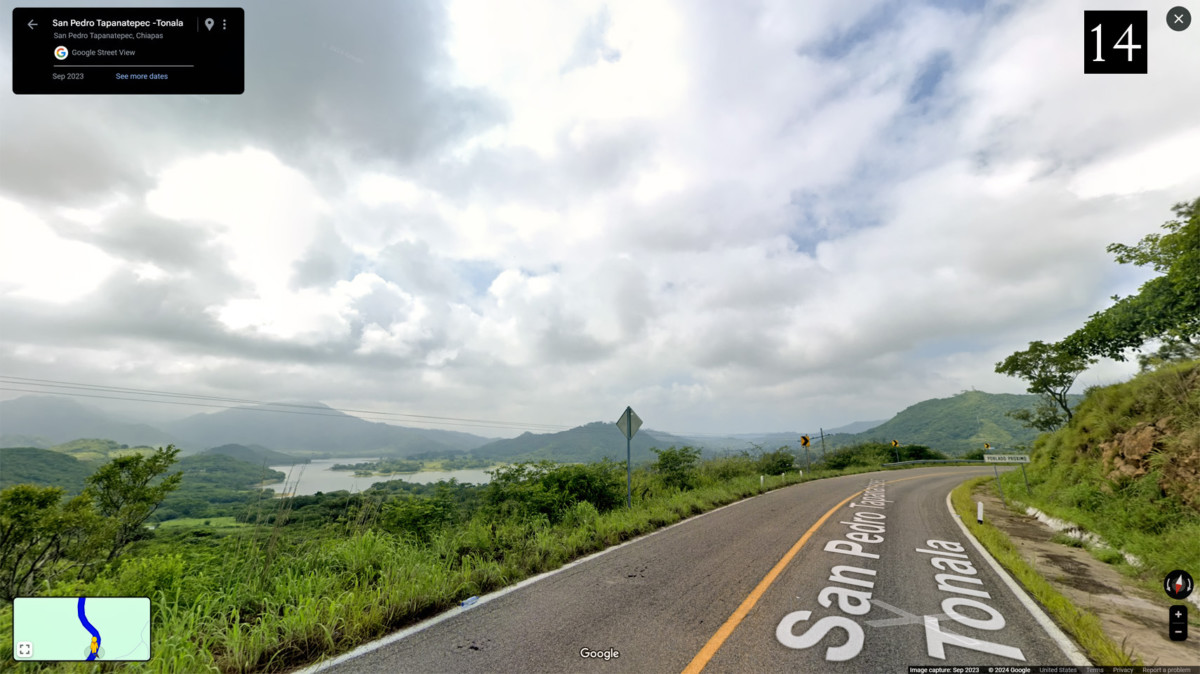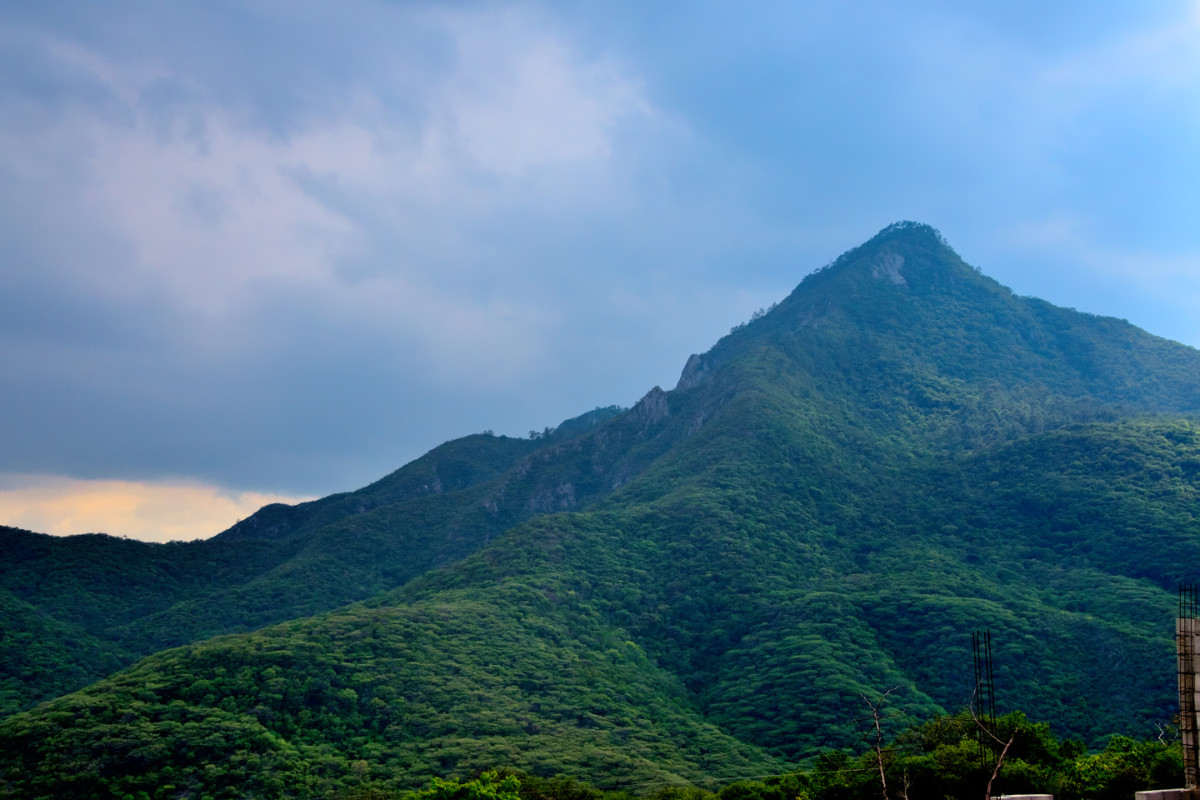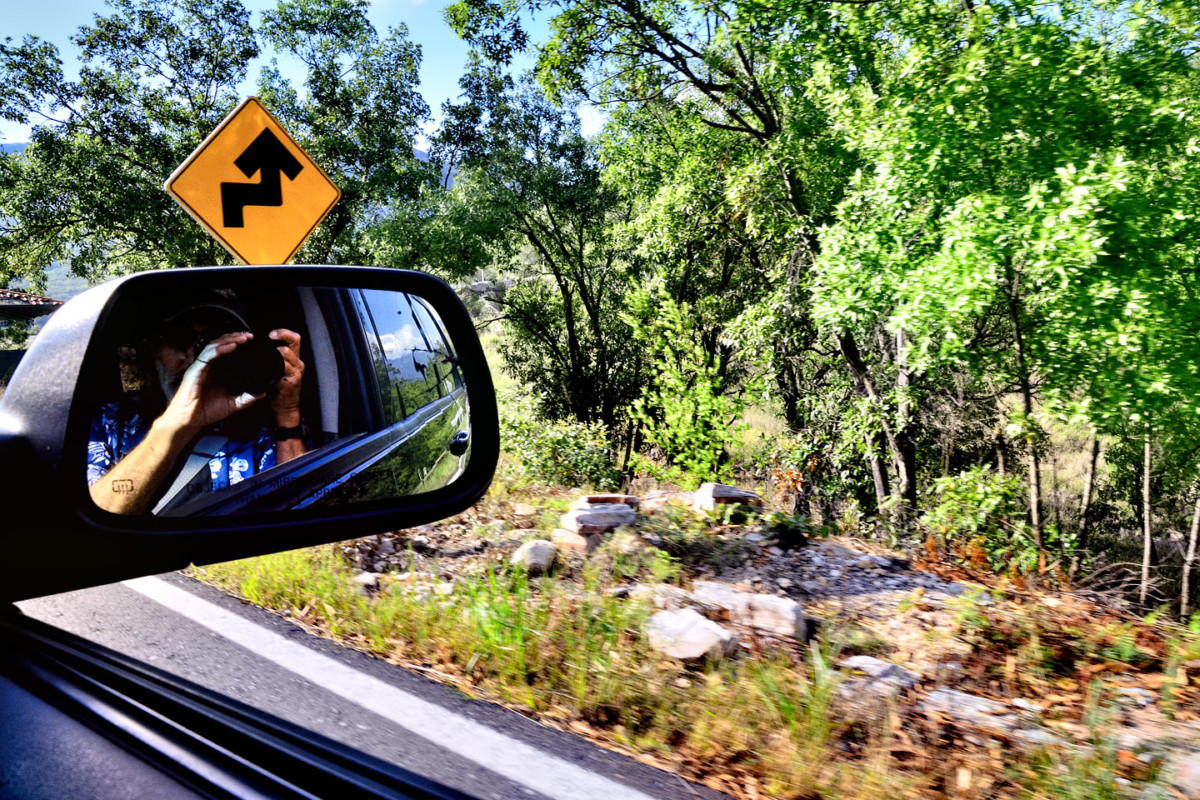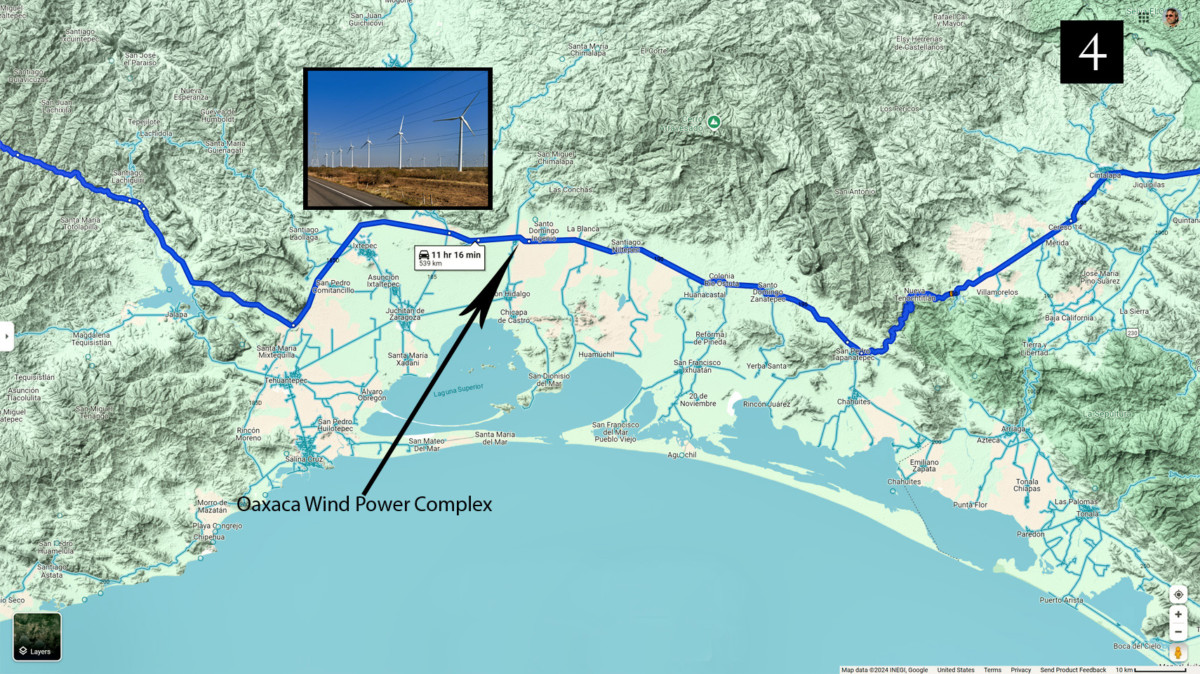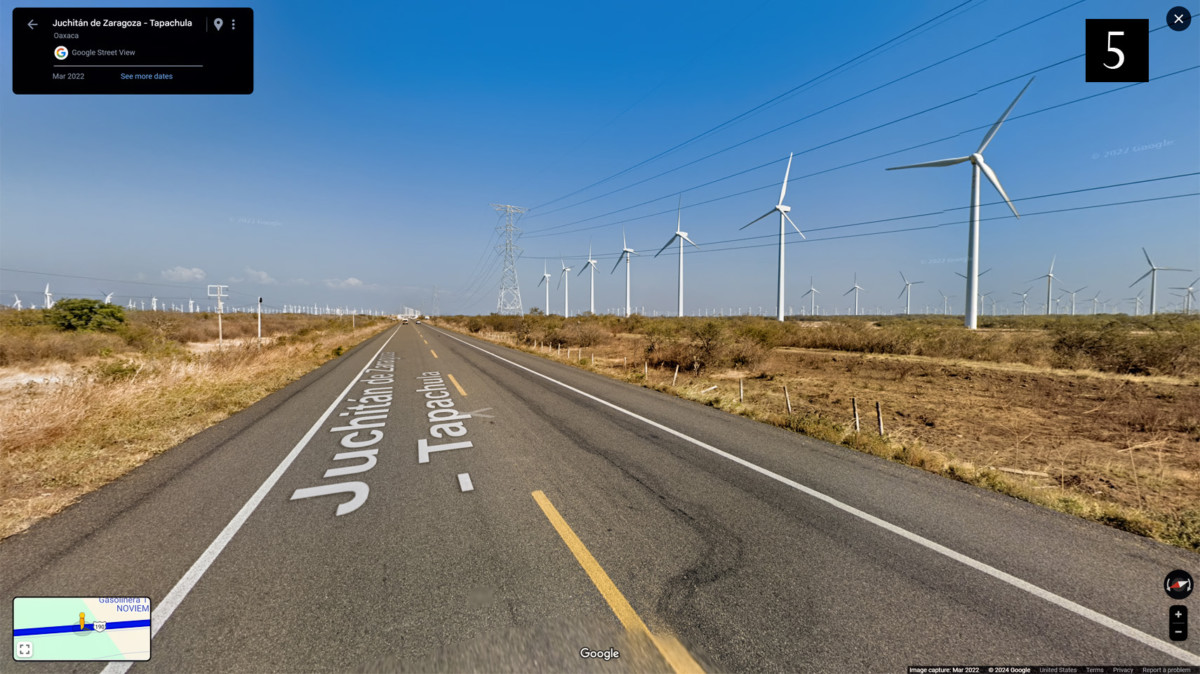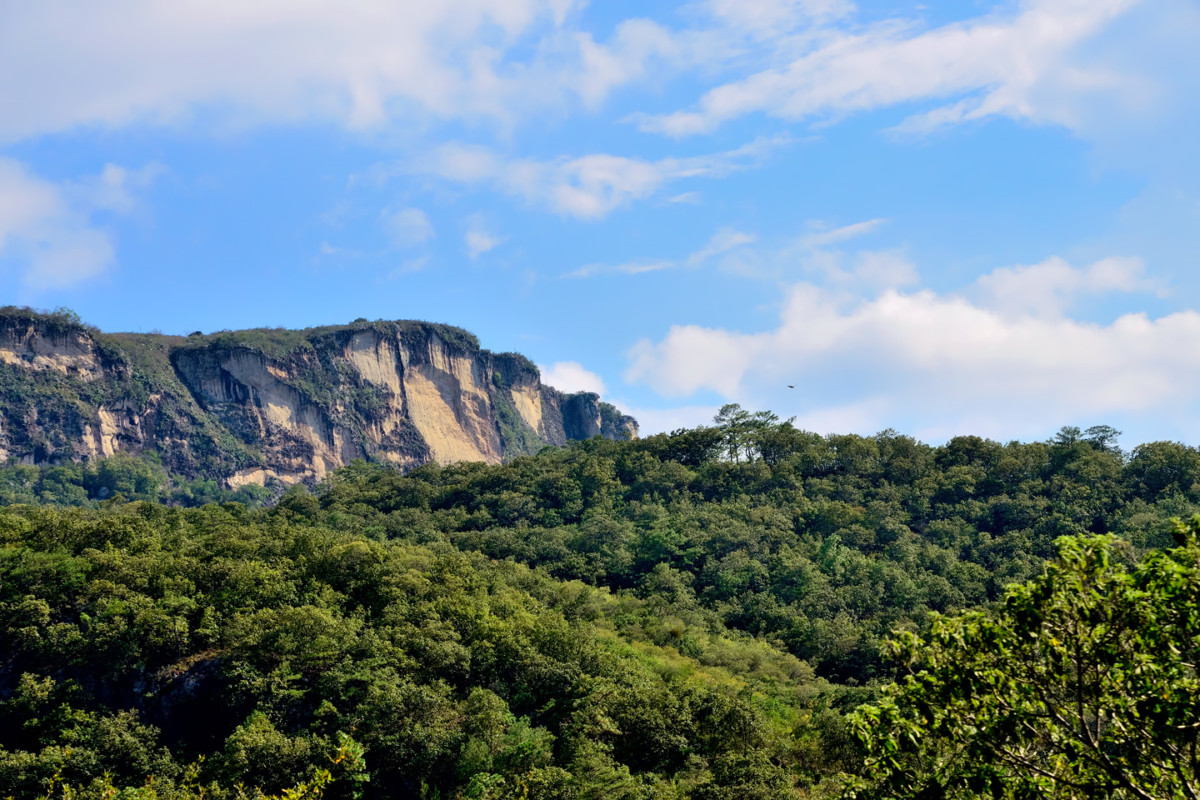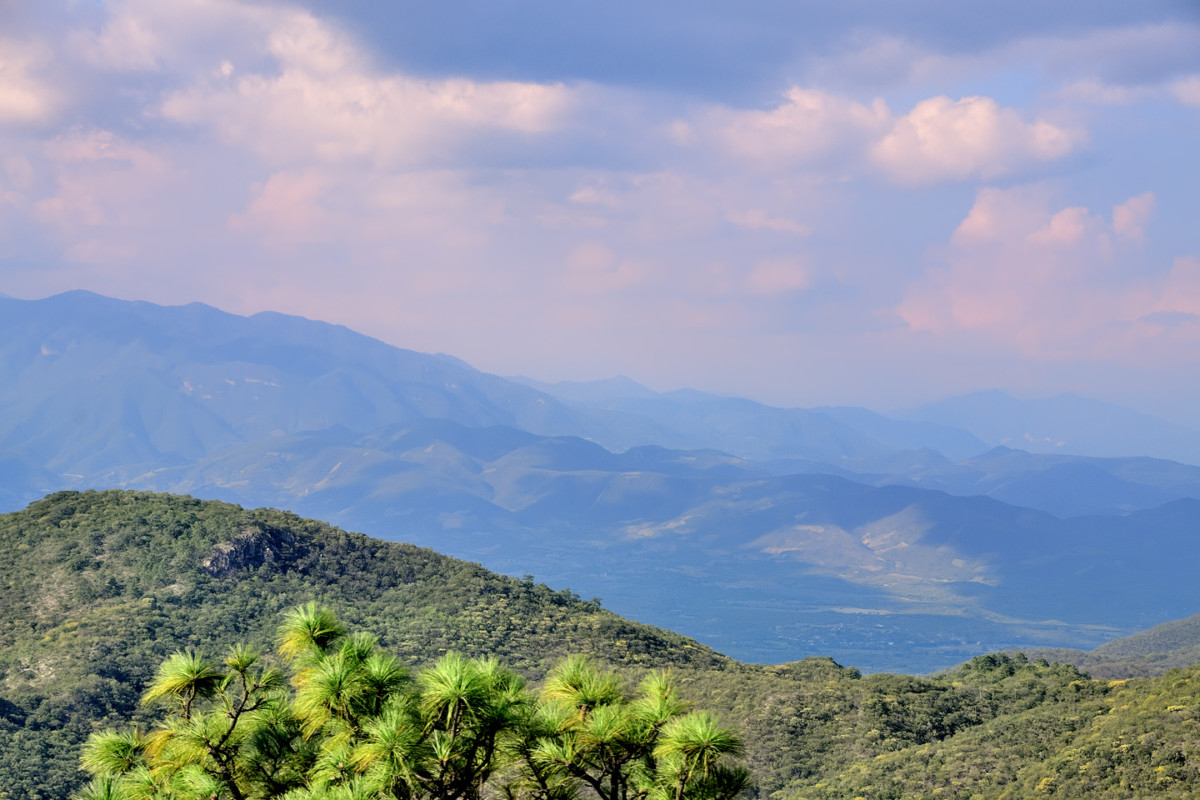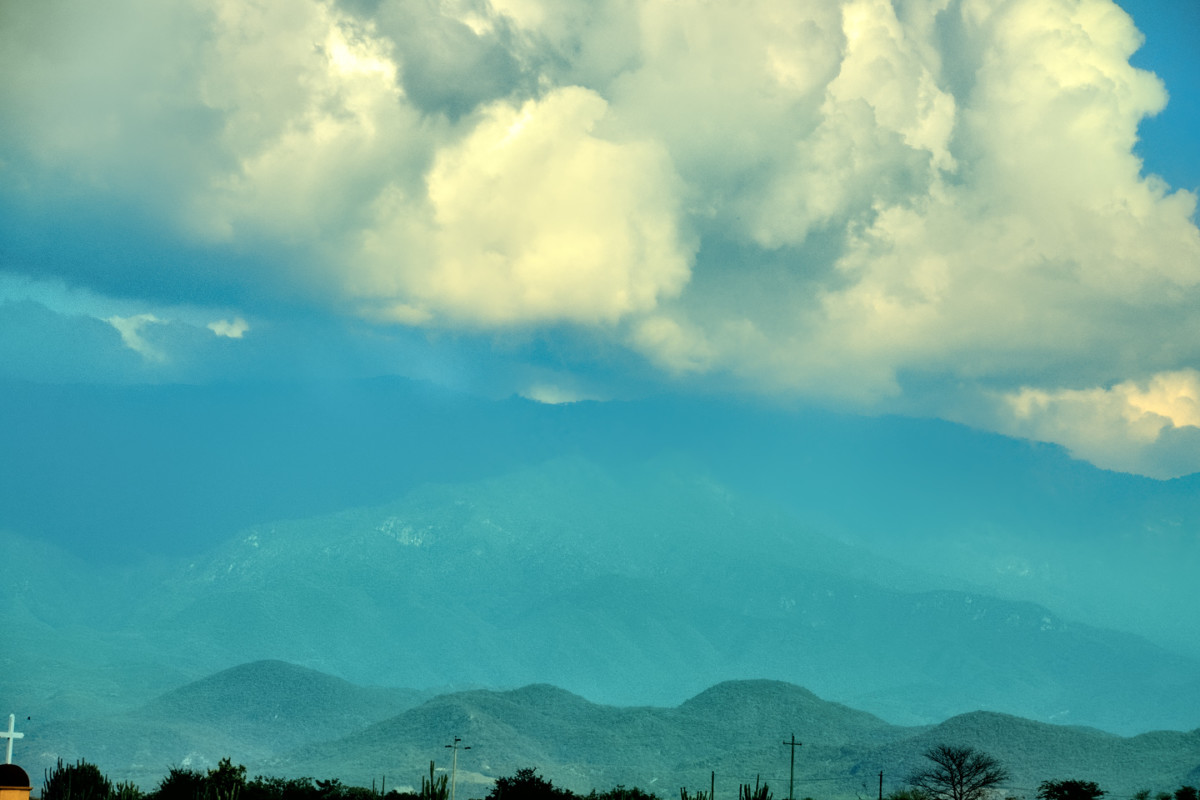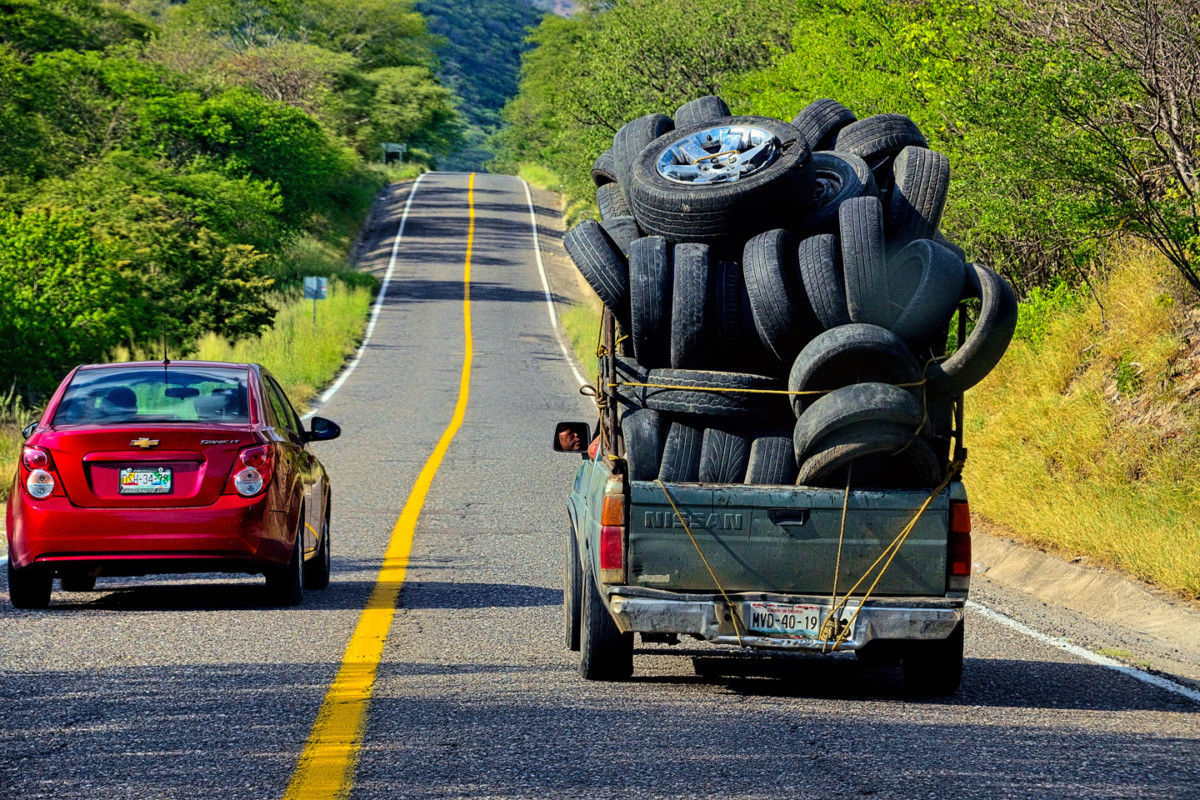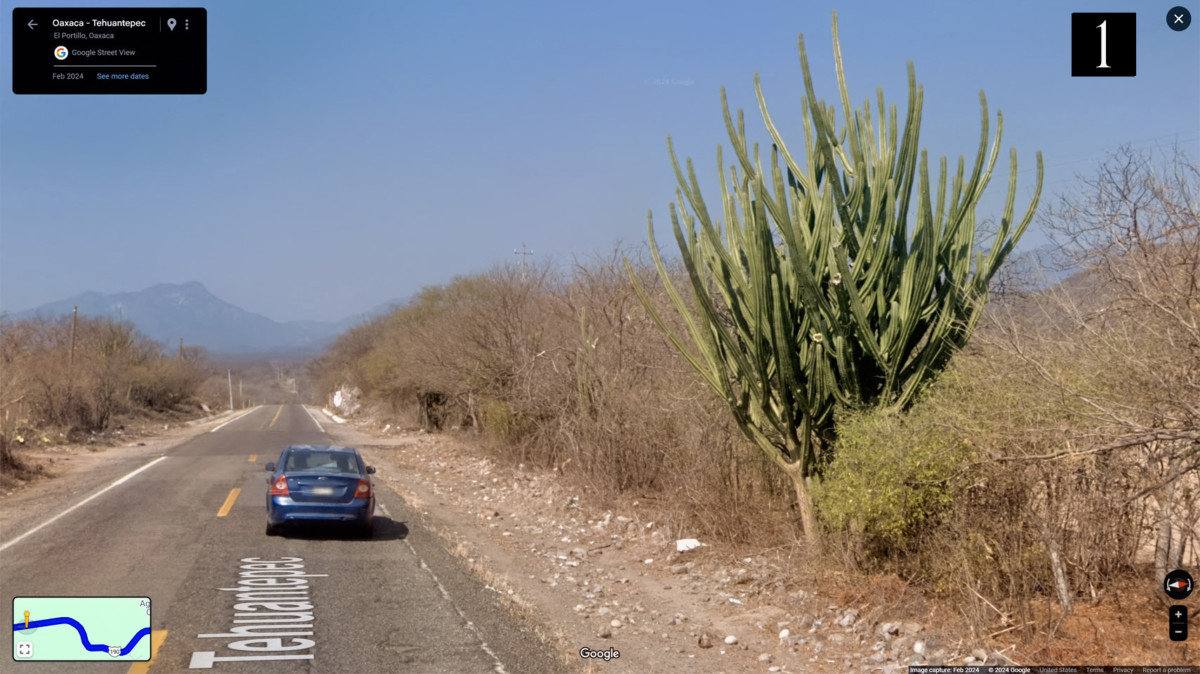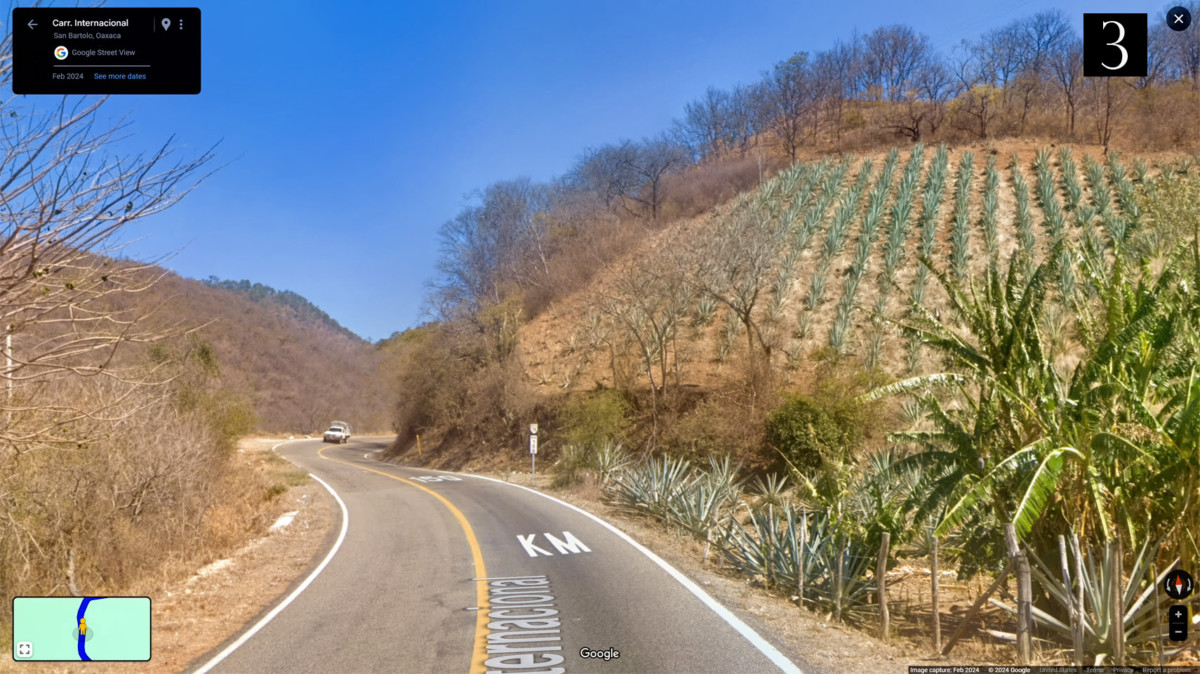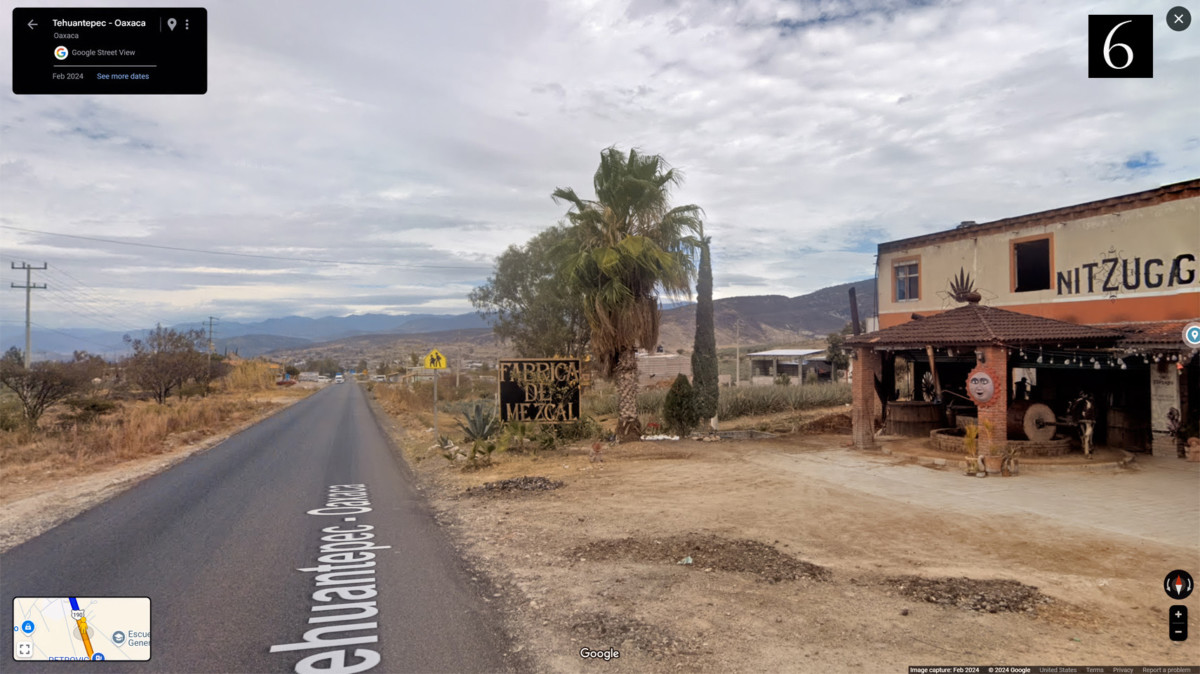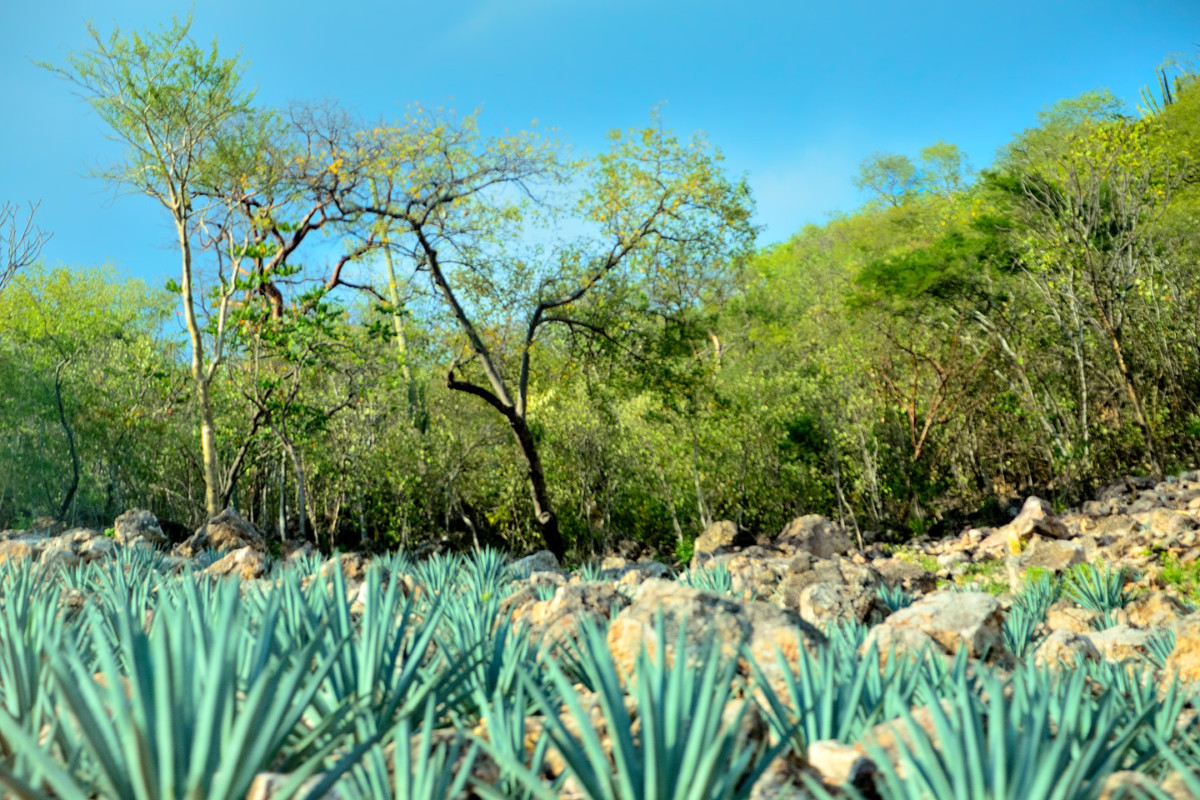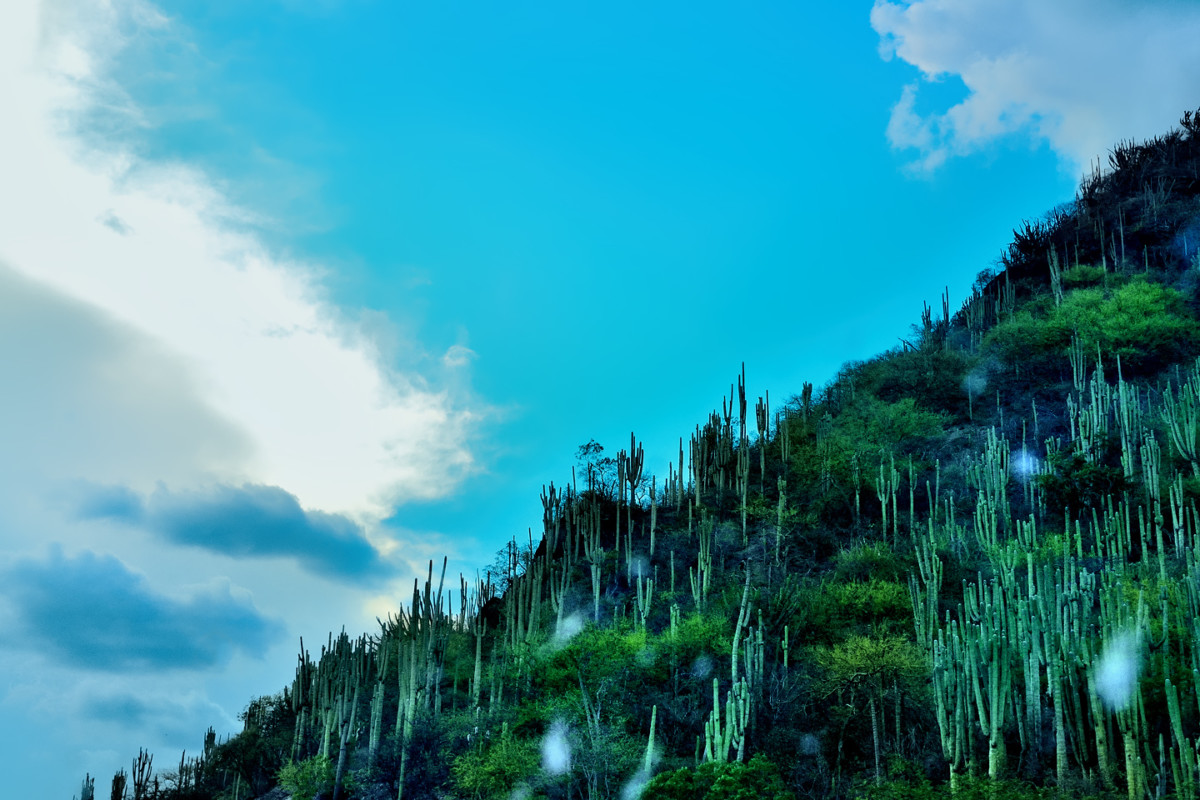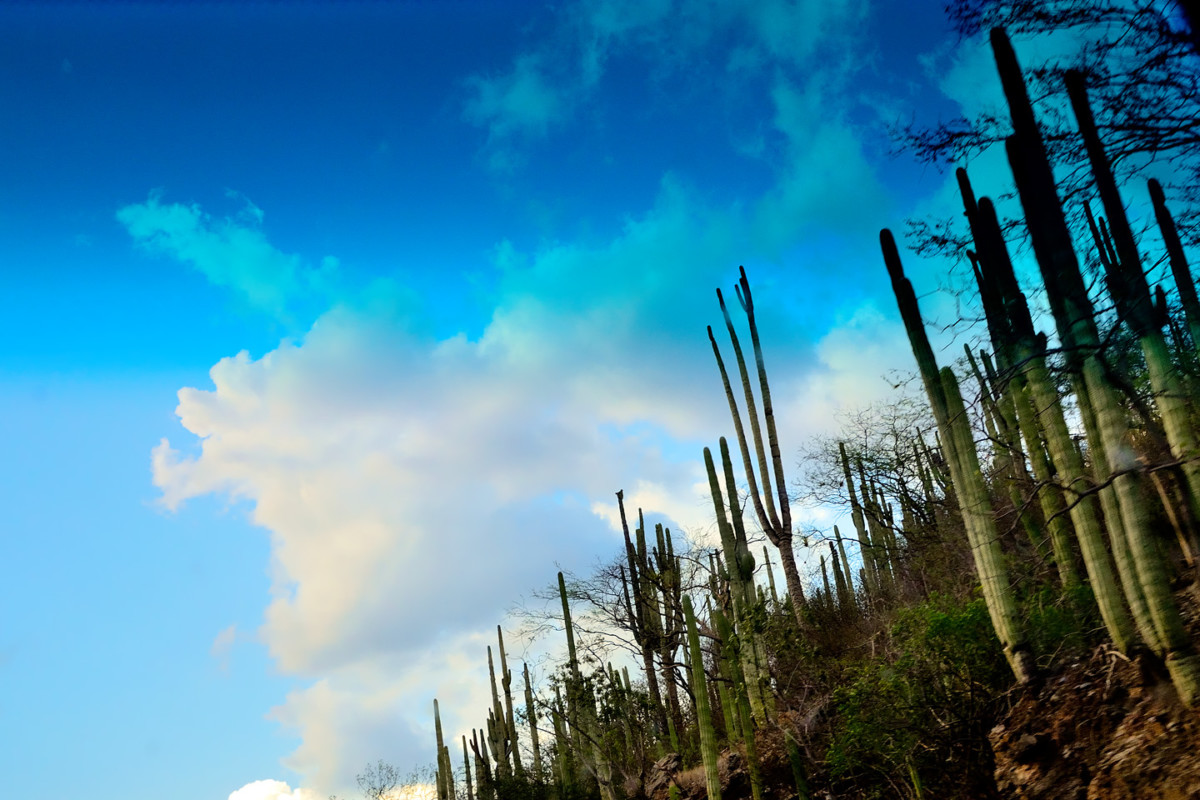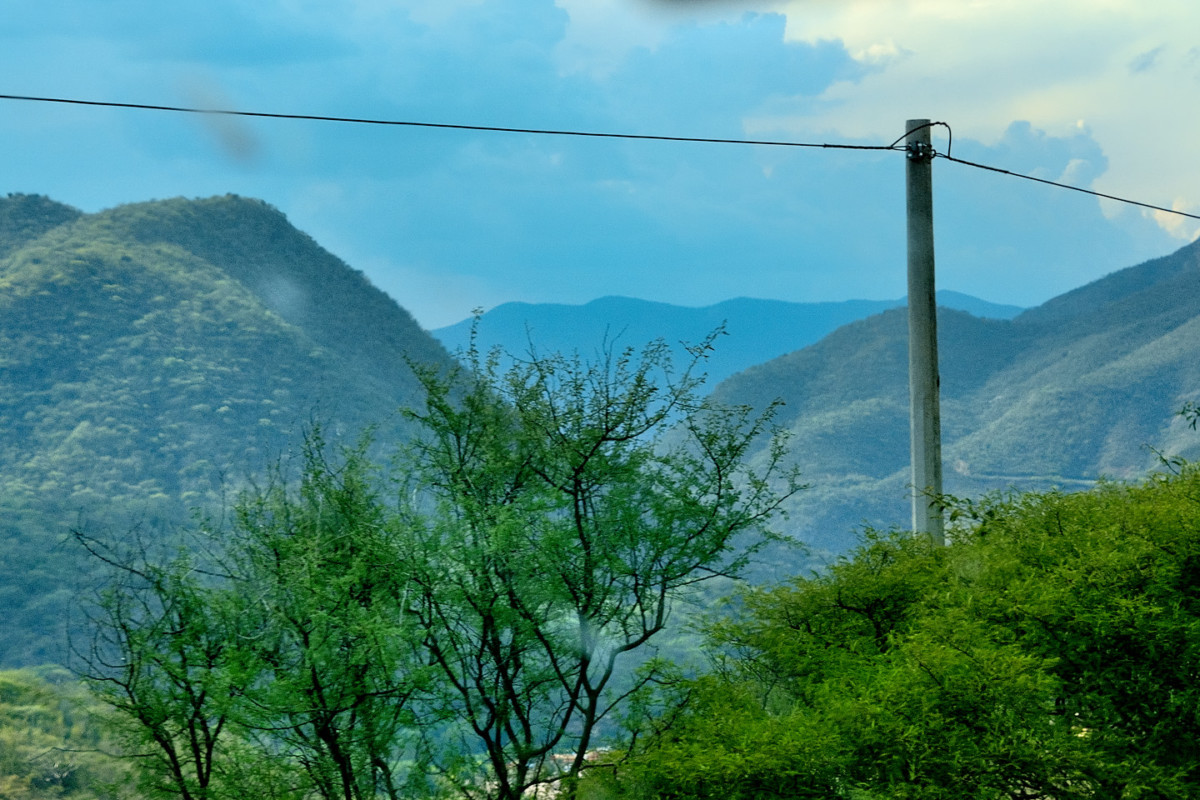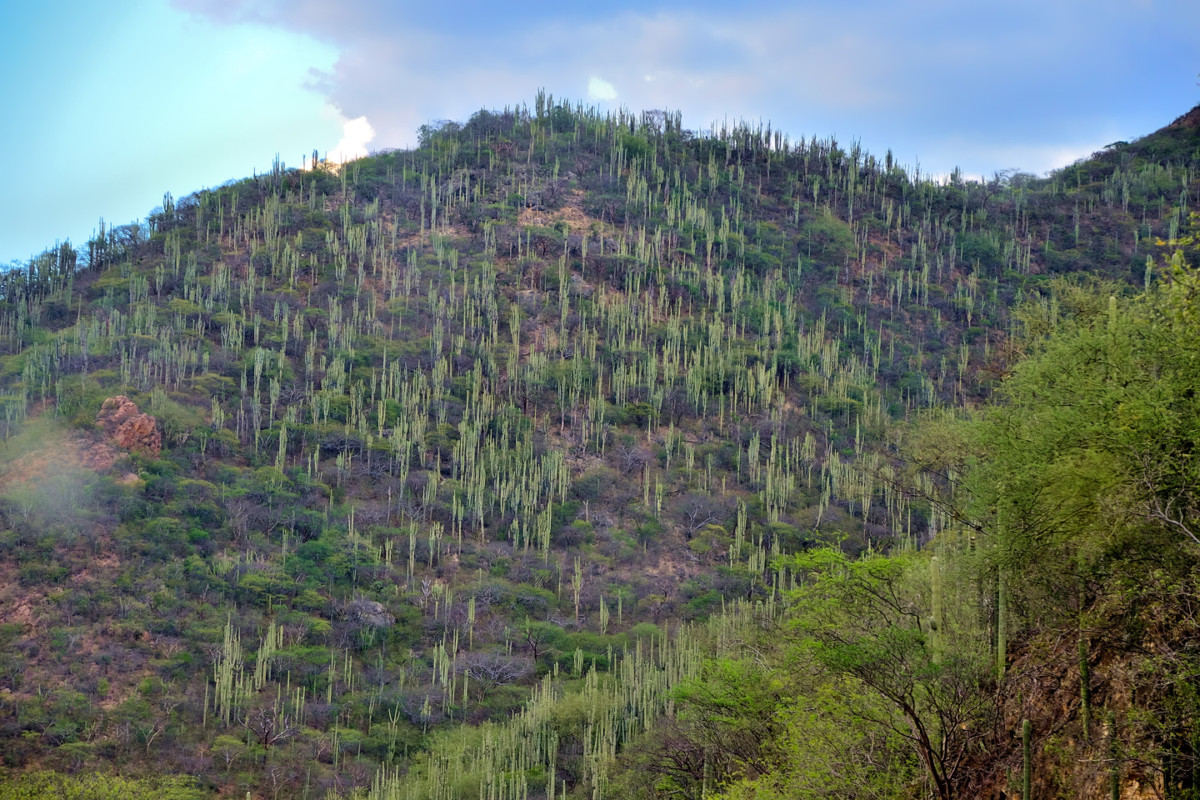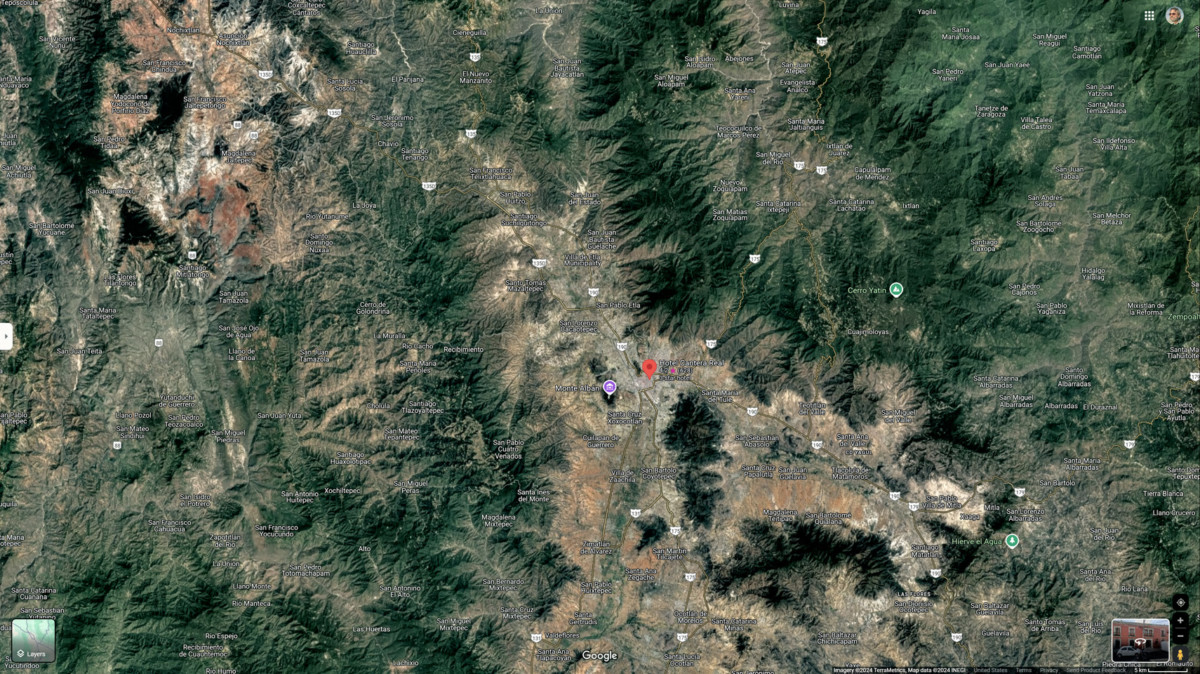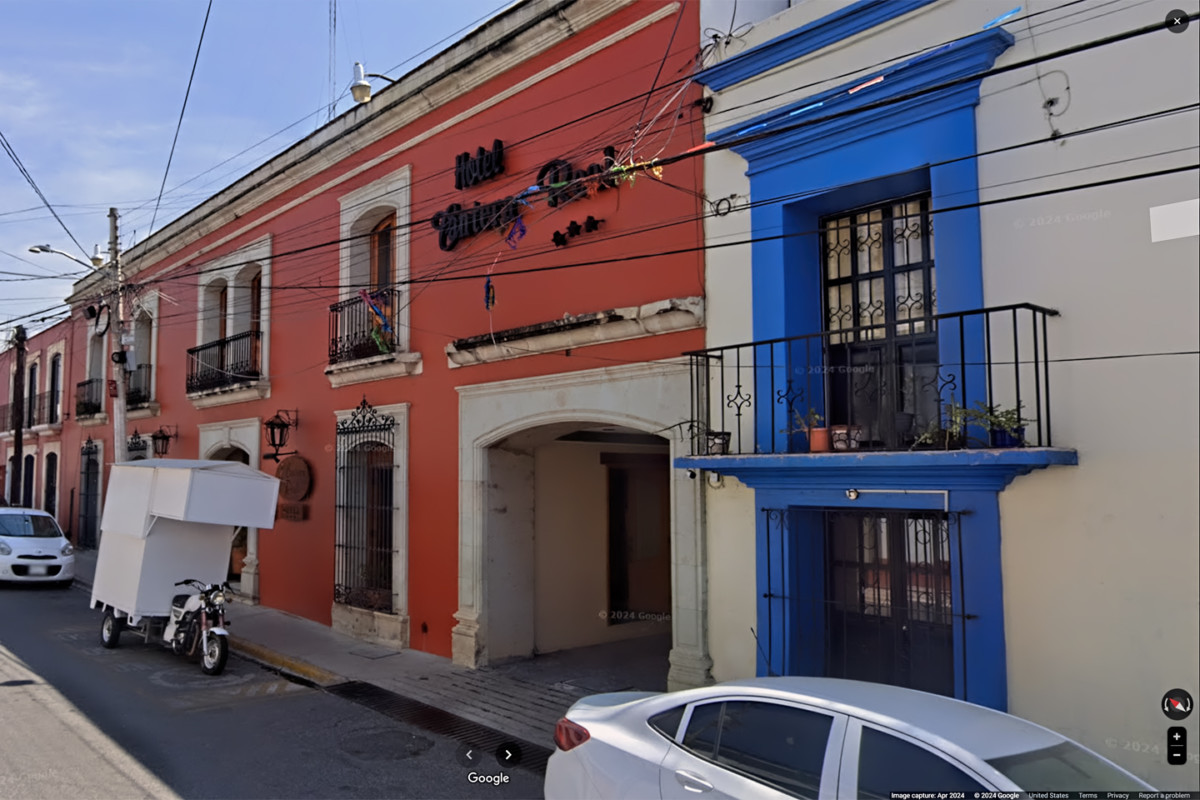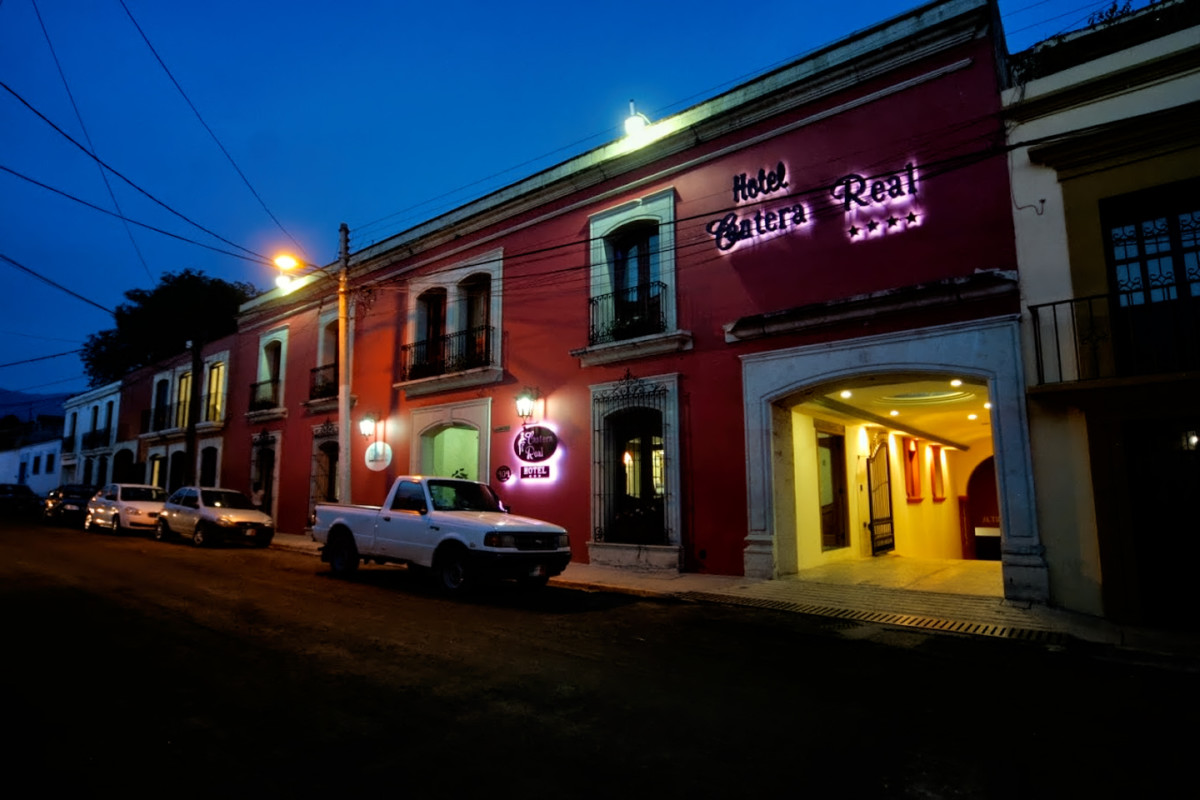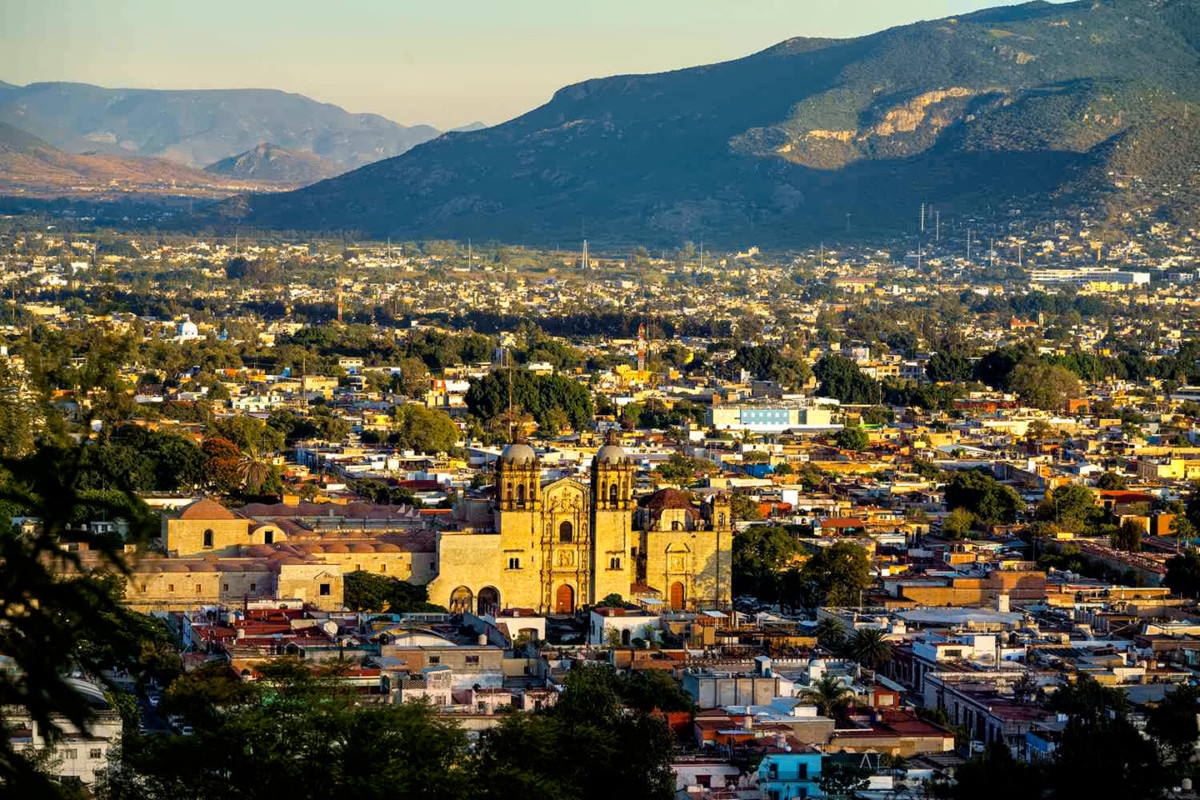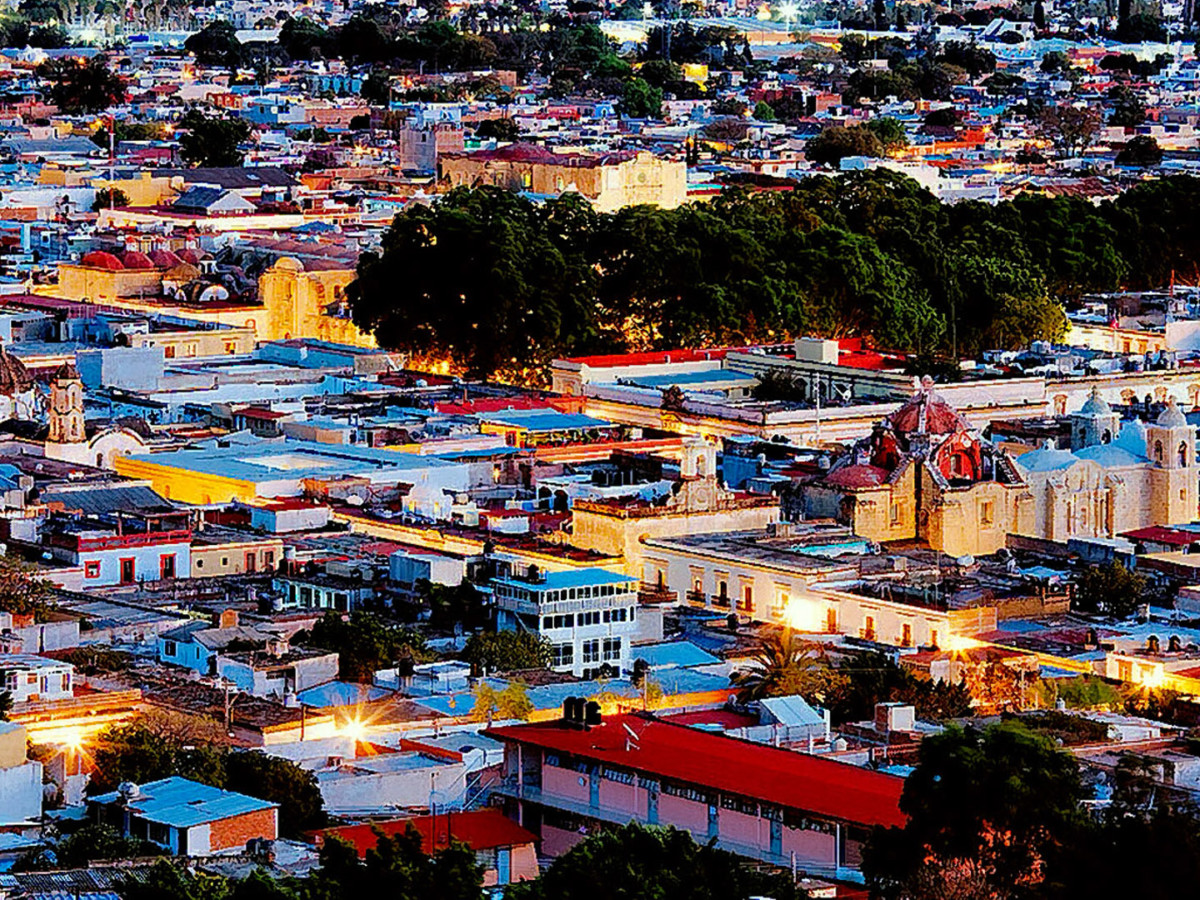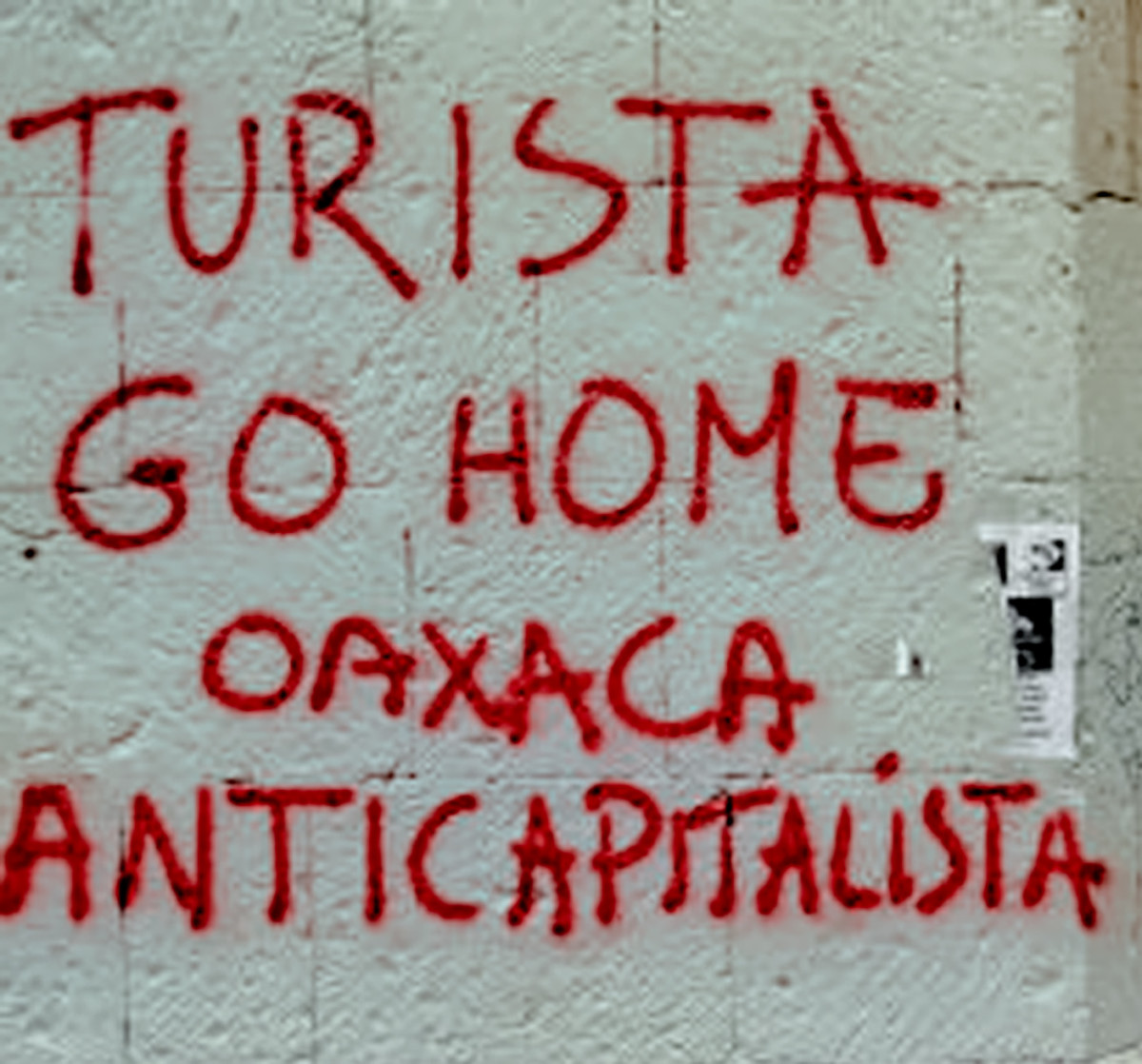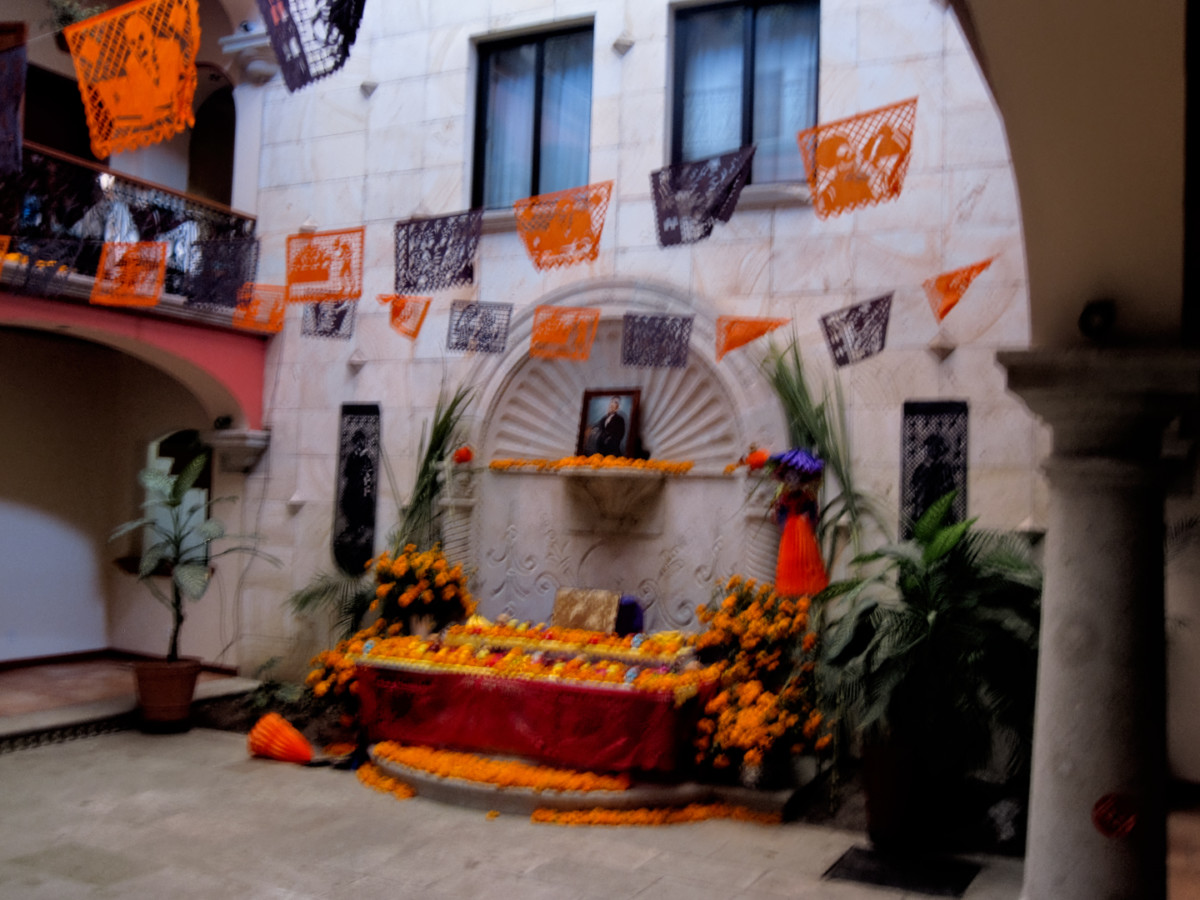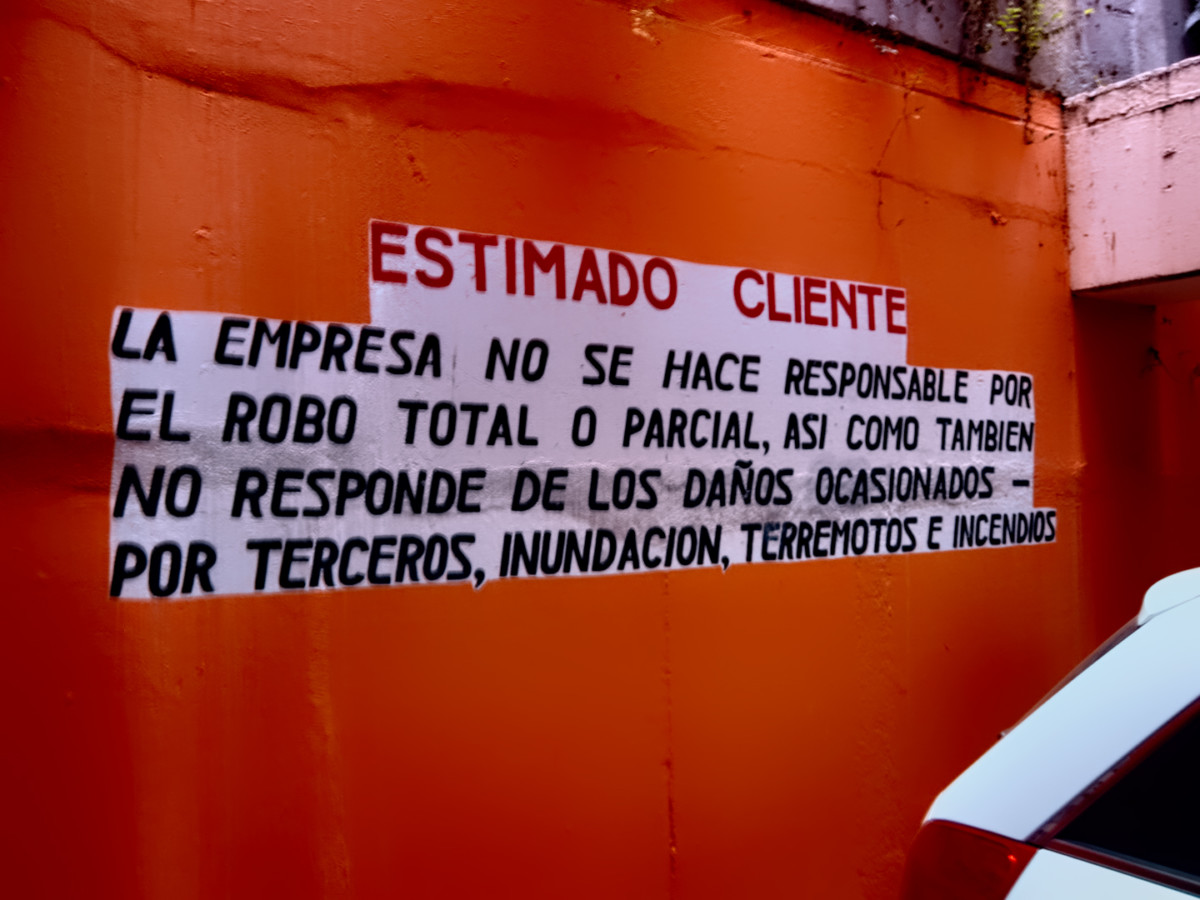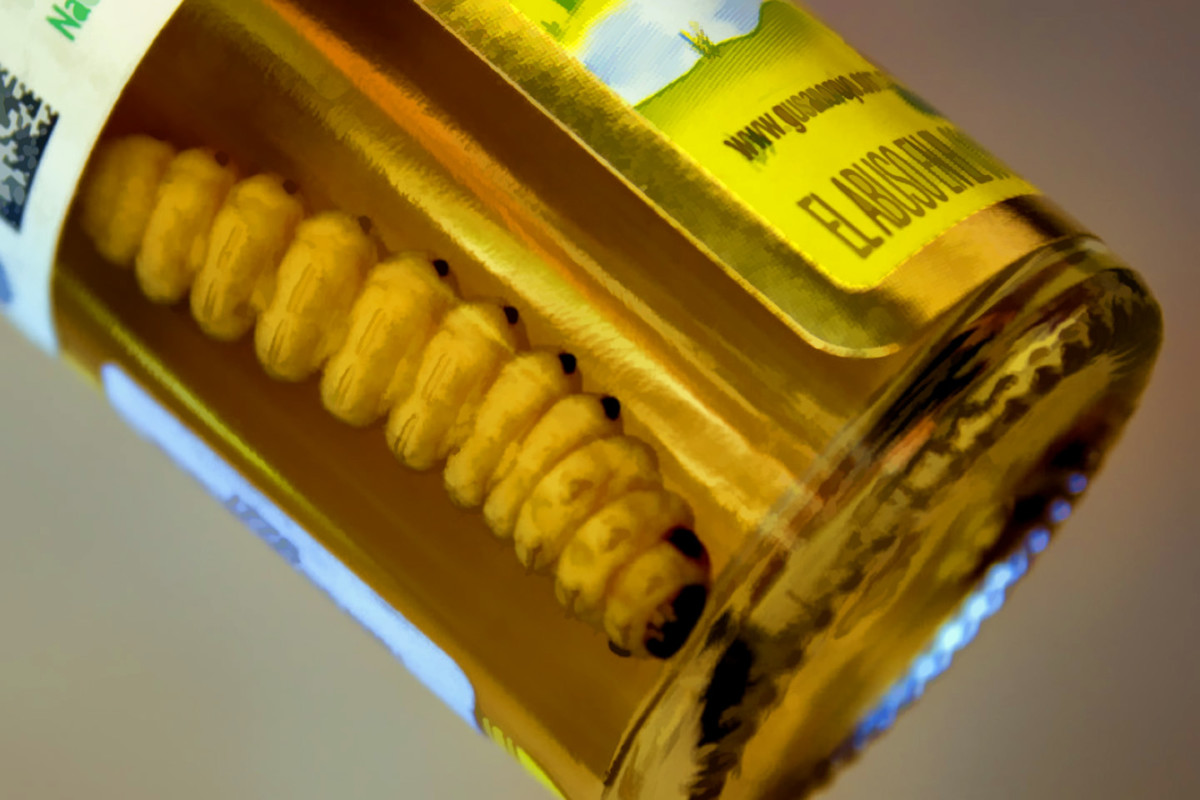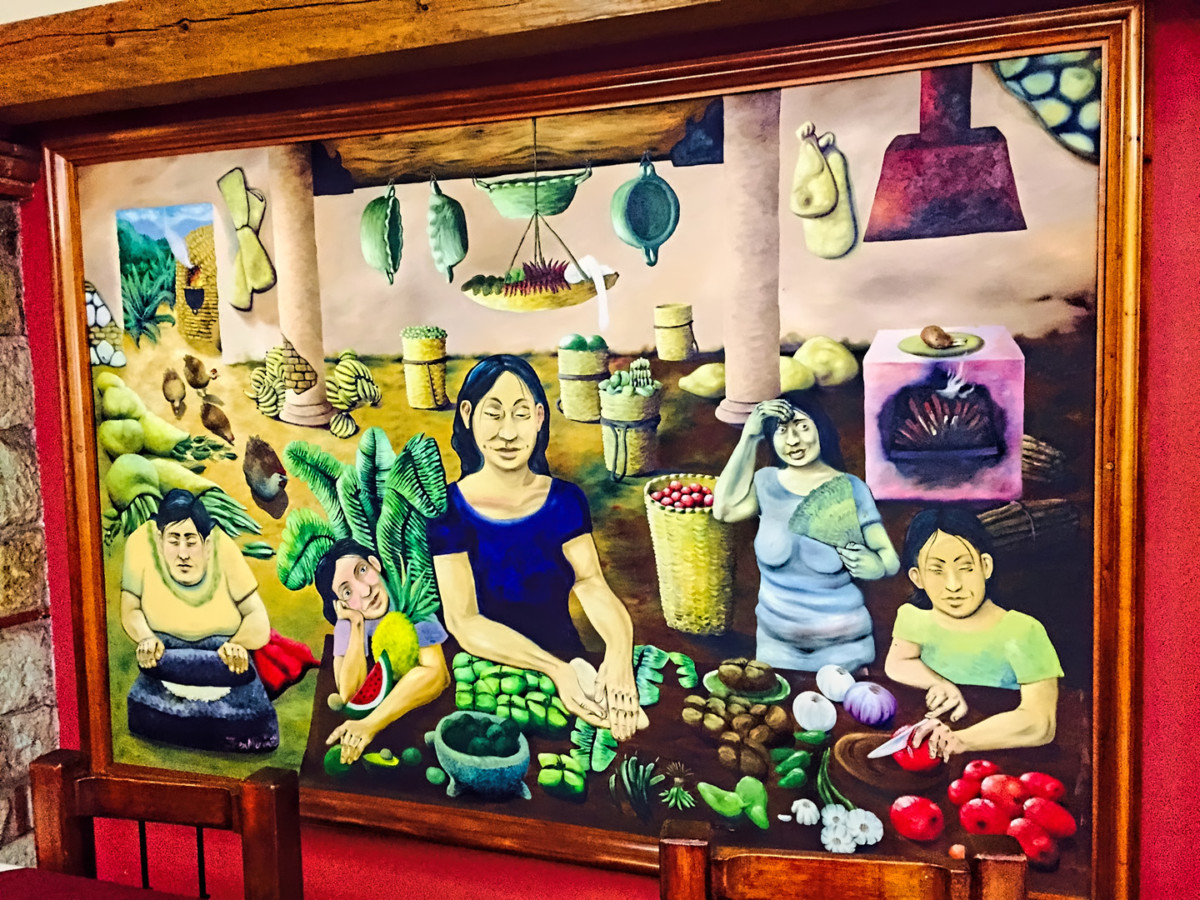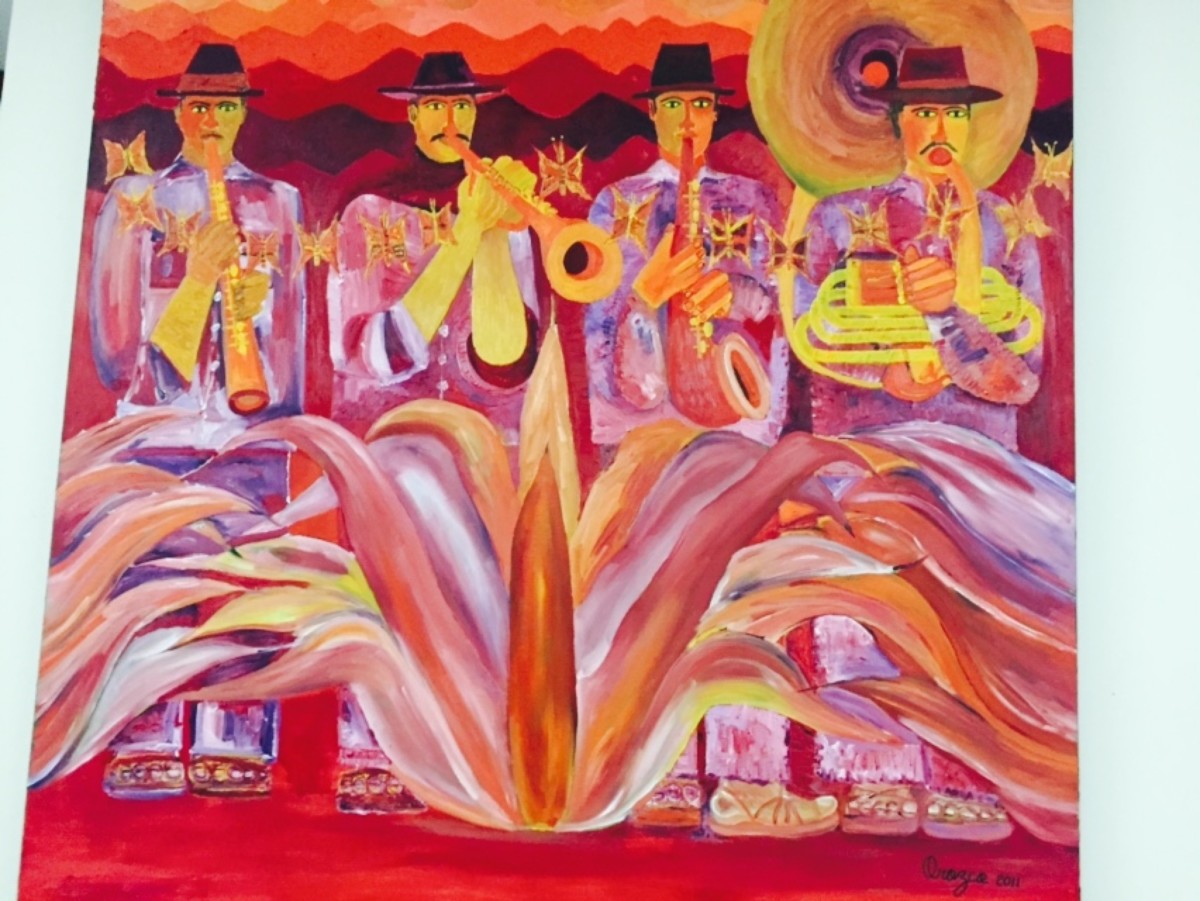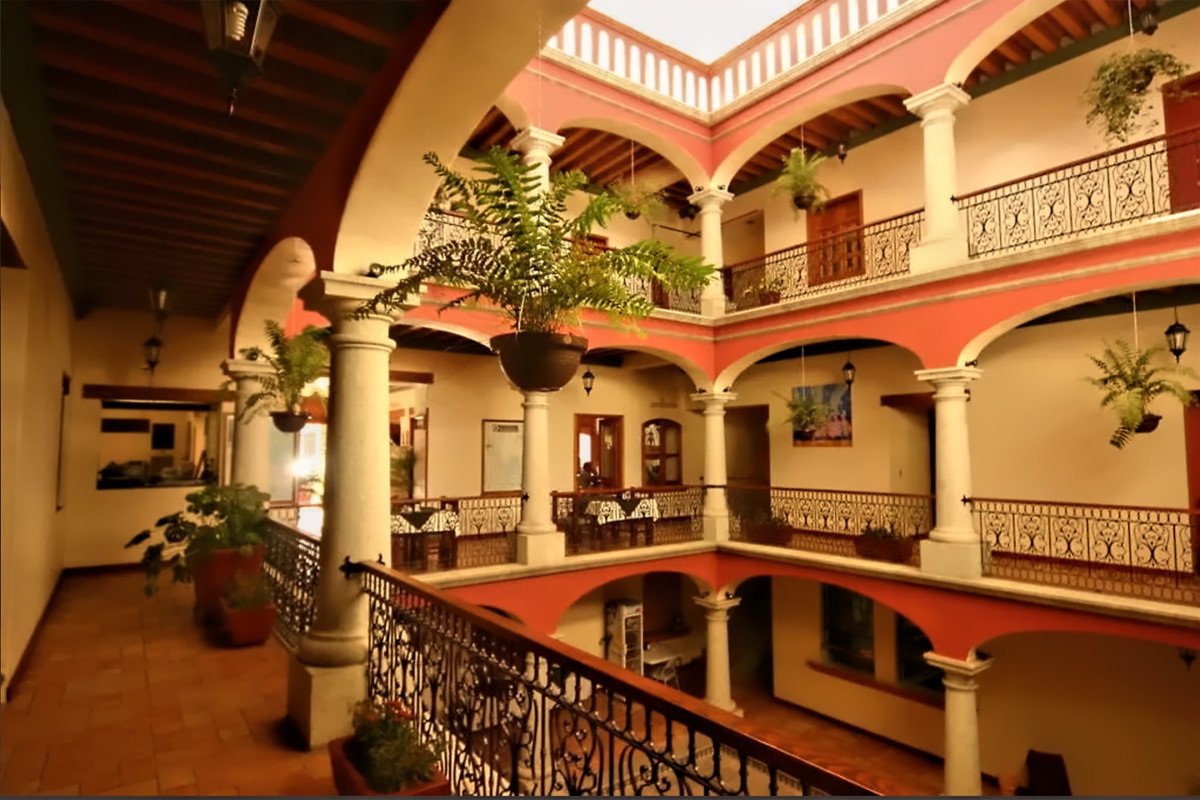Day 21! We’d been on the road in Mexico for three very full weeks, and for most of that time, we had no fixed itinerary, and no set schedule. We never planned more than a day or two ahead, so the route that we were following evolved as we drove along. I prefer that style of travel, personally, because it affords maximum flexibility, but now that we were closing in on the last phase of our road trip, all that flexibility went right out the window. We wanted to experience Dia de los Muertos, the Day of the Dead celebration, and we’d concluded that the best place for us to do that would be in San Miguel de Allende, the charming Pueblo Magico and UNESCO World Heritage site, five hours north of Mexico City. We’d passed through there far too briefly on our drive south, and we’d vowed to return for a proper visit on our way back north. The three day fiesta was going to be our last hurrah before our final push back to the border, the cherry on the top of our Mexican Road Trip, and timing was suddenly critical. It was going to take us two full days of driving, just to get there in time for the start of the holiday. We’d spend three days and nights in San Miguel, and that would leave us exactly two days for the drive to the border and on to Austin, where we’d be arriving just in time for Mike to catch his flight back home. It was all perfectly doable, and perfectly timed, but there was ZERO room for any deviation or delay.
San Miguel de Allende is one of the most popular destinations in Mexico during the Day of the Dead holiday; we’d been warned about that, so we’d used Expedia.Mx to find a hotel with availability (the Hotel San Ramon), and we’d made our reservations weeks in advance. Knowing that we had our lodging squared away for the necessary dates was a good feeling, but this two-day drive we were facing wasn’t going to be like crossing Kansas on the Interstate. There were at least a bazillion things that could go wrong and prevent us from getting to San Miguel on schedule. We had just two days to cover most of the length of the country, much of that considerable distance over dangerously beautiful mountain roads…
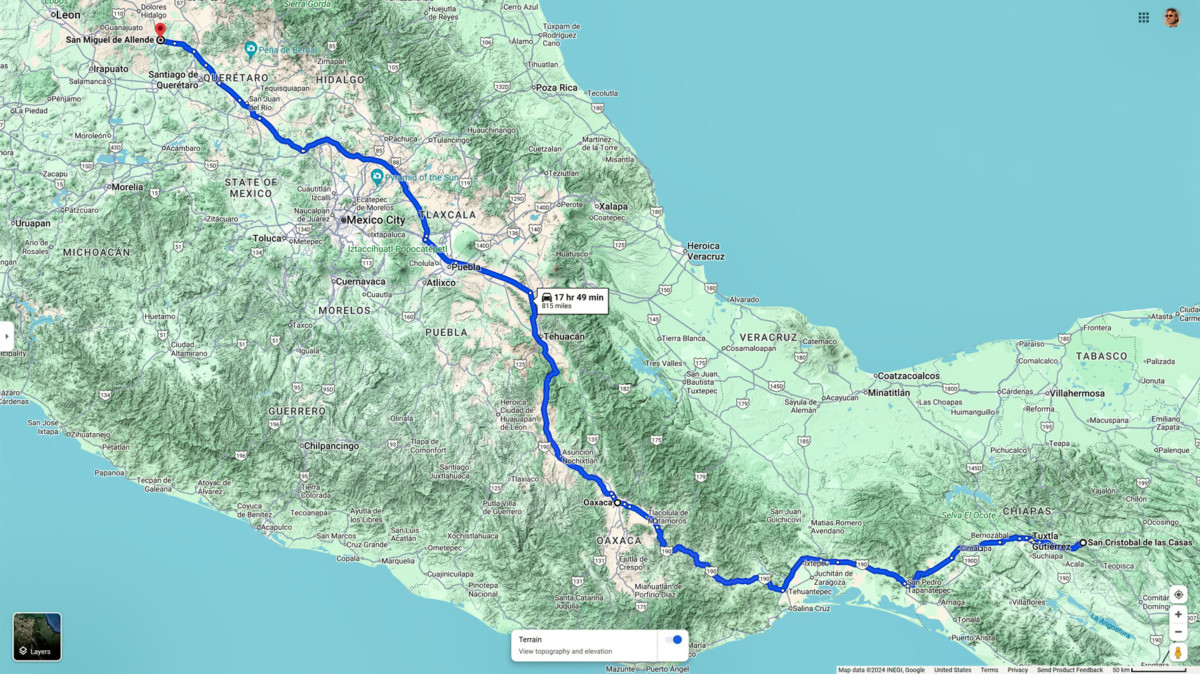
San Cristobal de las Casas to San Miguel de Allende
Today, we’d be driving as far as the city of Oaxaca, 380 miles of curves, switchbacks, and rolling hills that would require at least ten hours of our full attention, crossing the Sierra Madre de Chiapas, traversing the Isthmus of Tehuantepec, and entering the rugged, agave-studded landscape of the Sierra Madre de Oaxaca. If you’d like to know what that was like, read on!
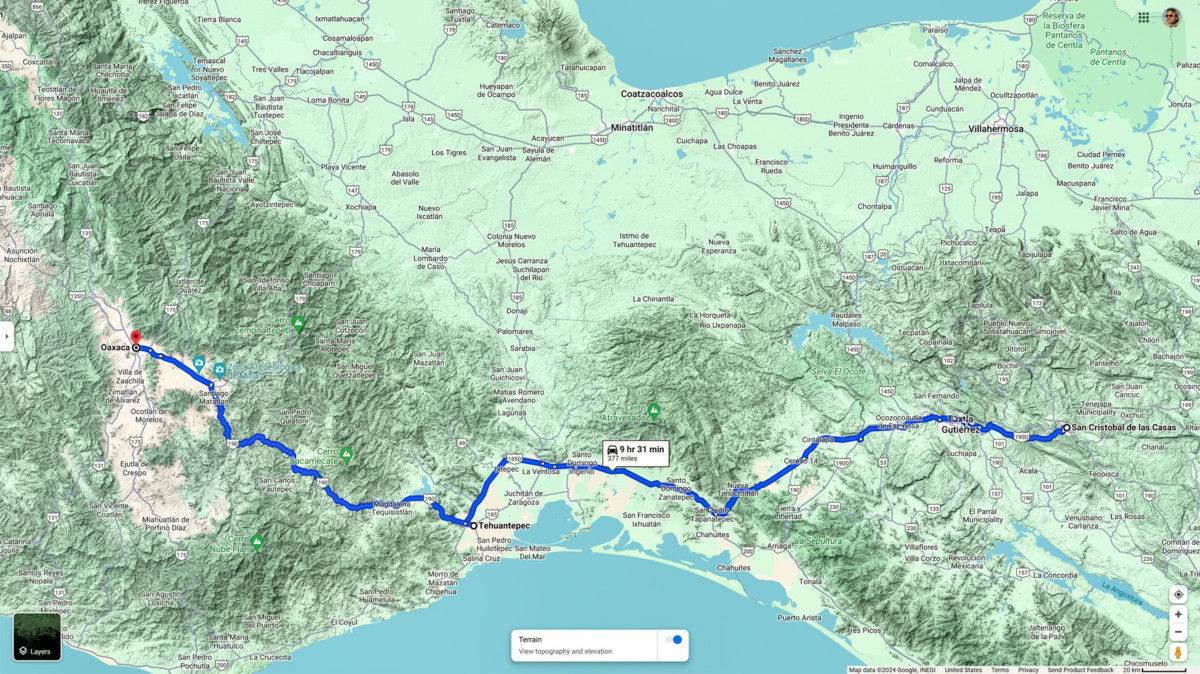
CROSSING THE SIERRA MADRE on MX 190
San Cristobal de las Casas is an old city that was laid out long before the advent of automobiles, so most of the roads are narrow one-way streets, and those few that are not tend to be jam-packed with more traffic than they can handle. In order to get out of town, we had to join that slow-and-go herd, dodging taxis, trucks, and pedestrians through the business district, until we finally spied a sign pointing toward the Toll Road to Tuxtla Guttierez.
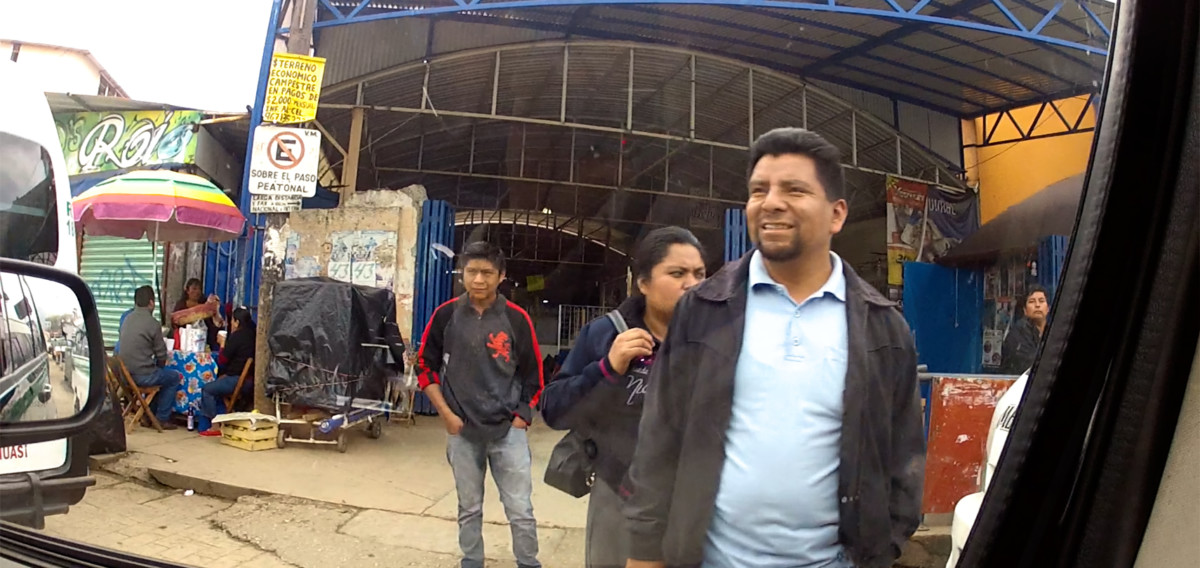
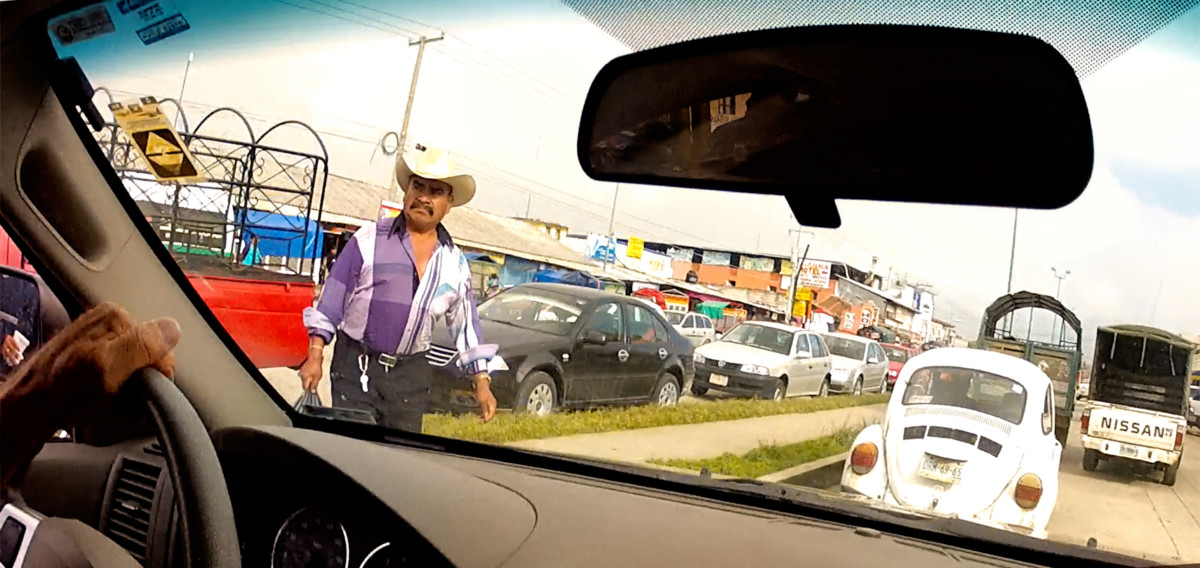
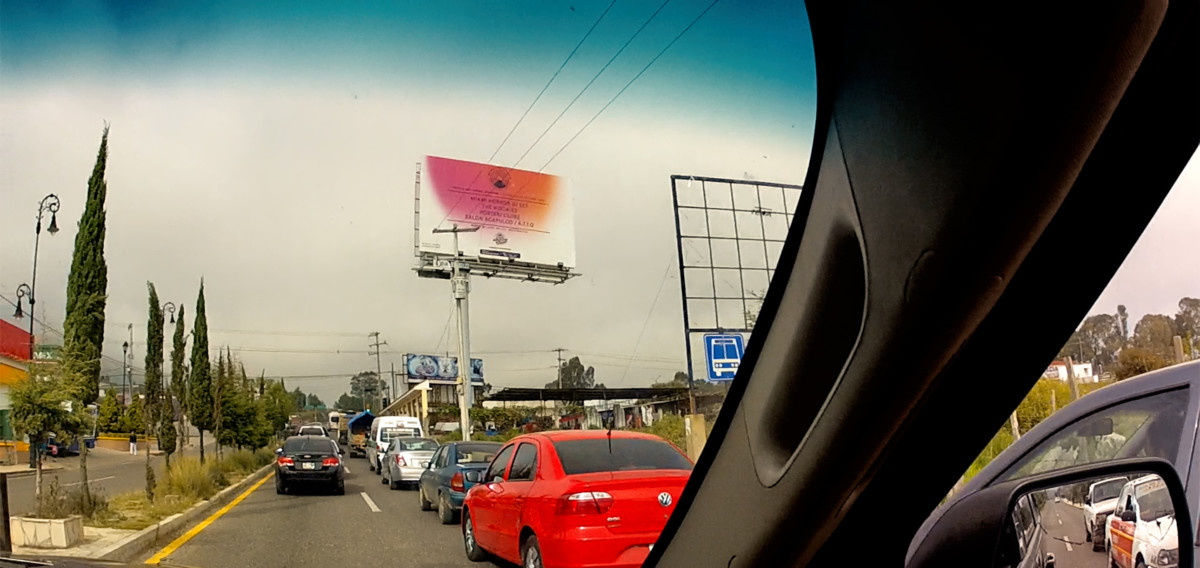
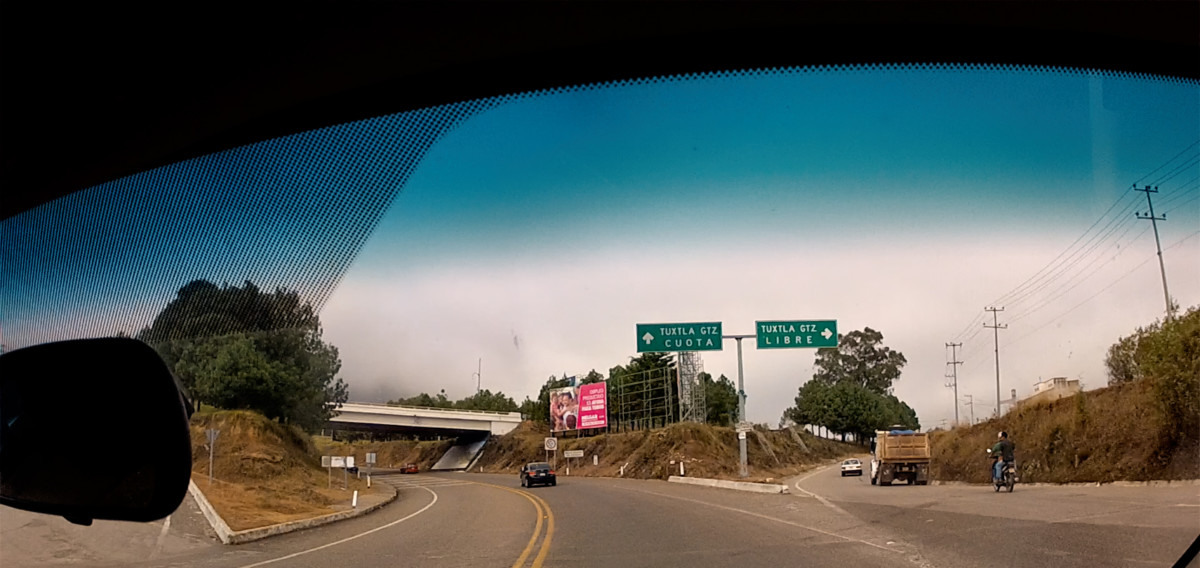
Scenes along the road leaving San Cristobal de las Casas
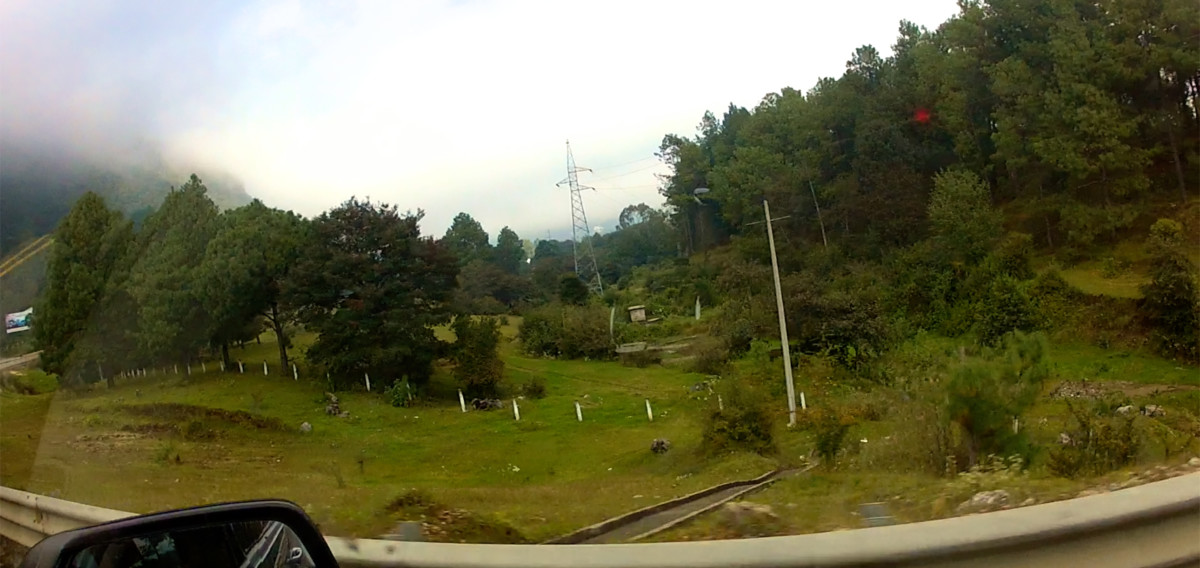
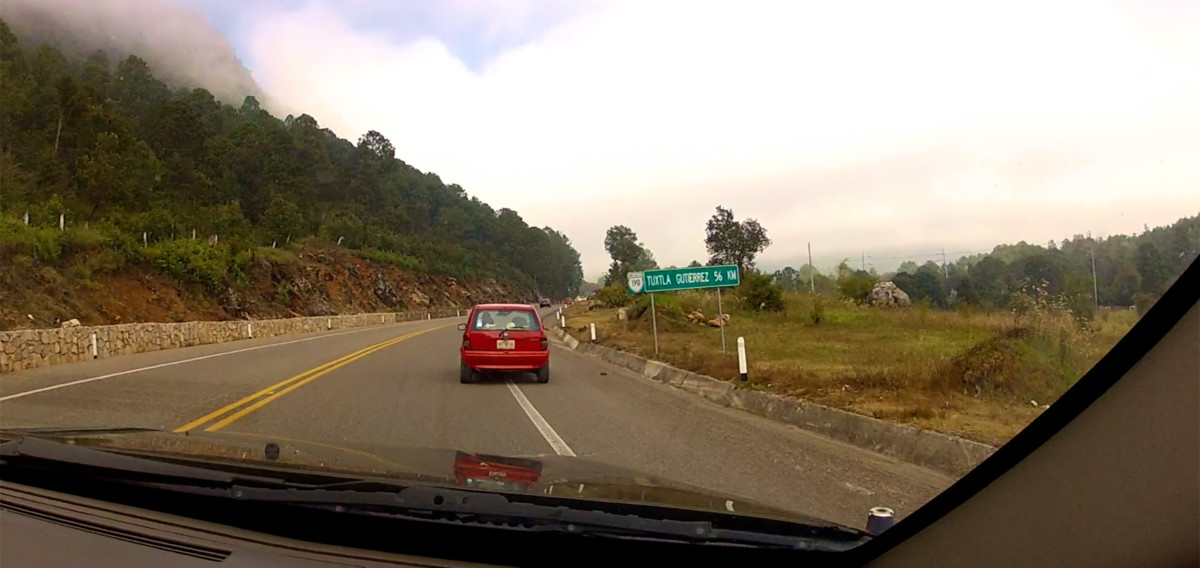
Scenes along MX 190 from San Cristobal de las Casas to Tuxtla Guttierez
This portion of MX 190 is designated MX 190 D, because it is a “Cuota,” a toll road. What that means, in practical terms, is that there’s funding available for proper maintenance. Sometimes the cuotas are limited access divided highways, much like the modern expressways in the U.S. and Europe. More commonly, they are simply in better shape than the “libre,” (free) alternatives, with fewer potholes and topes (speed bumps), as well as less livestock, and fewer pedestrians, because they bypass the small towns.
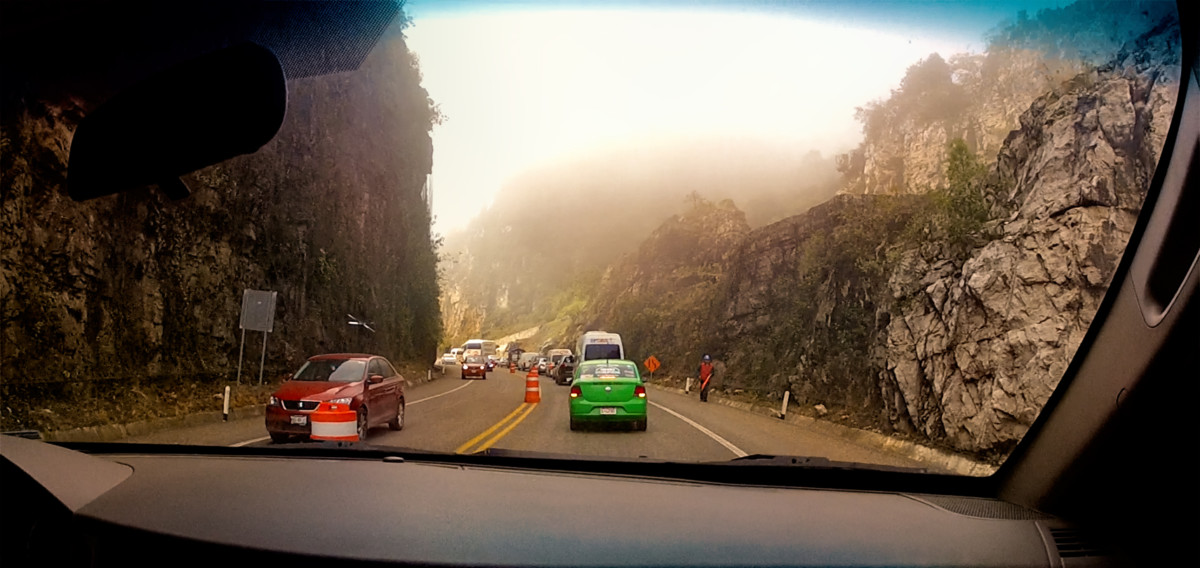
Construction zone: a portion of the highway is being resurfaced, using equipment and techniques that are all too familiar to drivers from the United States.
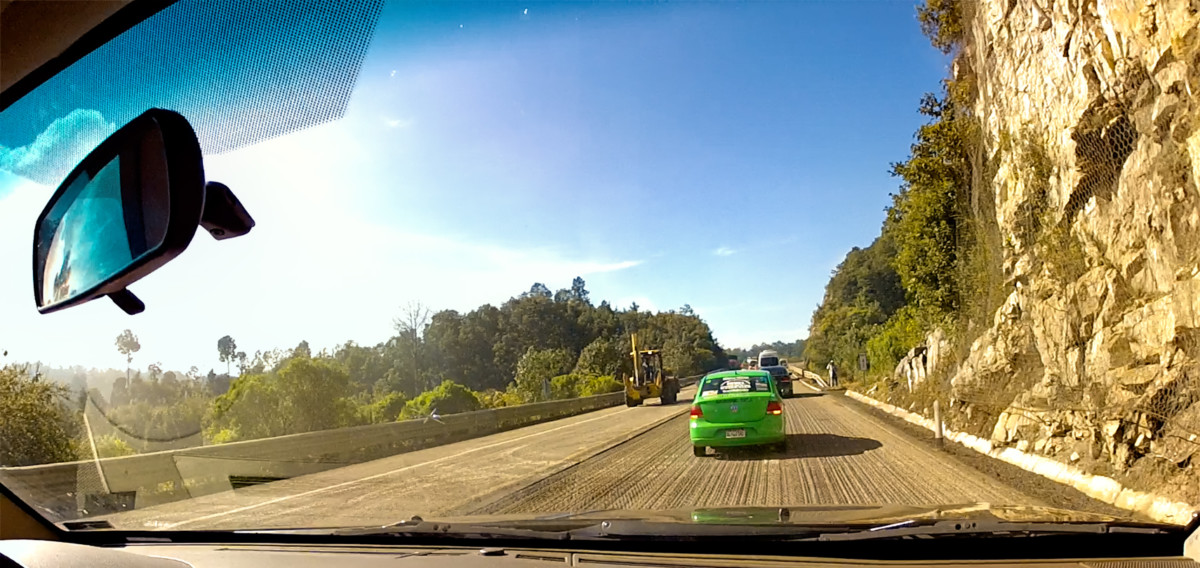
There are few (if any) passing lanes on these mountain roads, so long lines of vehicles tend to stack up behind slow trucks and buses. An entitled idiot in a Suzuki SUV decided he just HAD to leapfrog his way to the front of the pack, so he whipped around me on the left, then cut back into my lane, forcing me to brake and veer onto the shoulder.
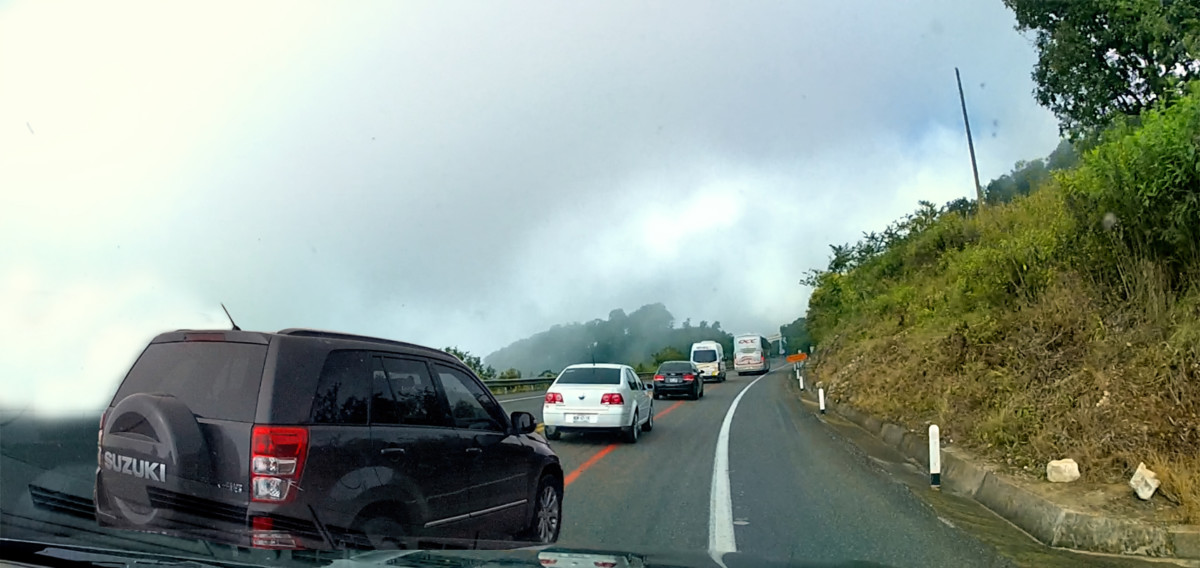
The horn on my Jeep is linked to my car alarm, with dual trumpets and a very loud siren. I gave him an extended blast, followed by two or three more. That didn’t change anything–but it made me feel better, and it most definitely got his attention!
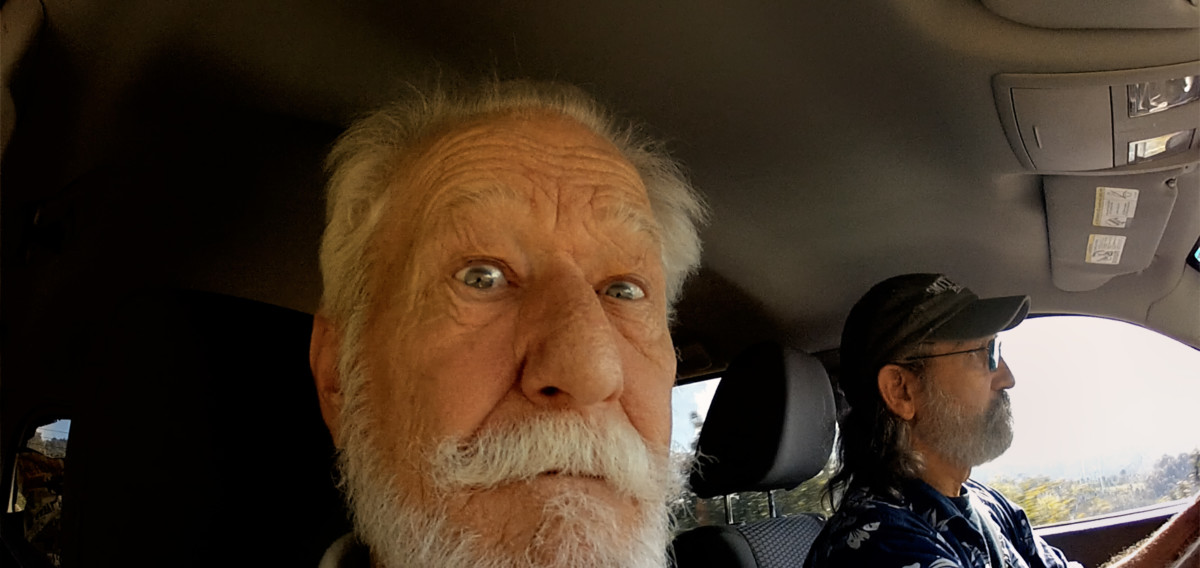
Nobody likes being cut off; we stayed mad until the pendejo finally jumped every car in the line ahead of us and disappeared!
The area in between San Cristobal de las Casas and Tuxtla Guttierez is still the Chiapas Highlands, a mountainous plateau that forms the greater portion of the Sierra Madre de Chiapas. Tuxtla, with a population well in excess of half a million, is the capital of the State of Chiapas and the largest city in the region. The closer we got to it, the more level the terrain; since leaving San Cristobal, we’d dropped more than a mile in altitude, into a much warmer climate.
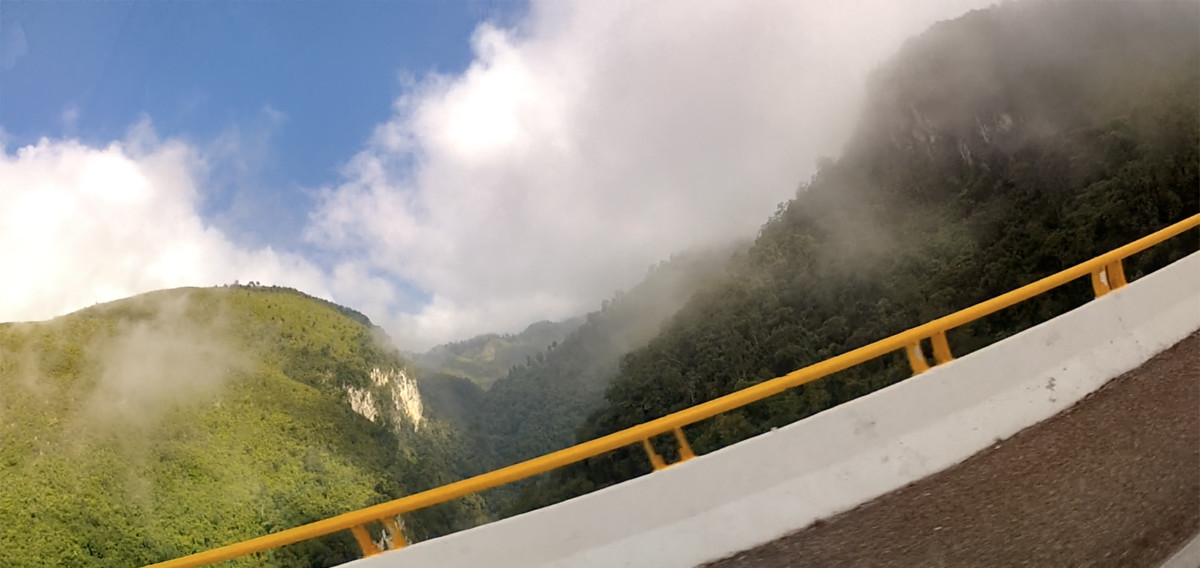
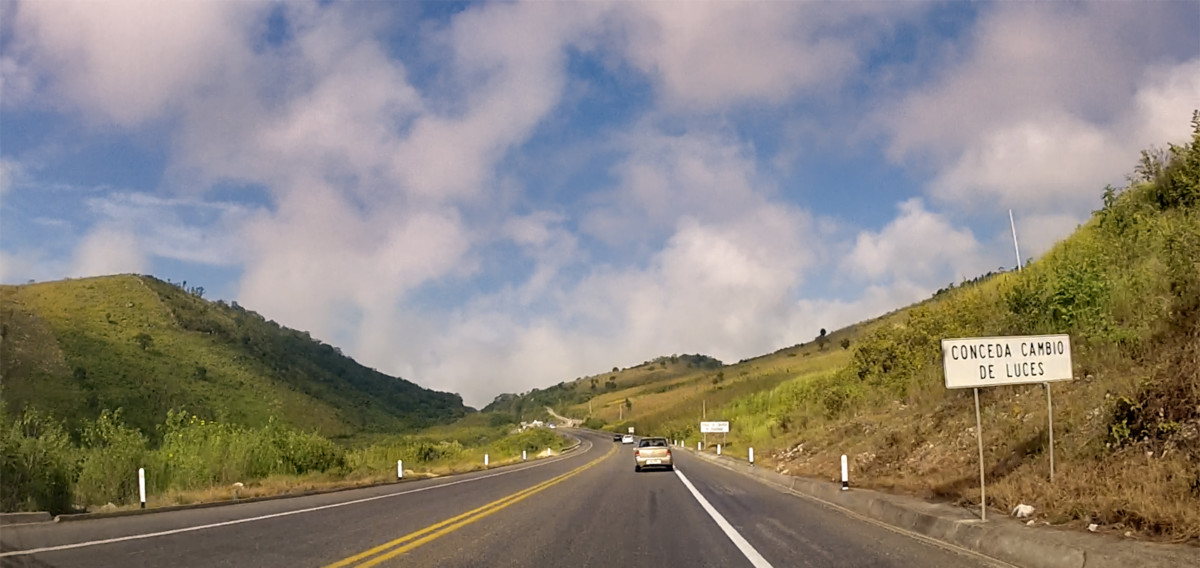
TUXTLA GUTTIEREZ
Tuxtla (pronounced tooks-tlah) Guttierez is not much of a town for tourists. There are no Mayan ruins, no beaches, no picturesque colonial architecture. It’s a contemporary era Mexican city with nothing special to set it apart. There’s no significant local industry, so the largest employer is the Chiapas state government. The city ‘s main claim to fame is as a transportation center, the hub where all the regional highways and bus lines come together, and the location of the largest regional airport.
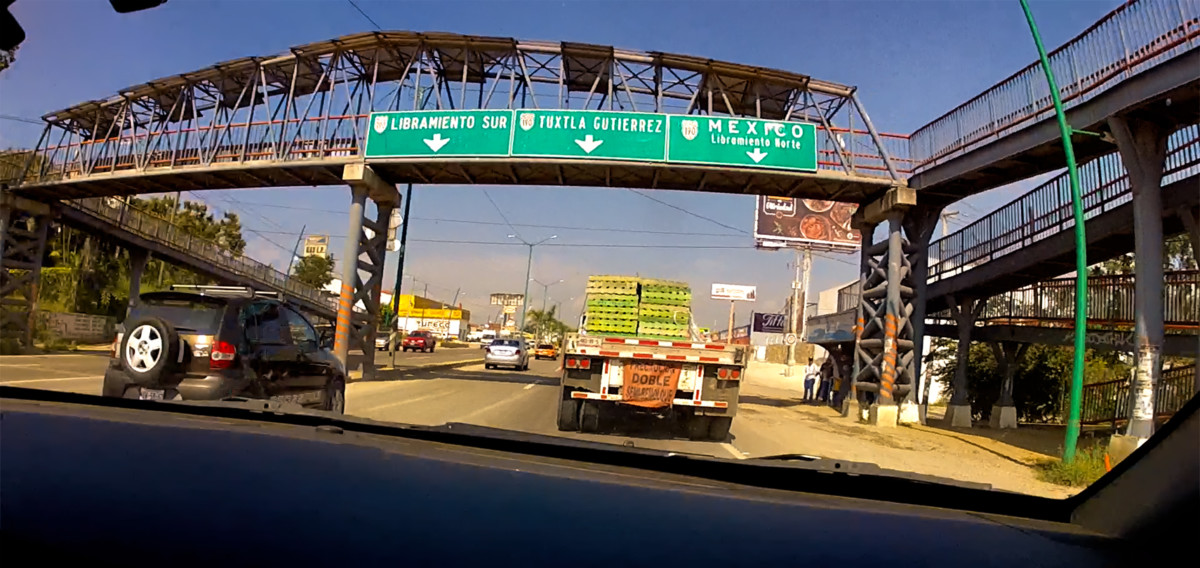
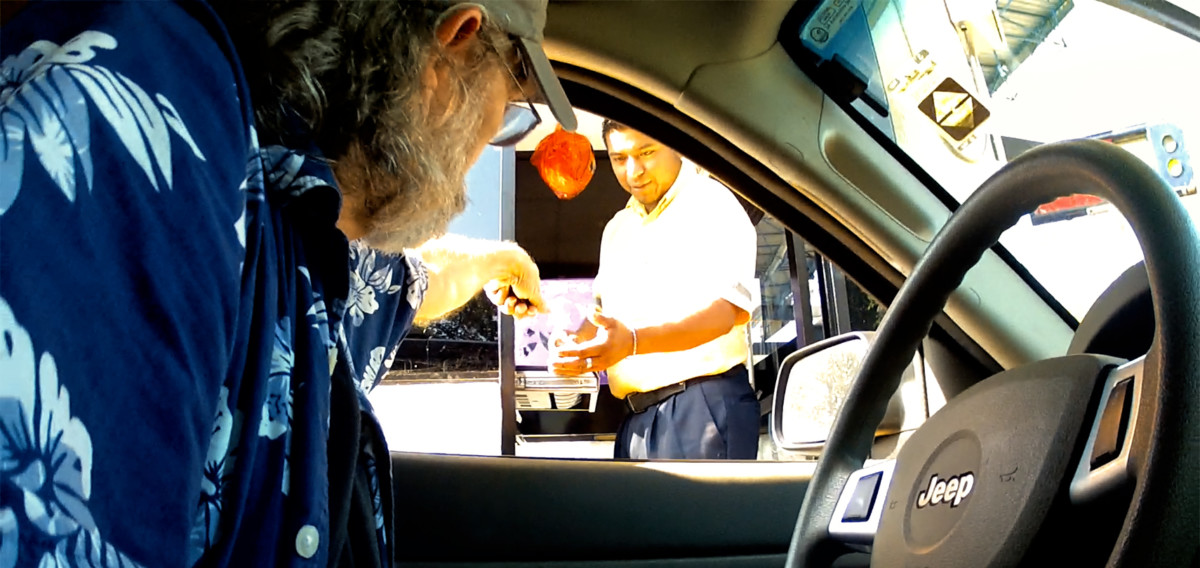
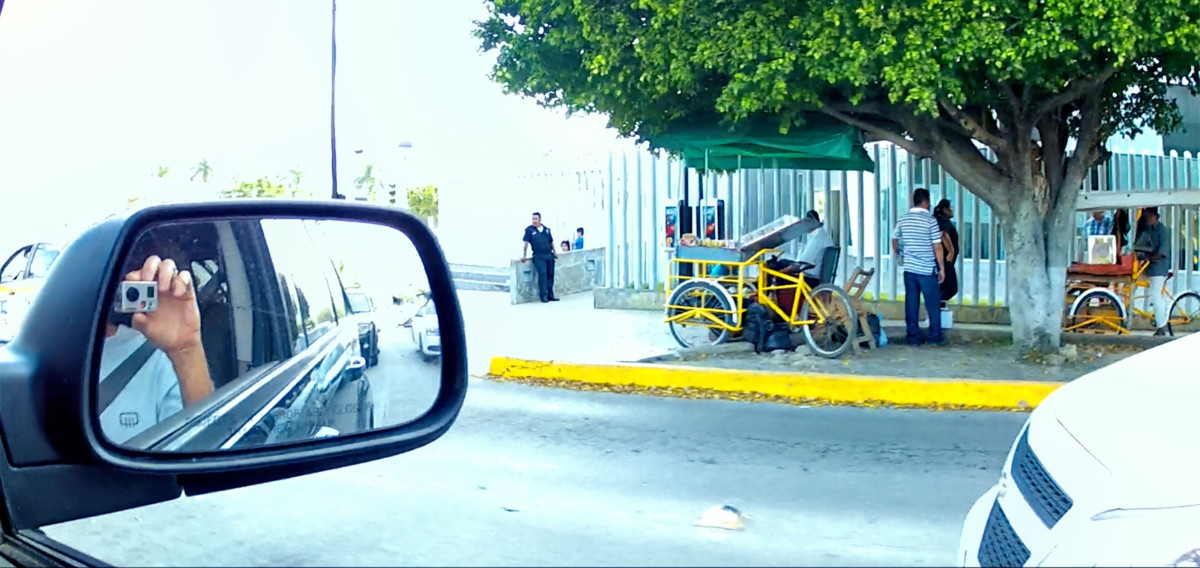
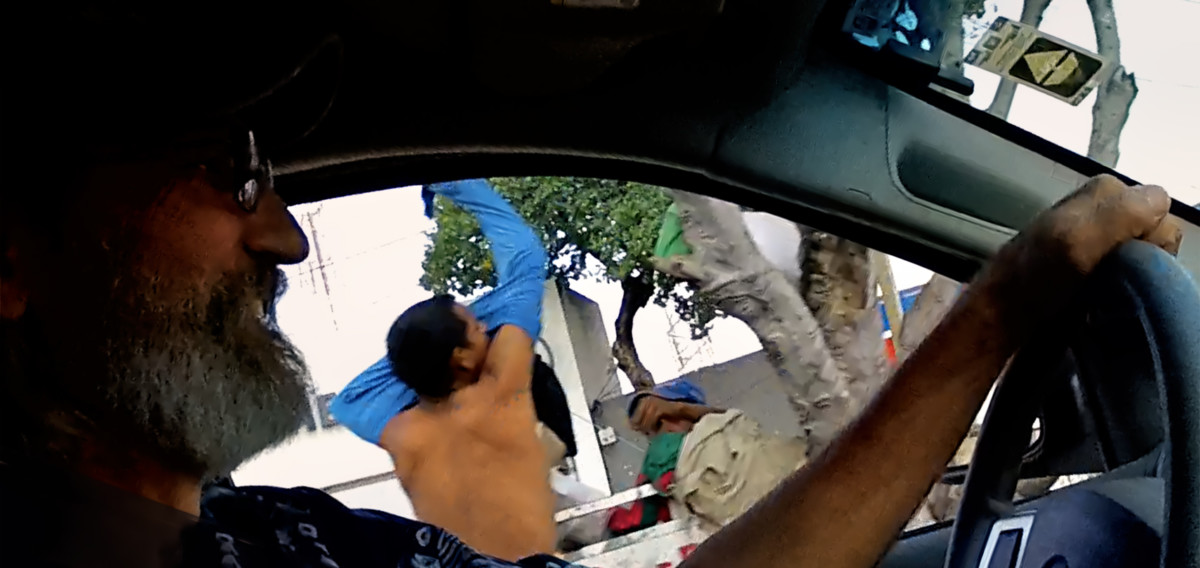
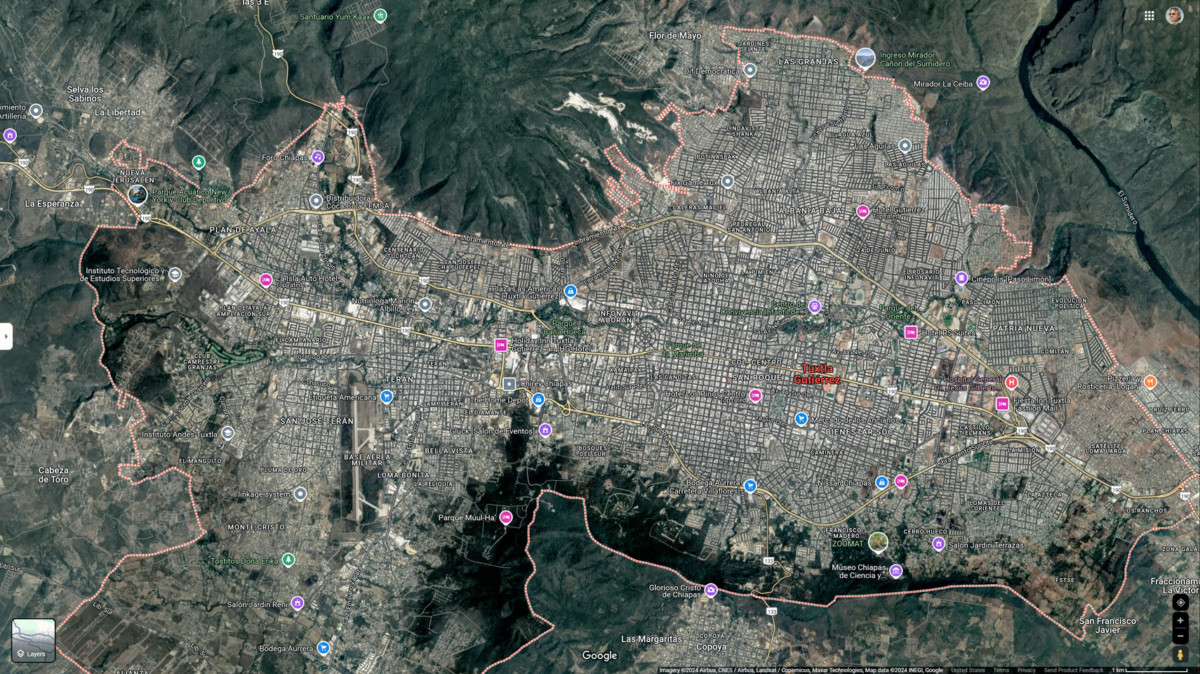
Tuxtla Guttierez
For me and Michael, it was nothing but an unwelcome delay. We had no plans to stop for anything other than fuel; since there was no bypass route, we had to drive through the middle of town, and the traffic was tied in knots.
At one point we were stopped dead for at least ten minutes, nobody moving in any direction due to an accident in an intersection up ahead of us. Several of the sidewalk vendors took advantage of the situation to wander among the stalled vehicles, hawking snacks. I’d just recently recovered from a bout with the Turistas, so I wasn’t inclined to risk food from a questionable source, but Mike was hungry, so he called this guy over. Unfortunately, what he was selling wasn’t food. It was a unique local handicraft, a banana leaf, cleverly folded and trimmed to look like an oversized grasshopper.
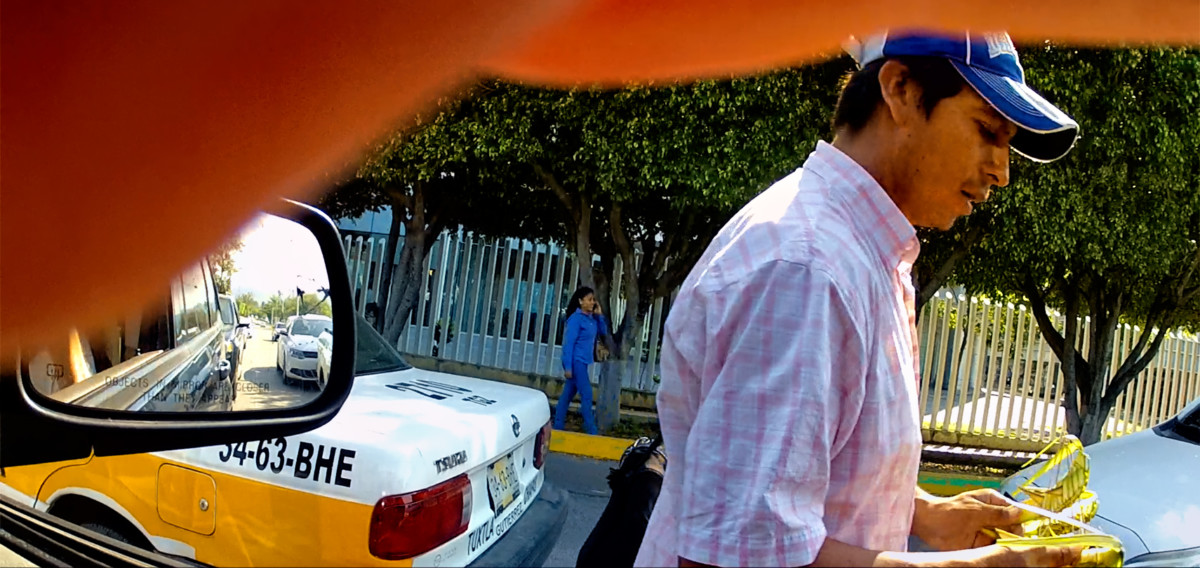
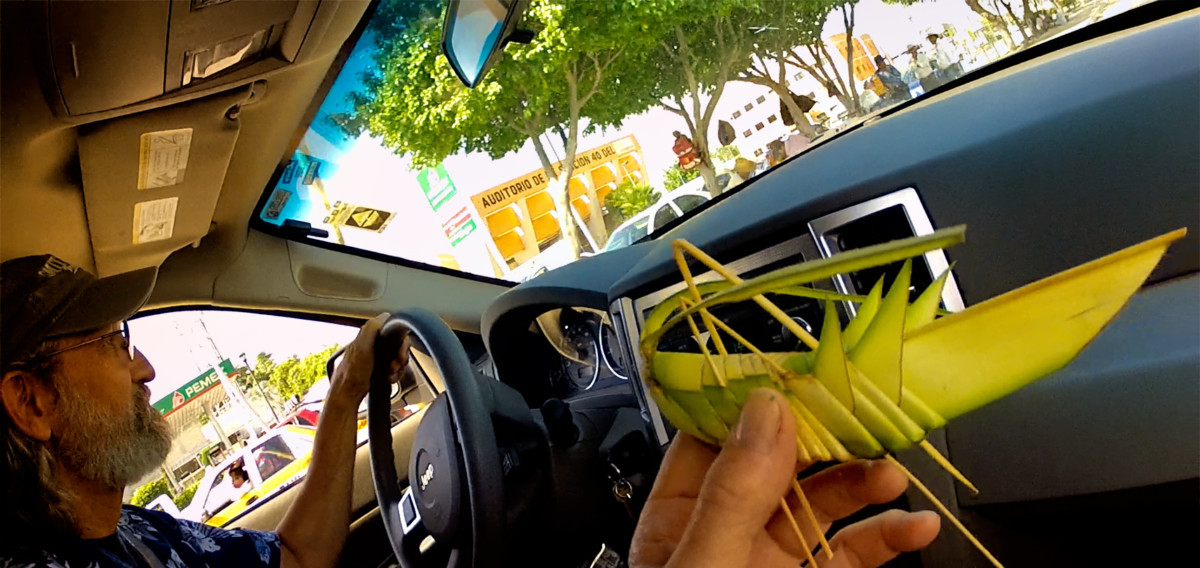
Mike decided it would make a great gift for his granddaughter, so he bought one. I can’t honestly remember if he got it home in one piece, but it was definitely an interesting souvenir!
Next up: Crossing the Isthmus of Tehuantepec
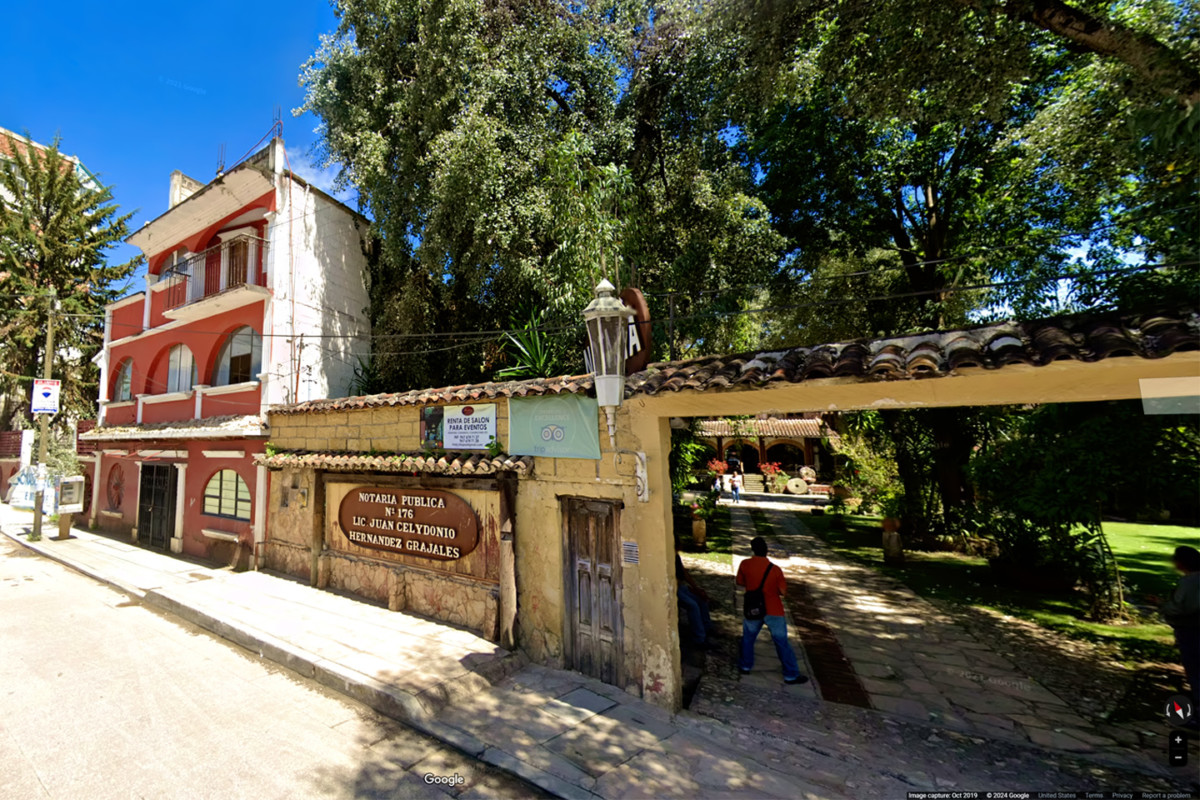
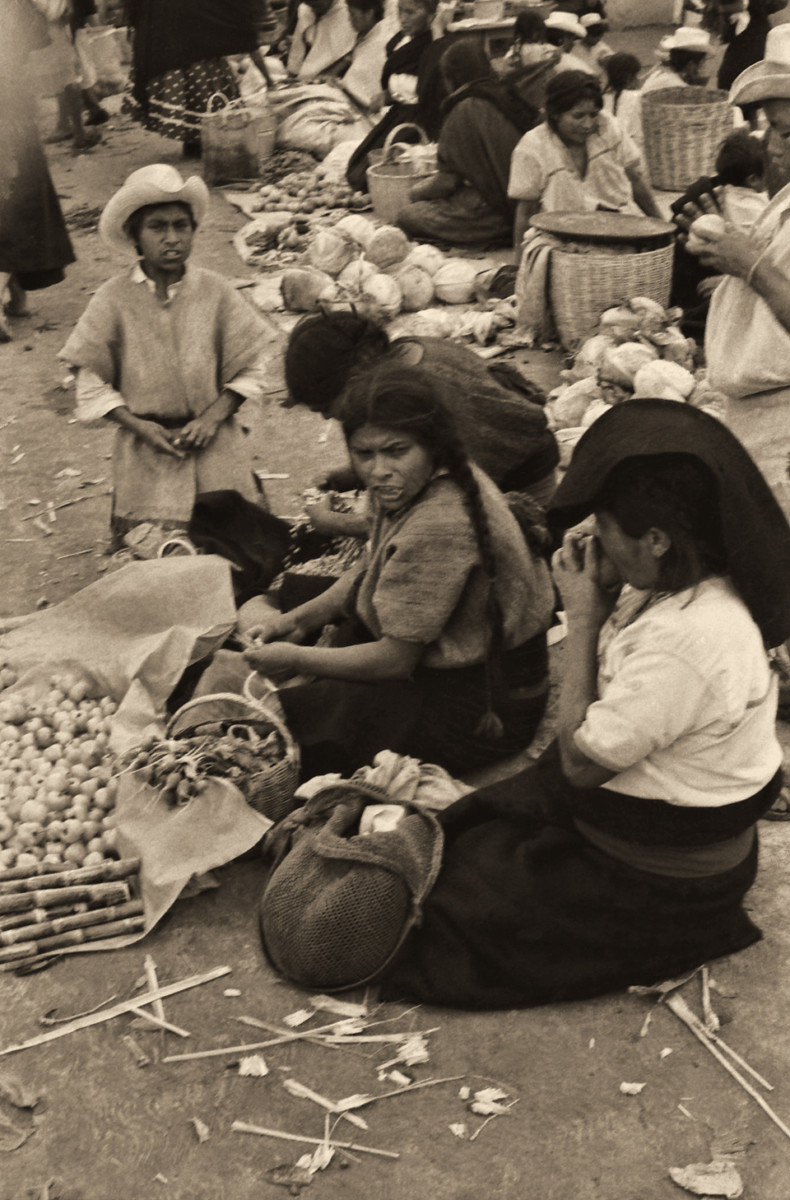
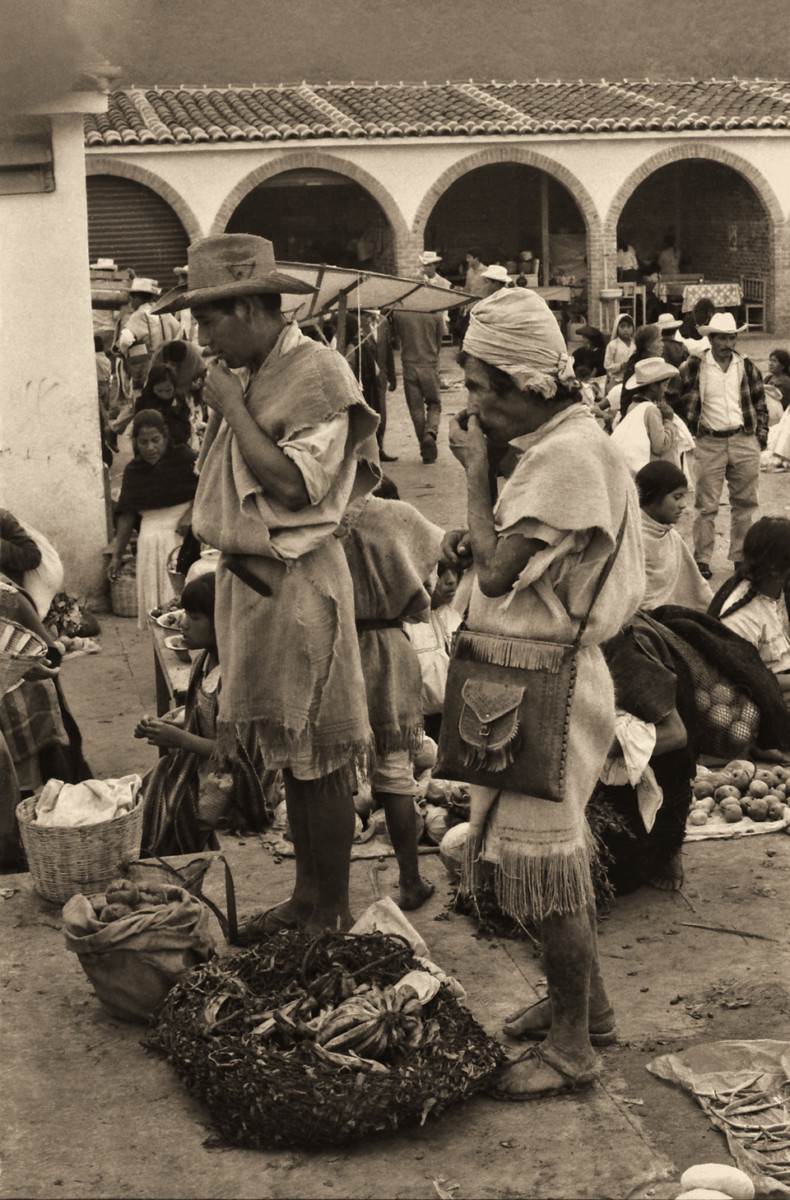
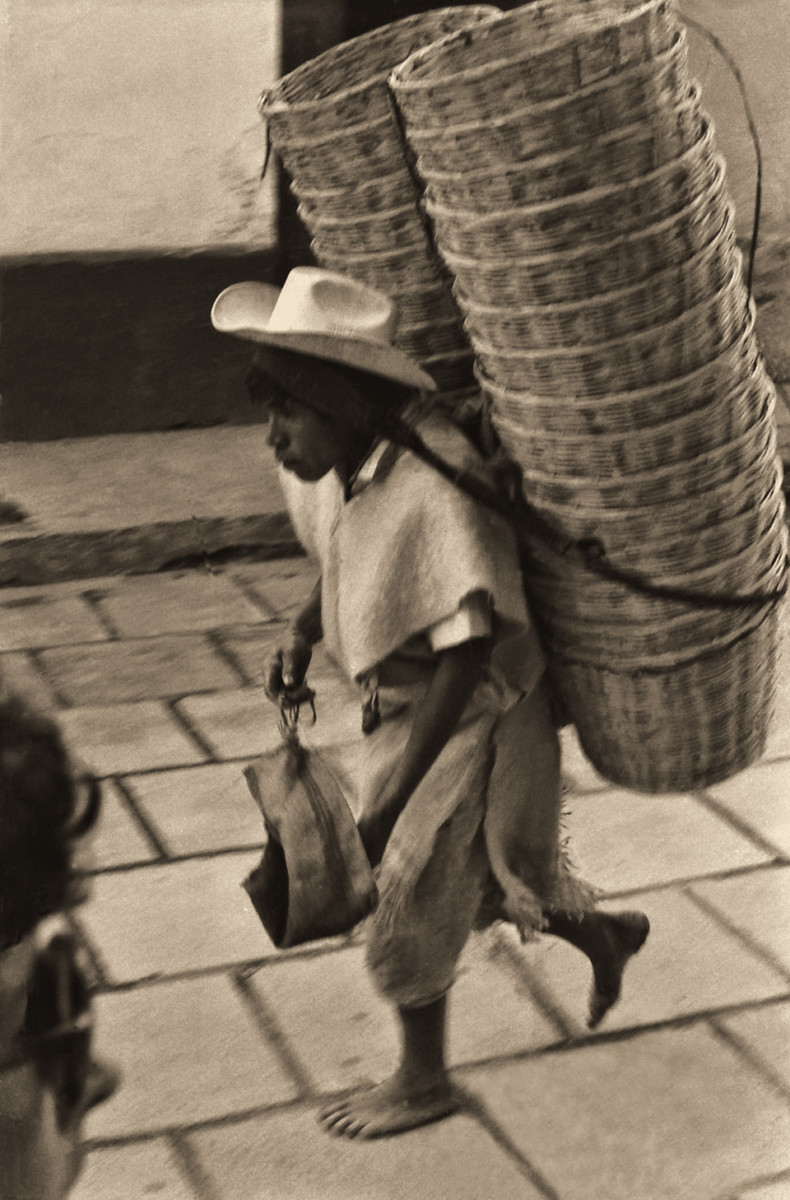
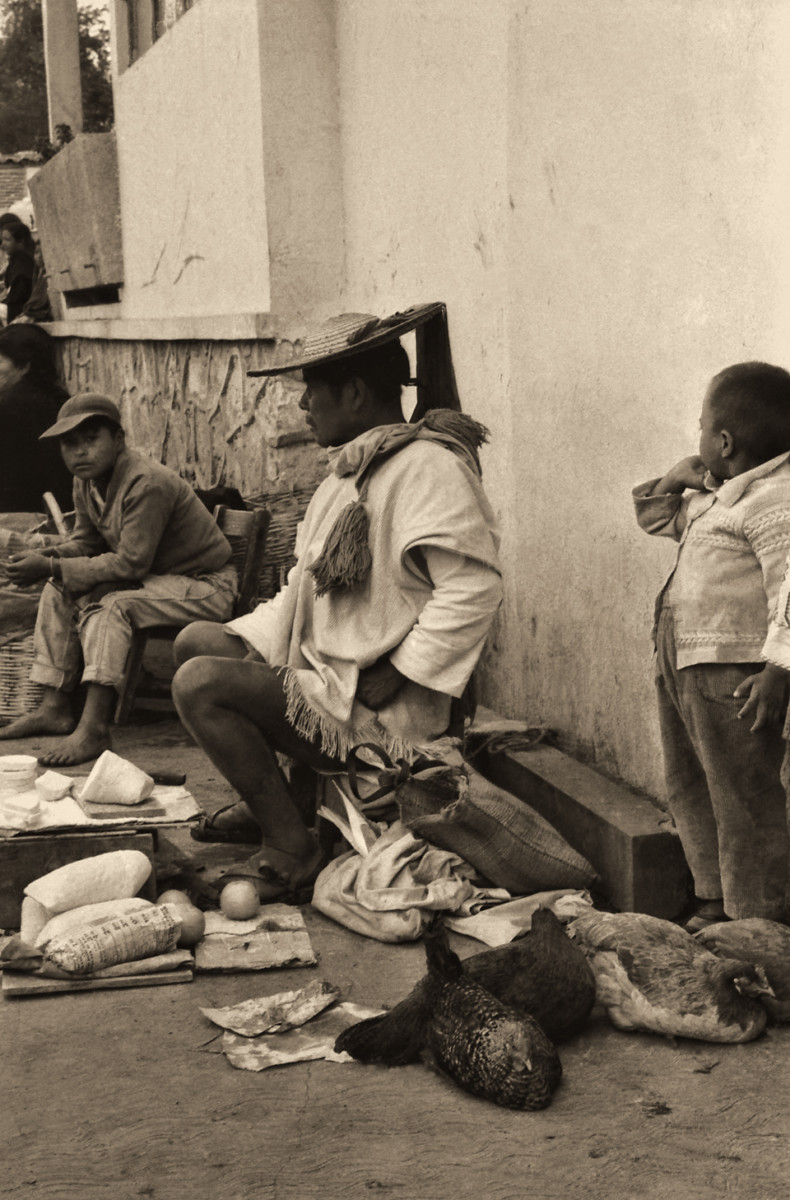
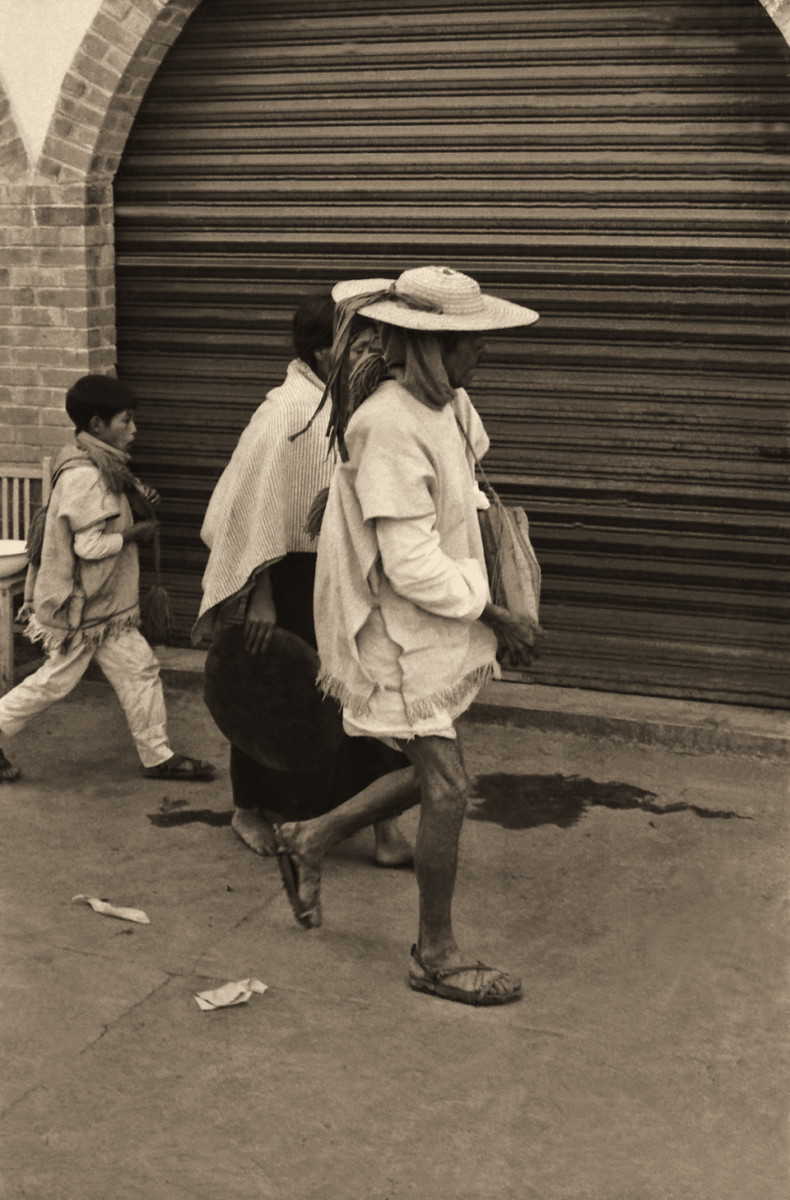
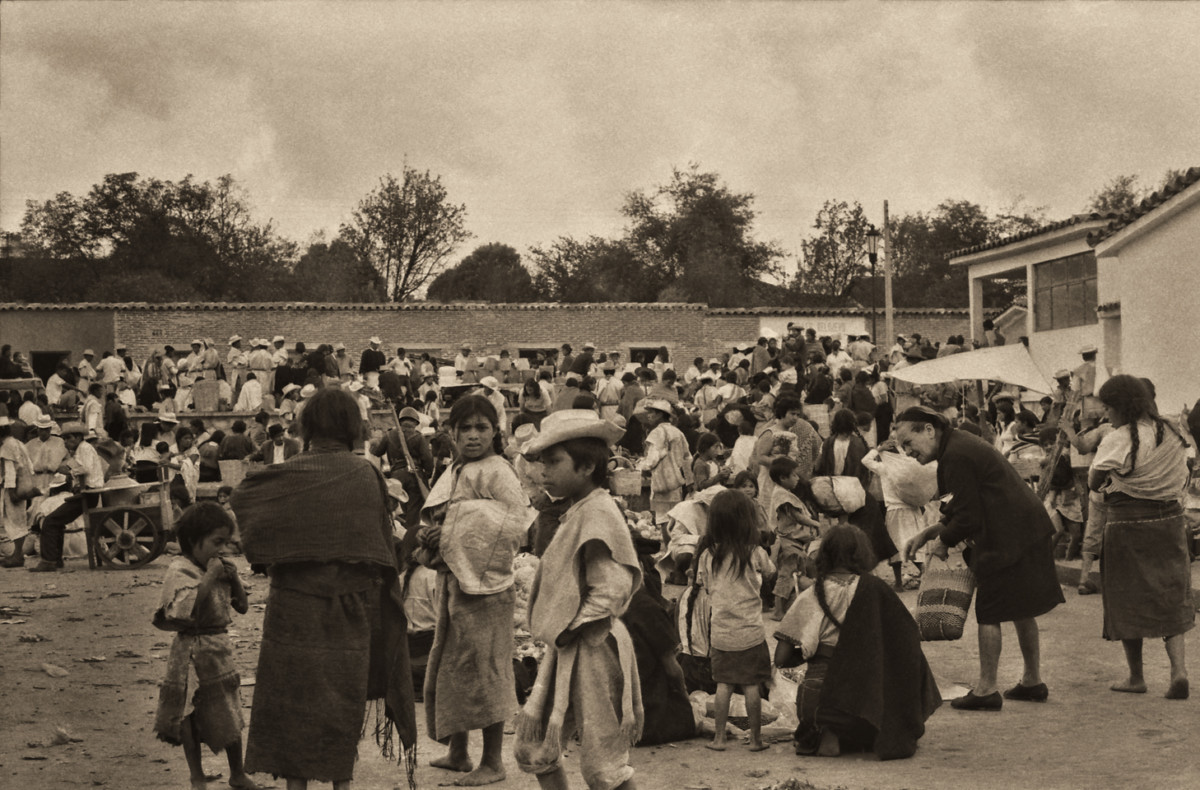



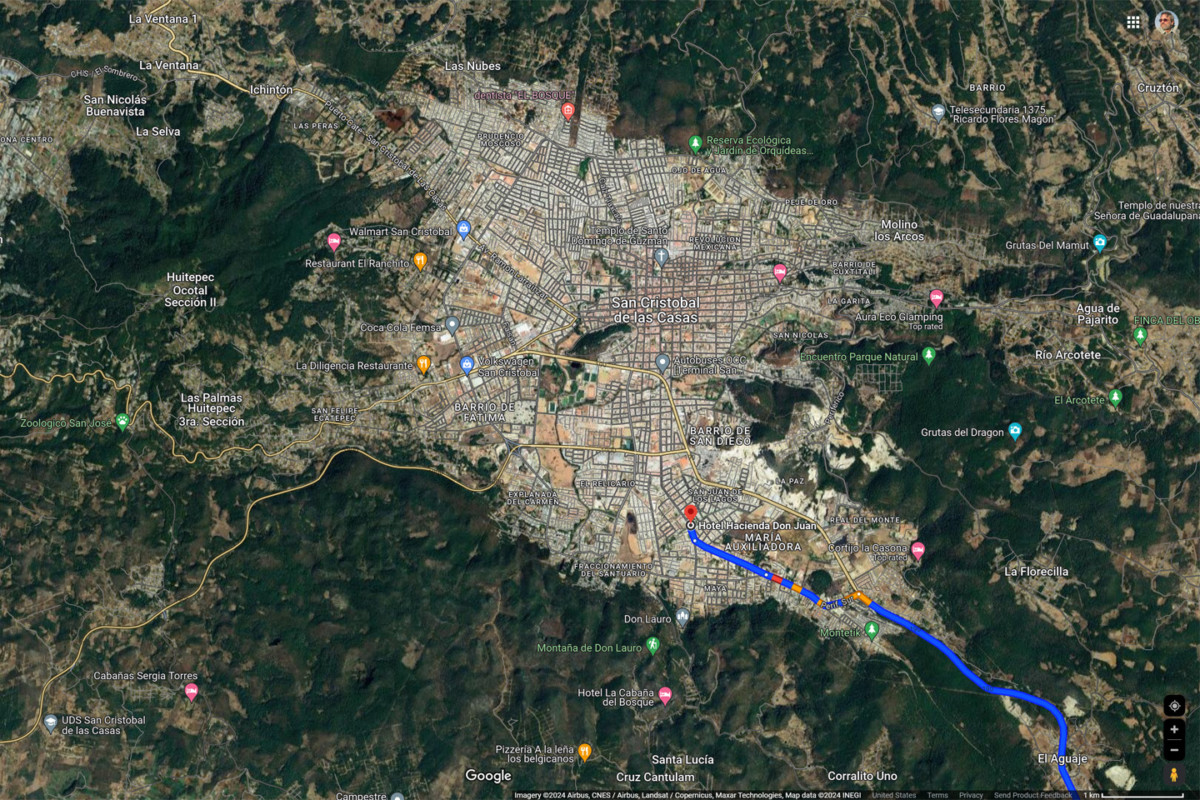
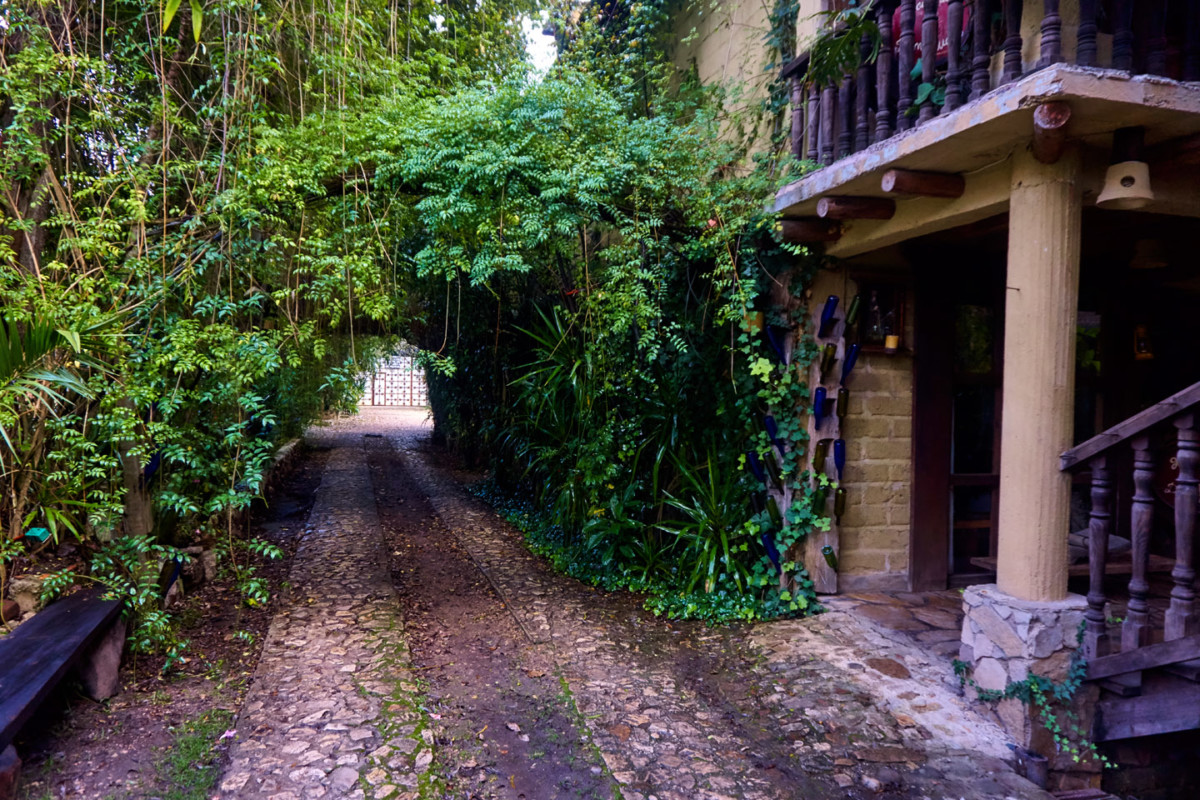
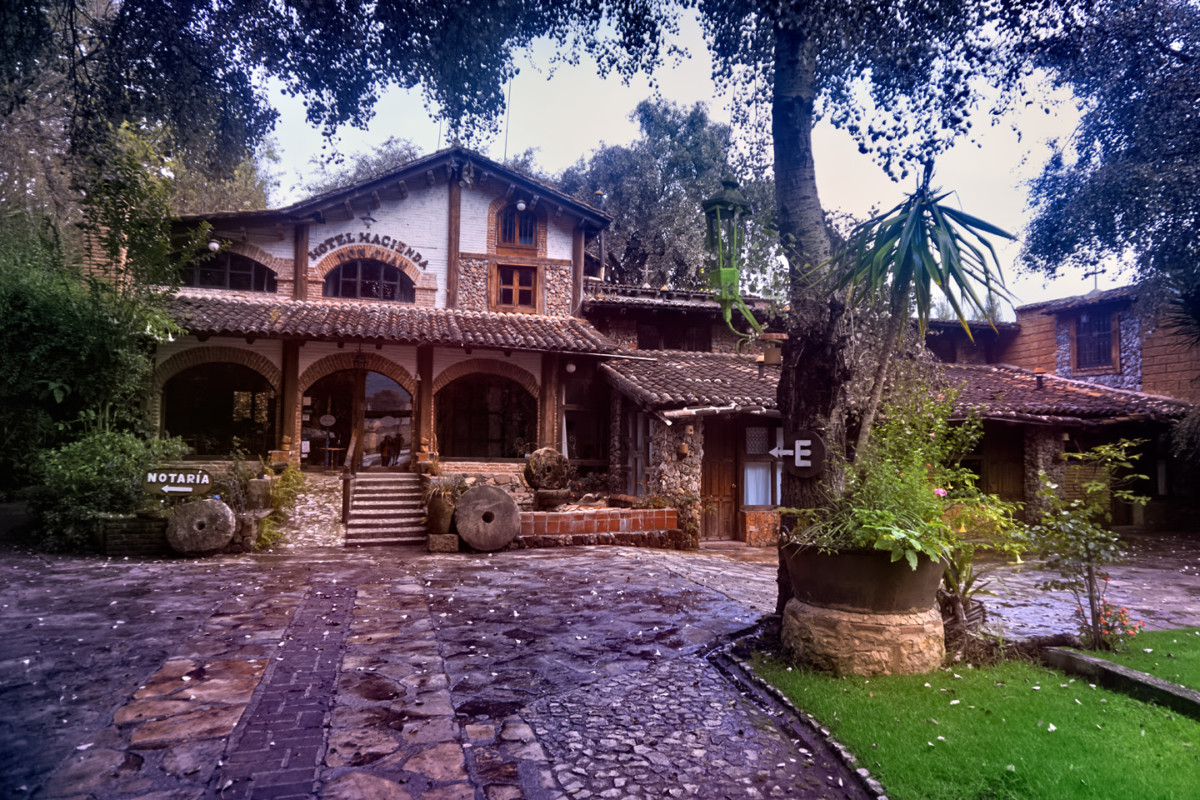
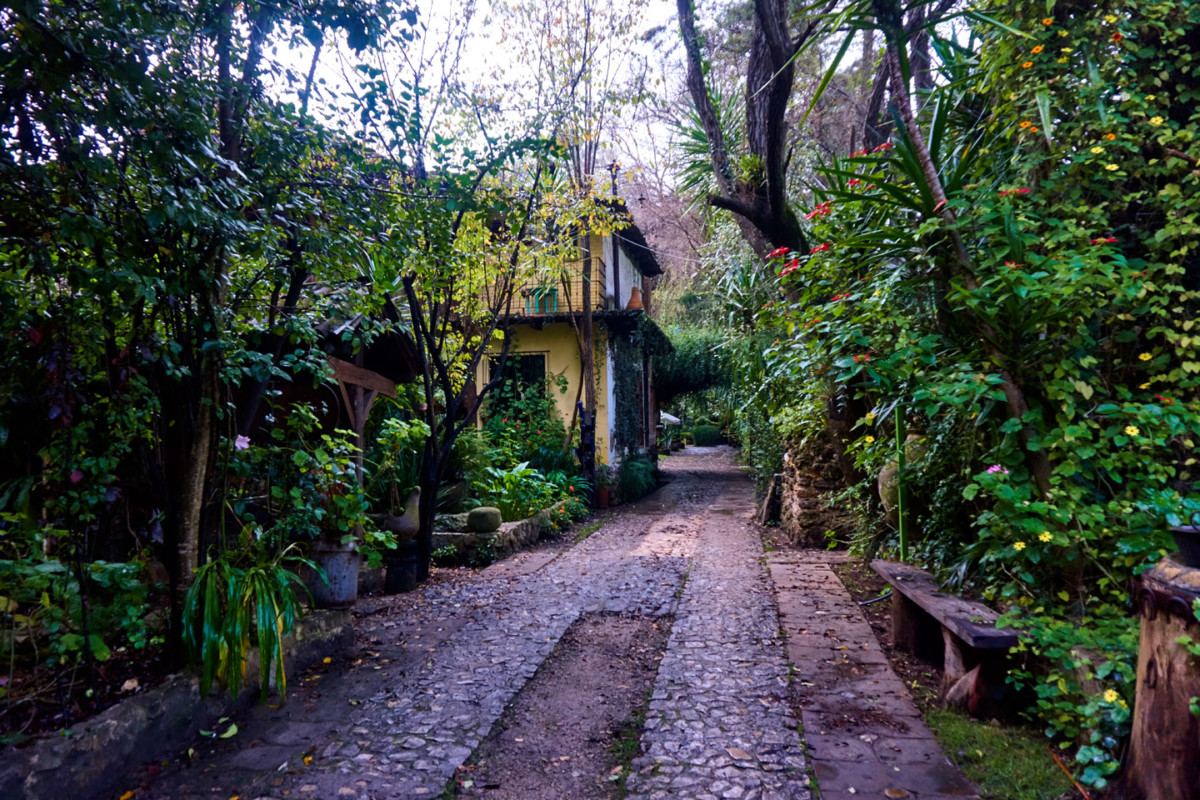
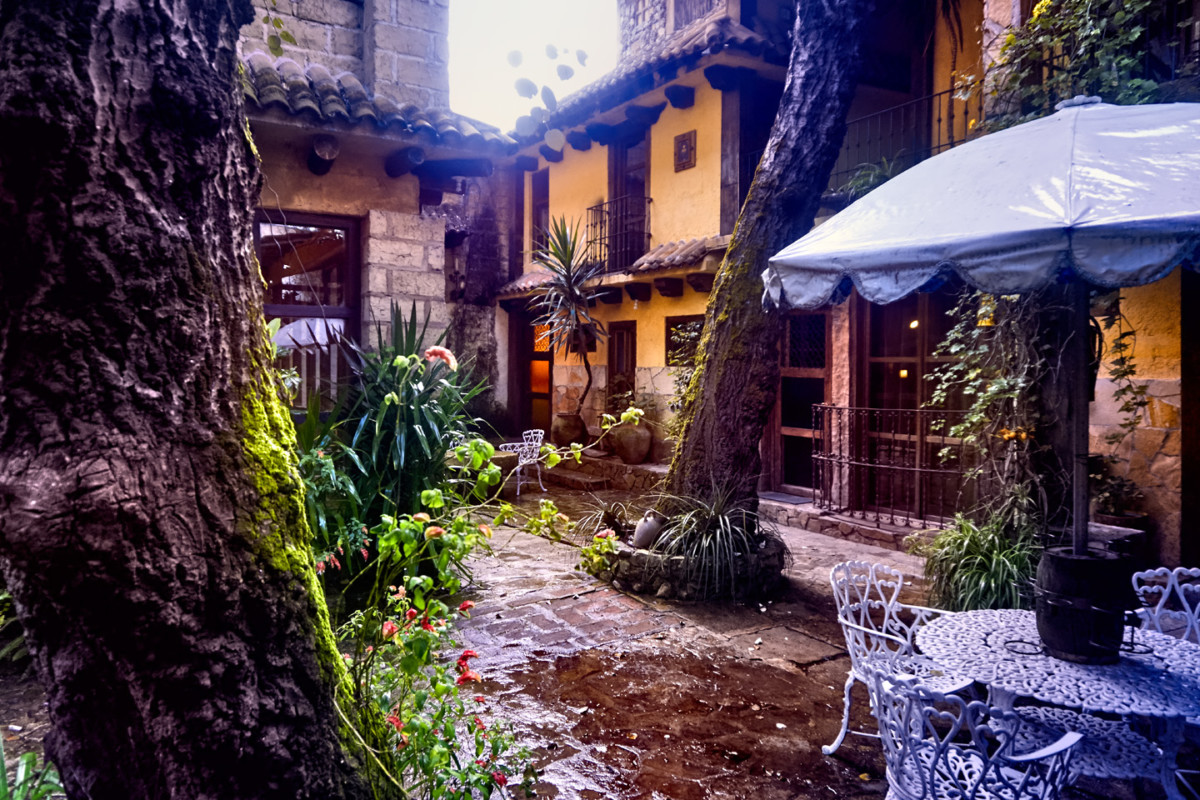
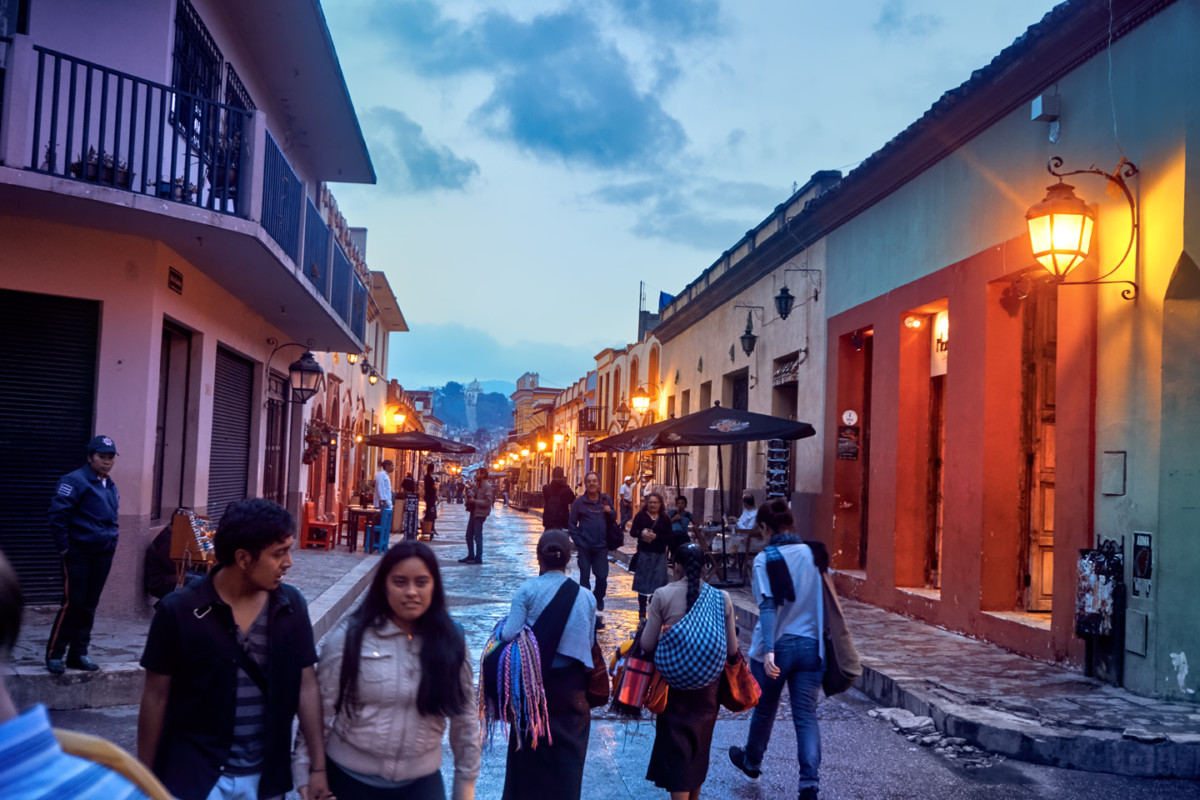
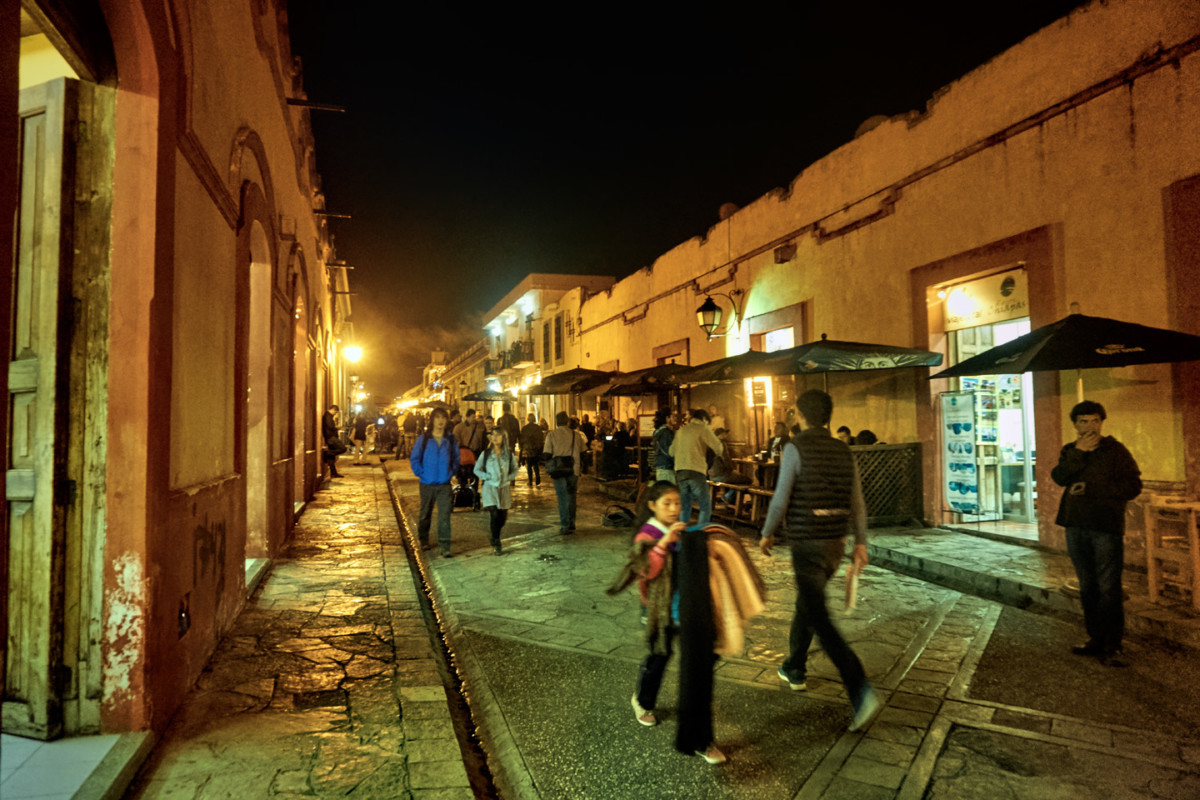
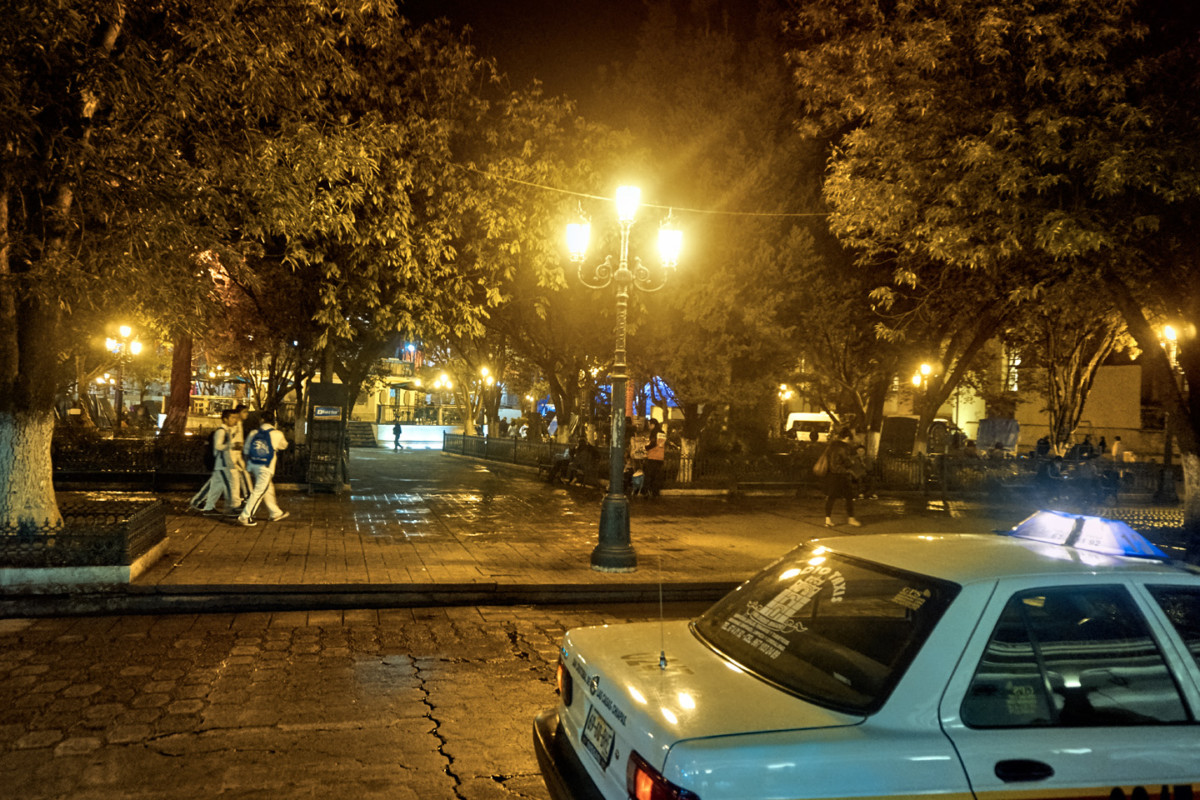
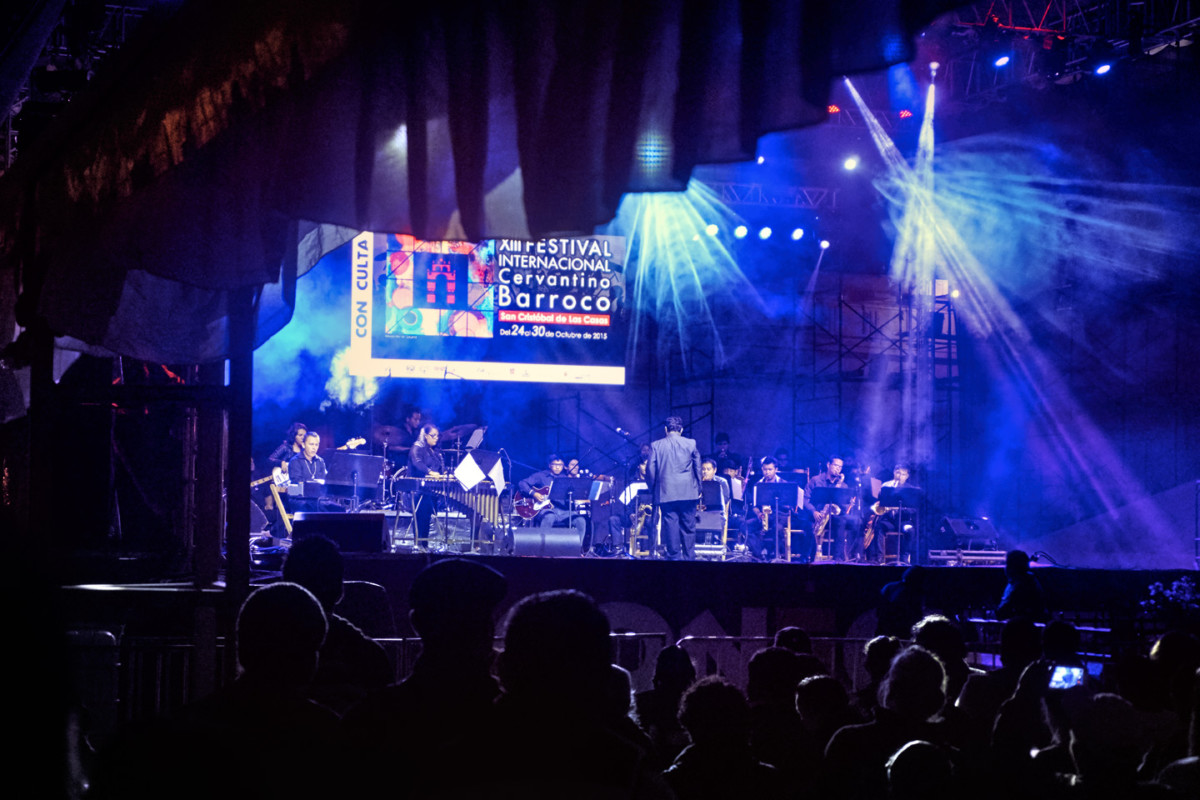
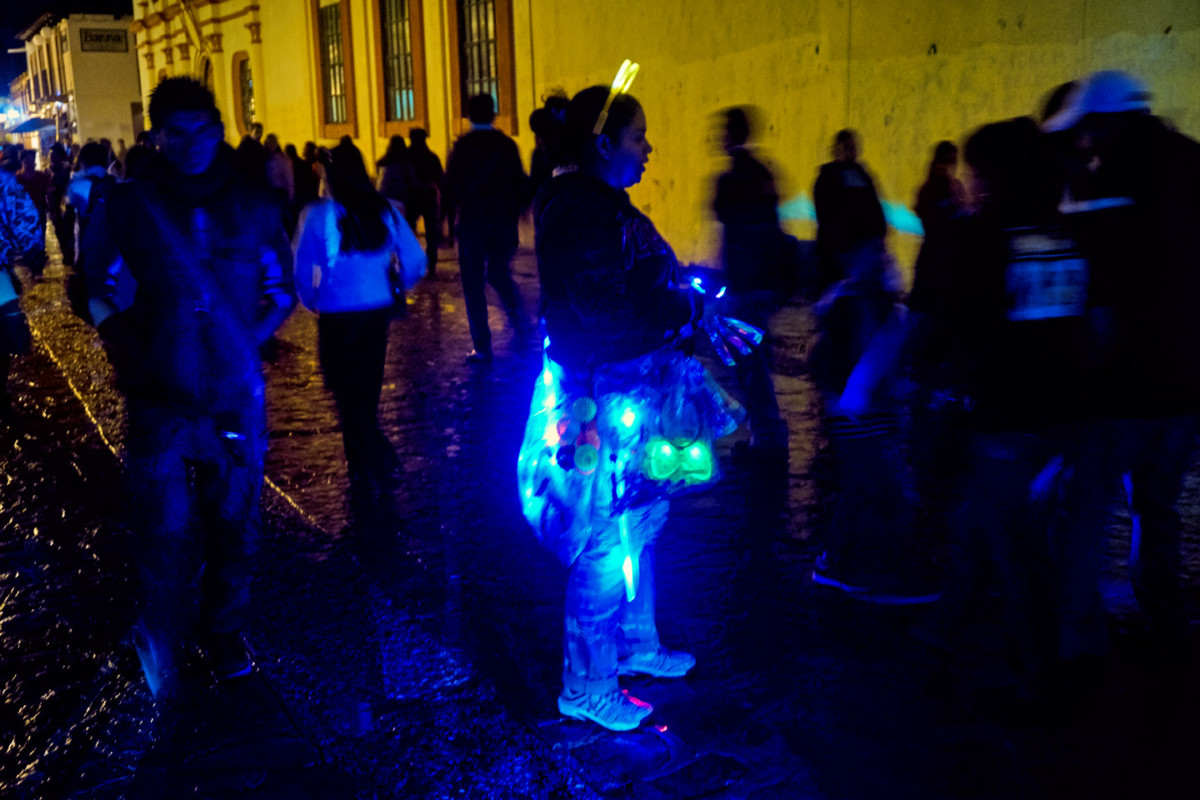
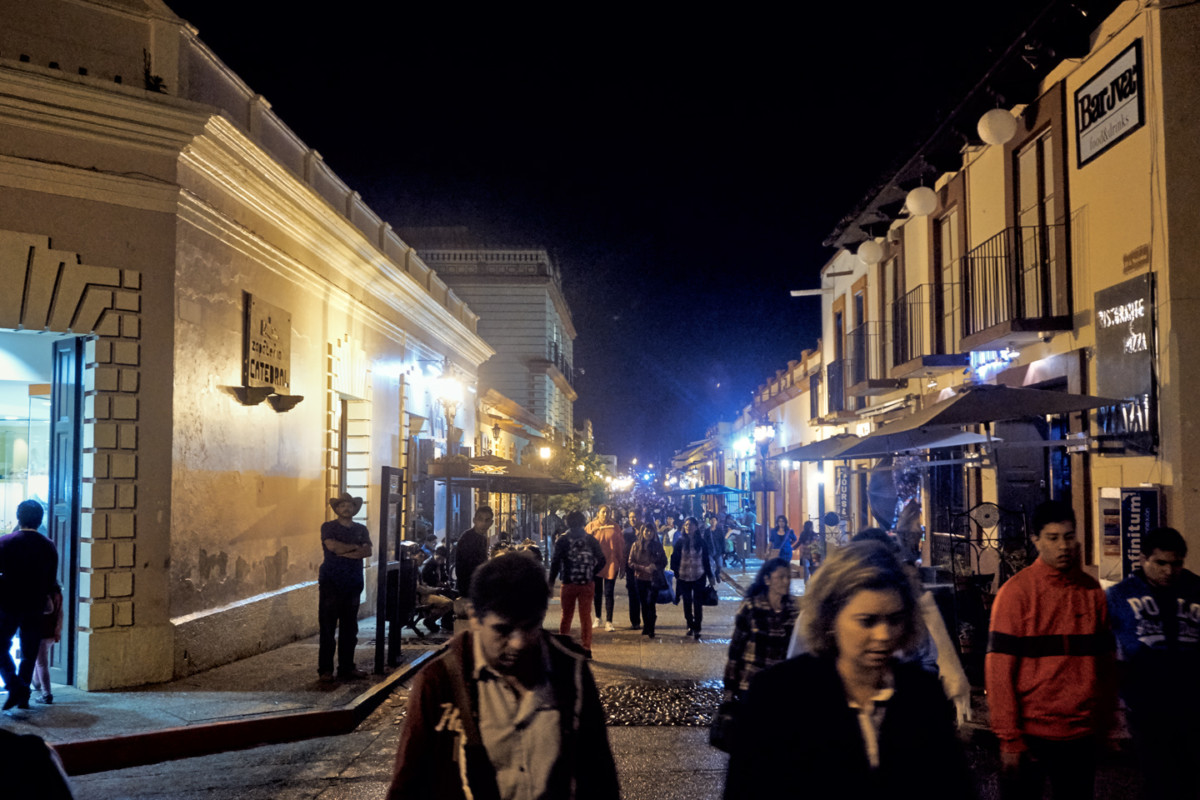
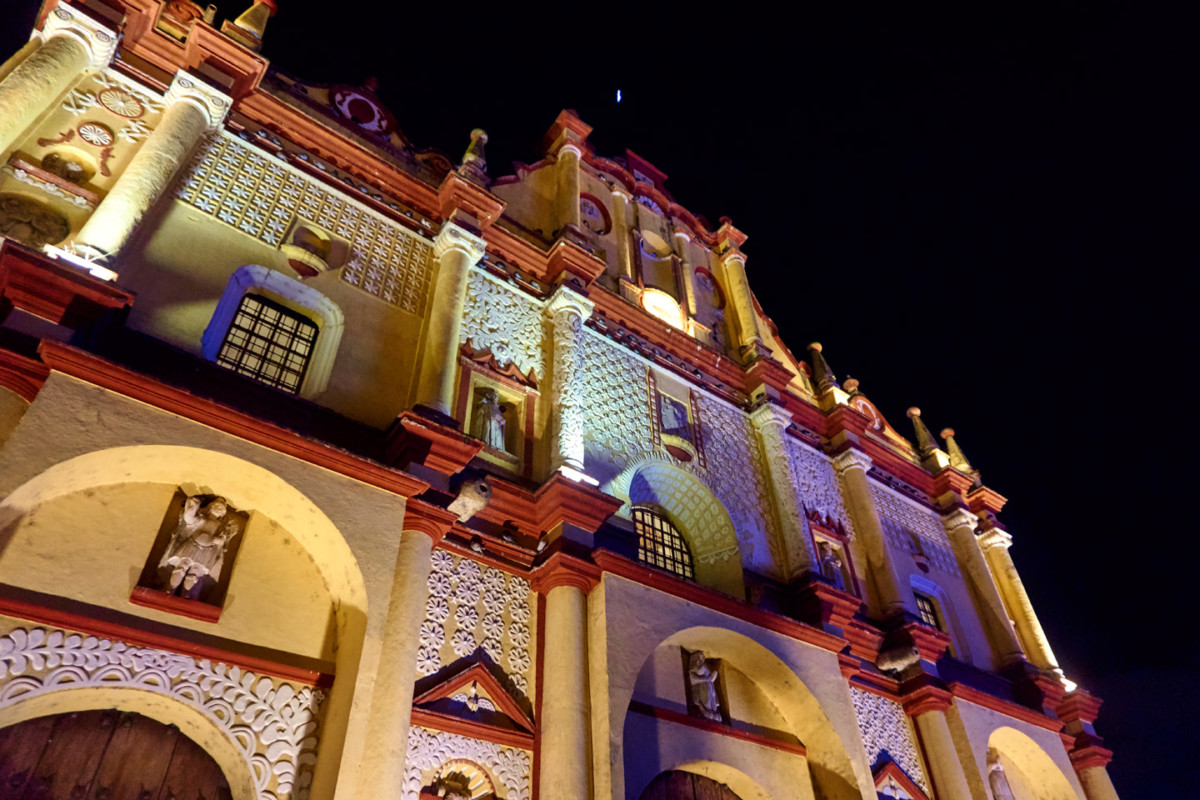
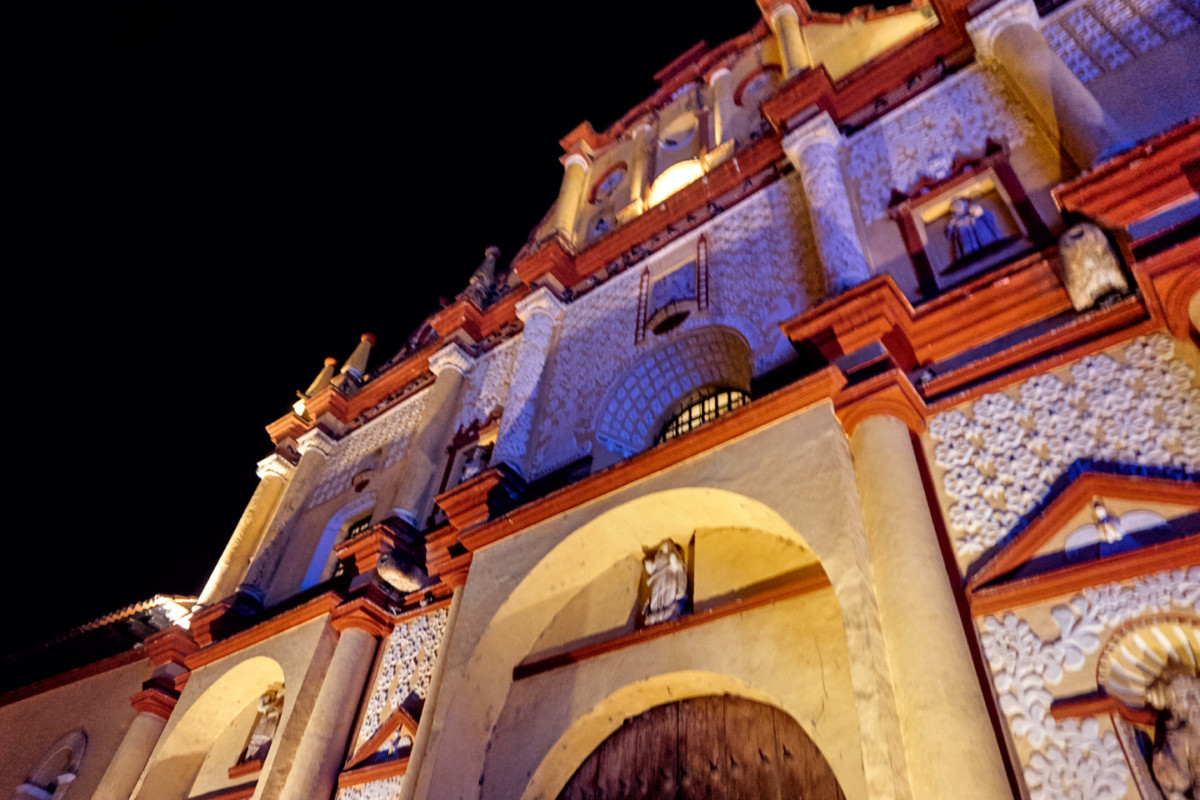
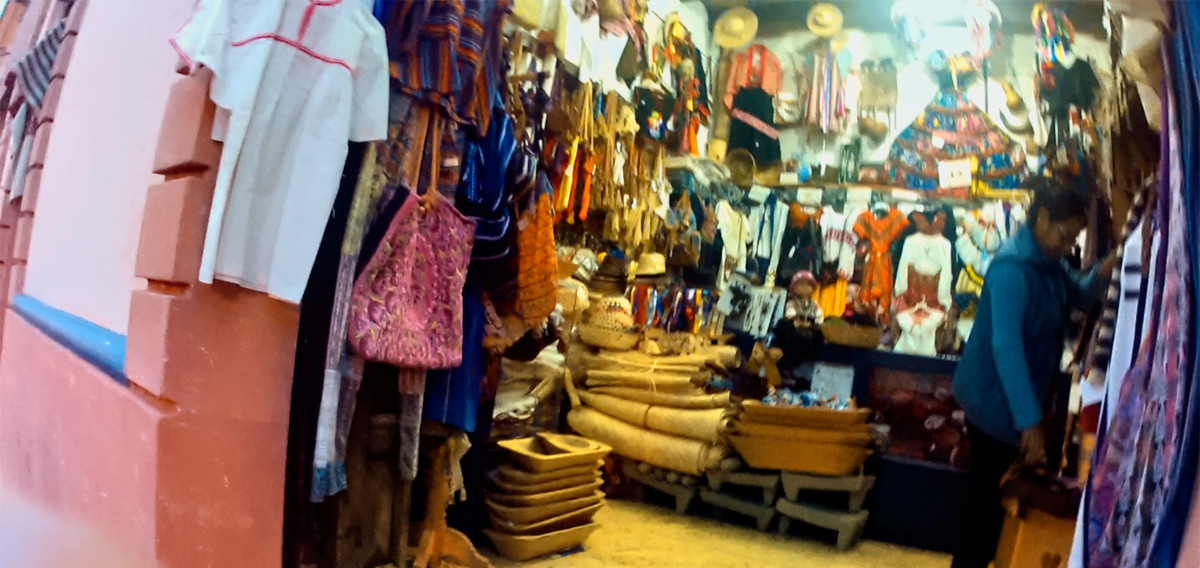
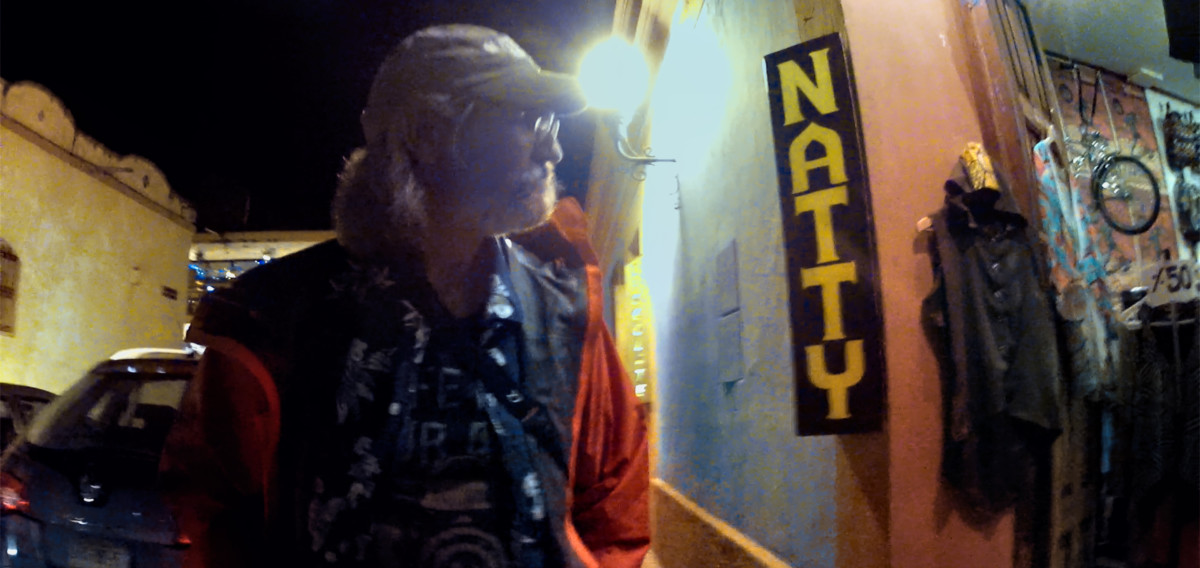
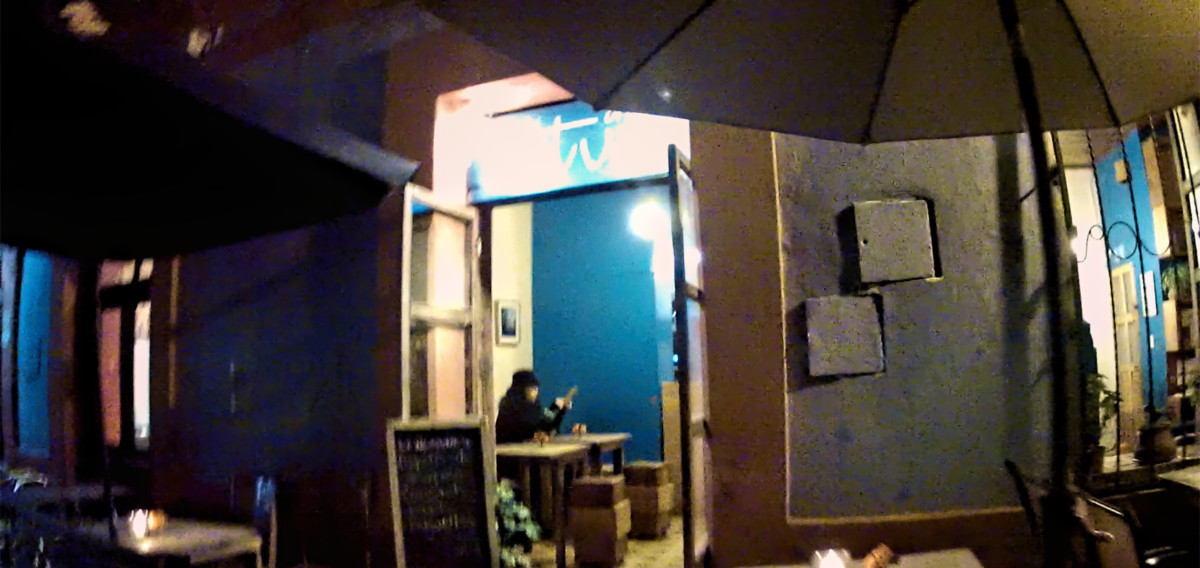
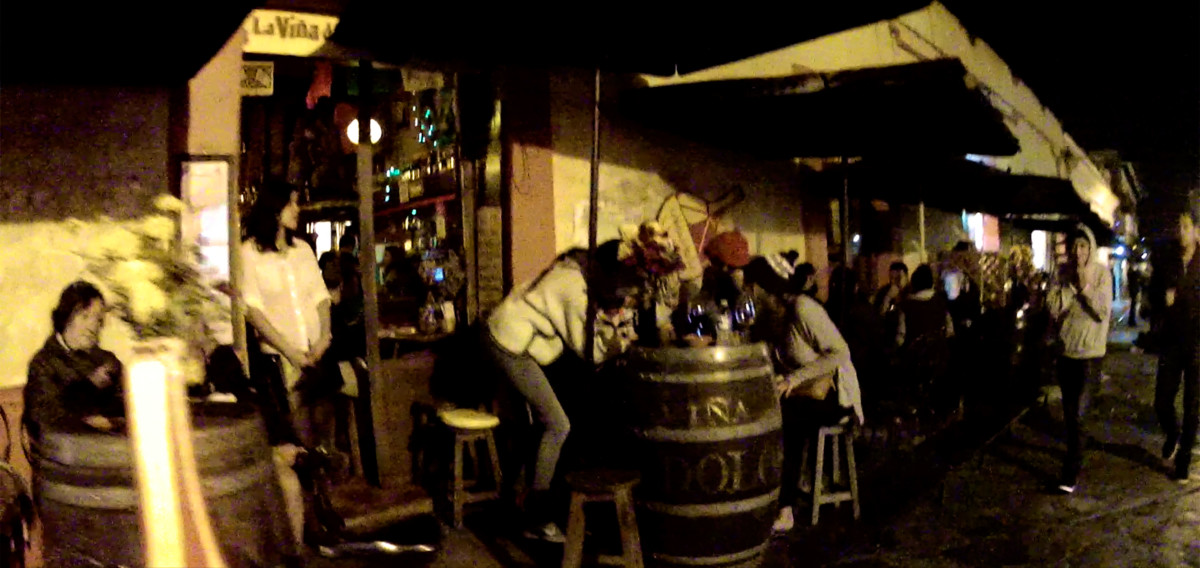
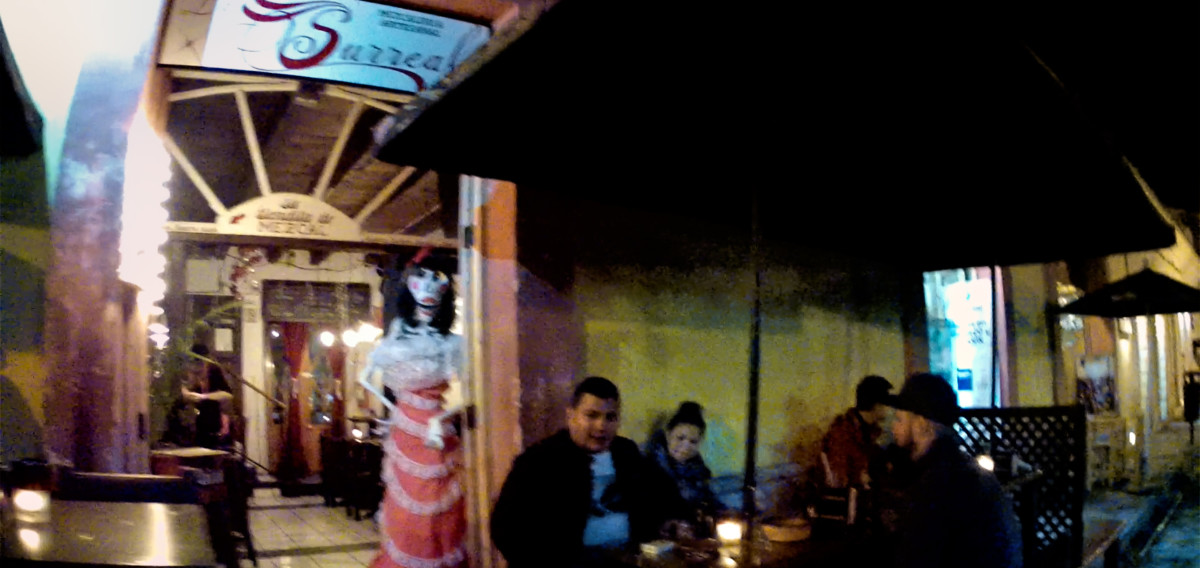
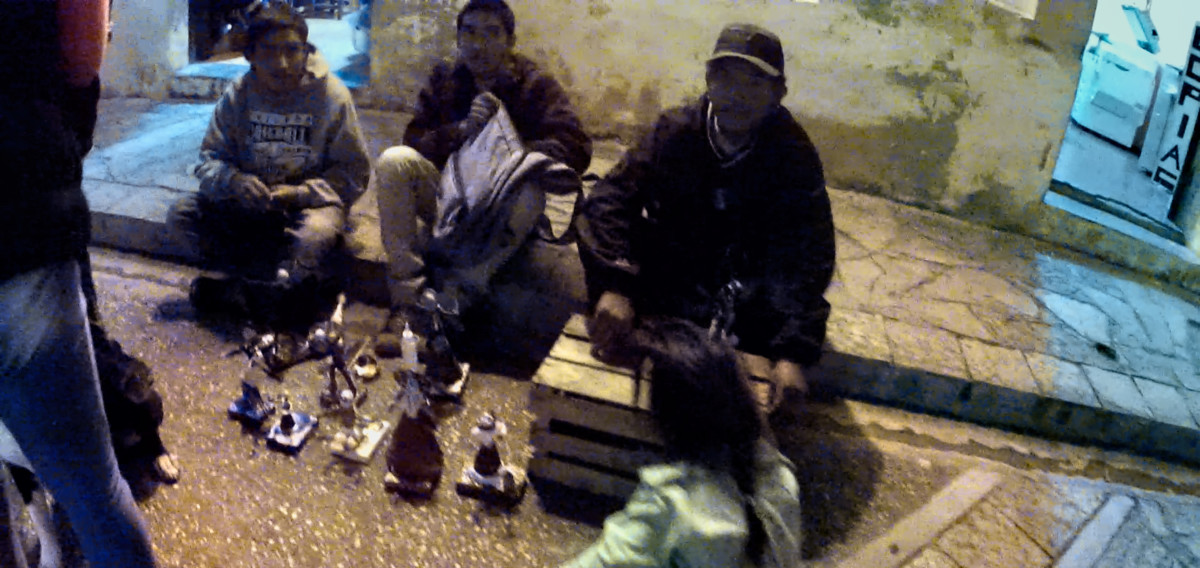
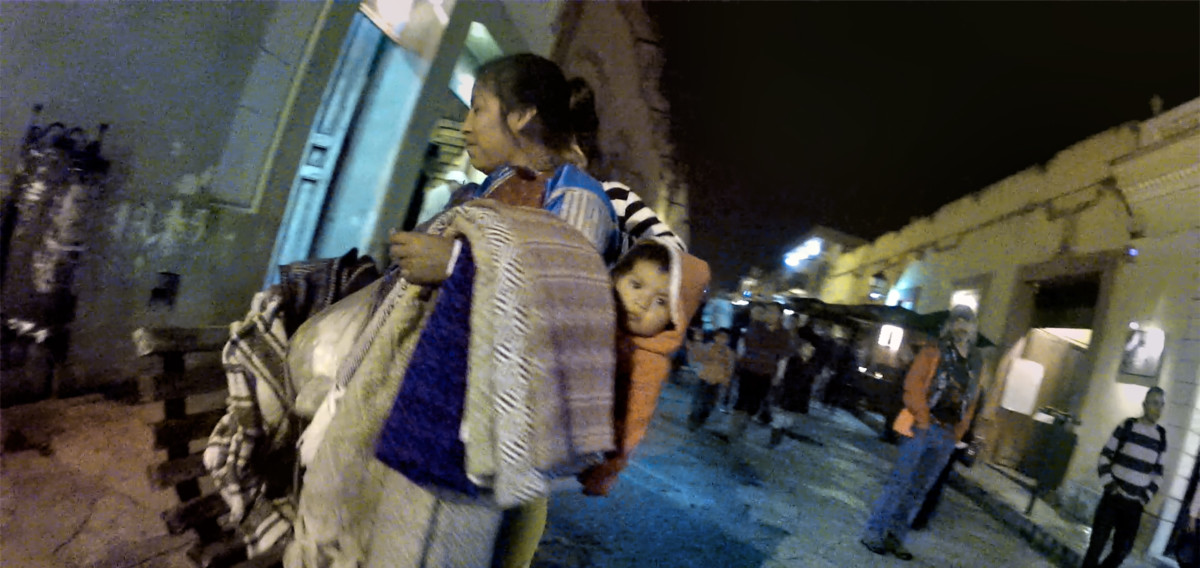
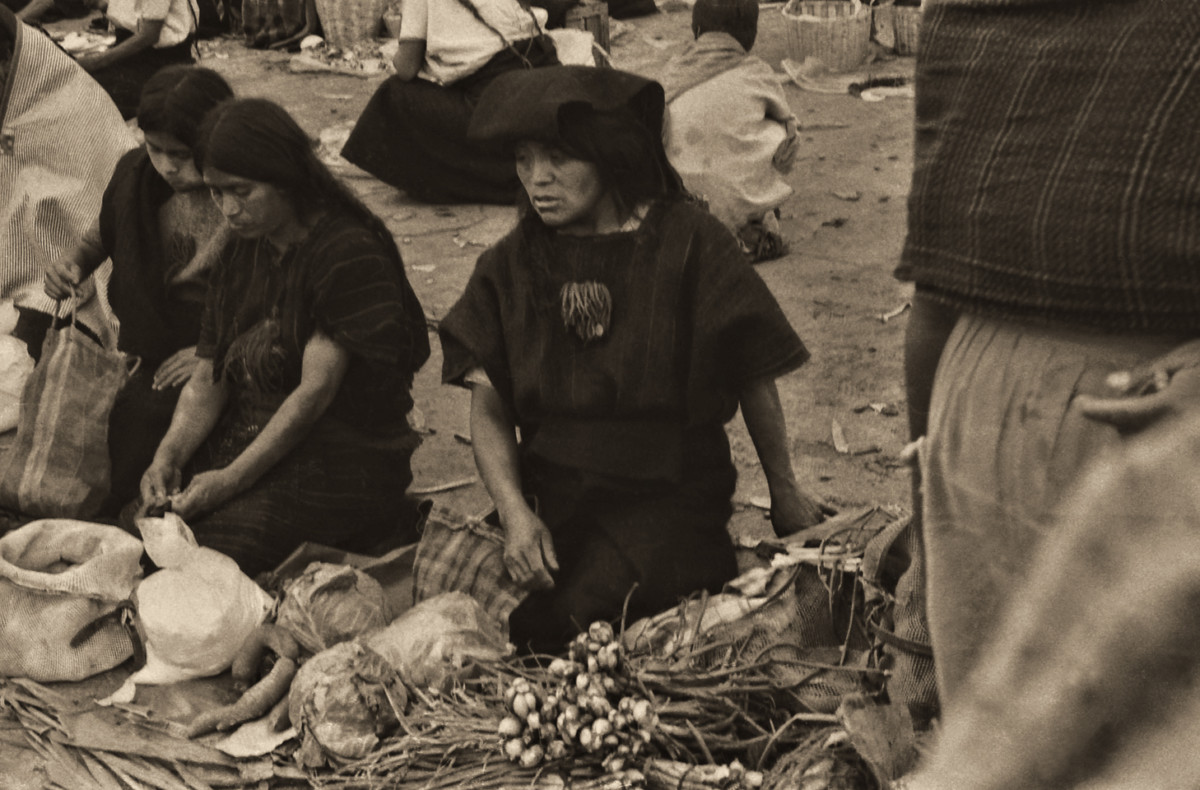
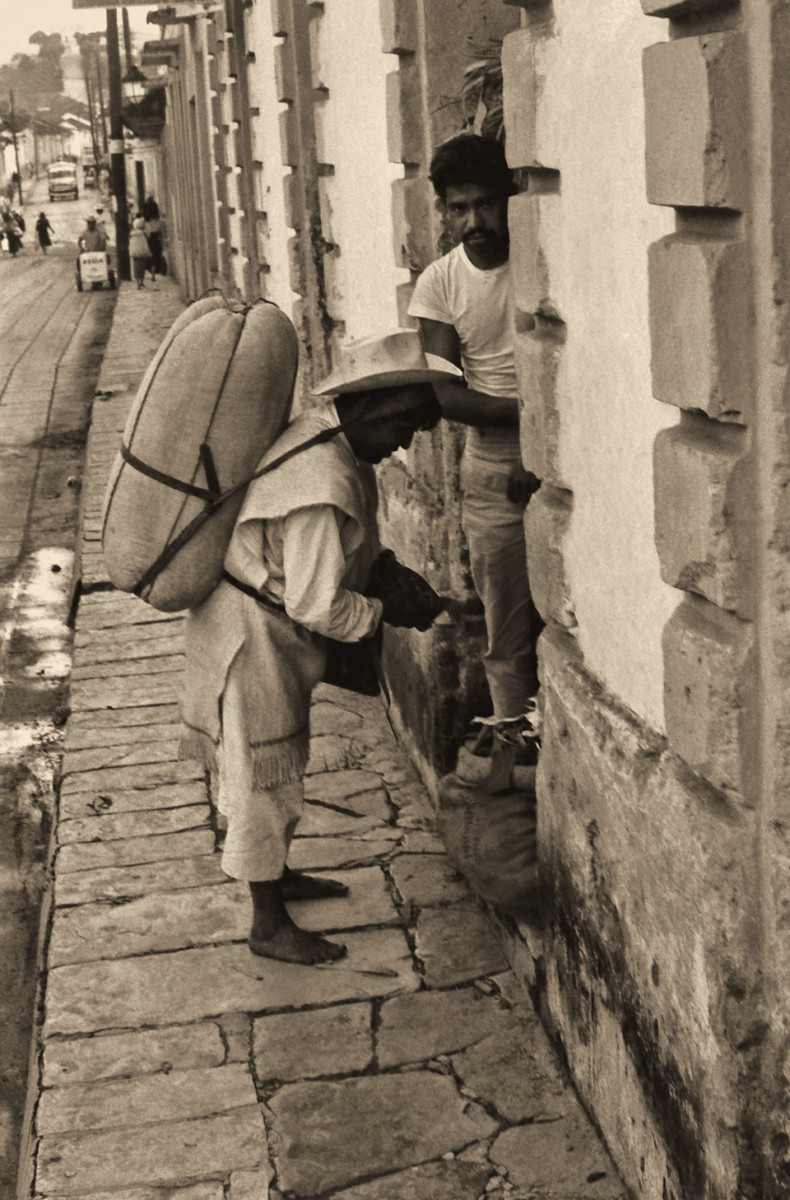
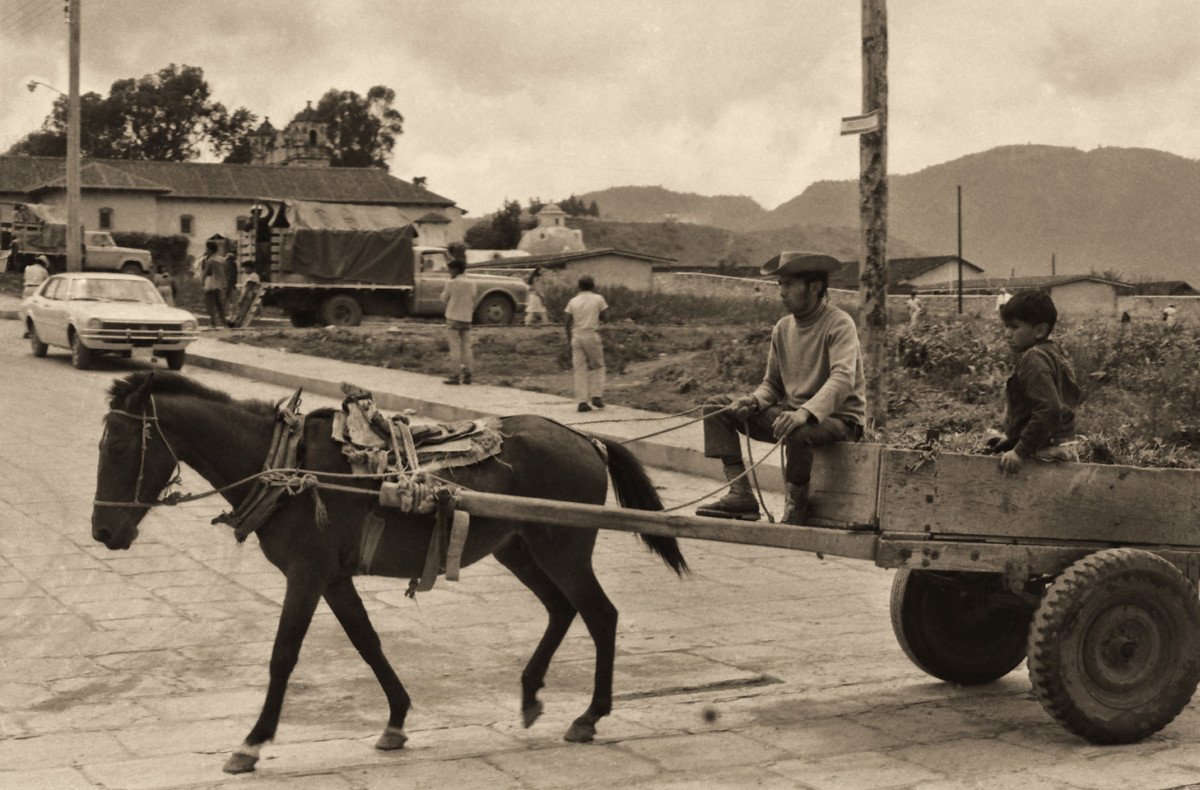

 Reply With Quote
Reply With Quote




















